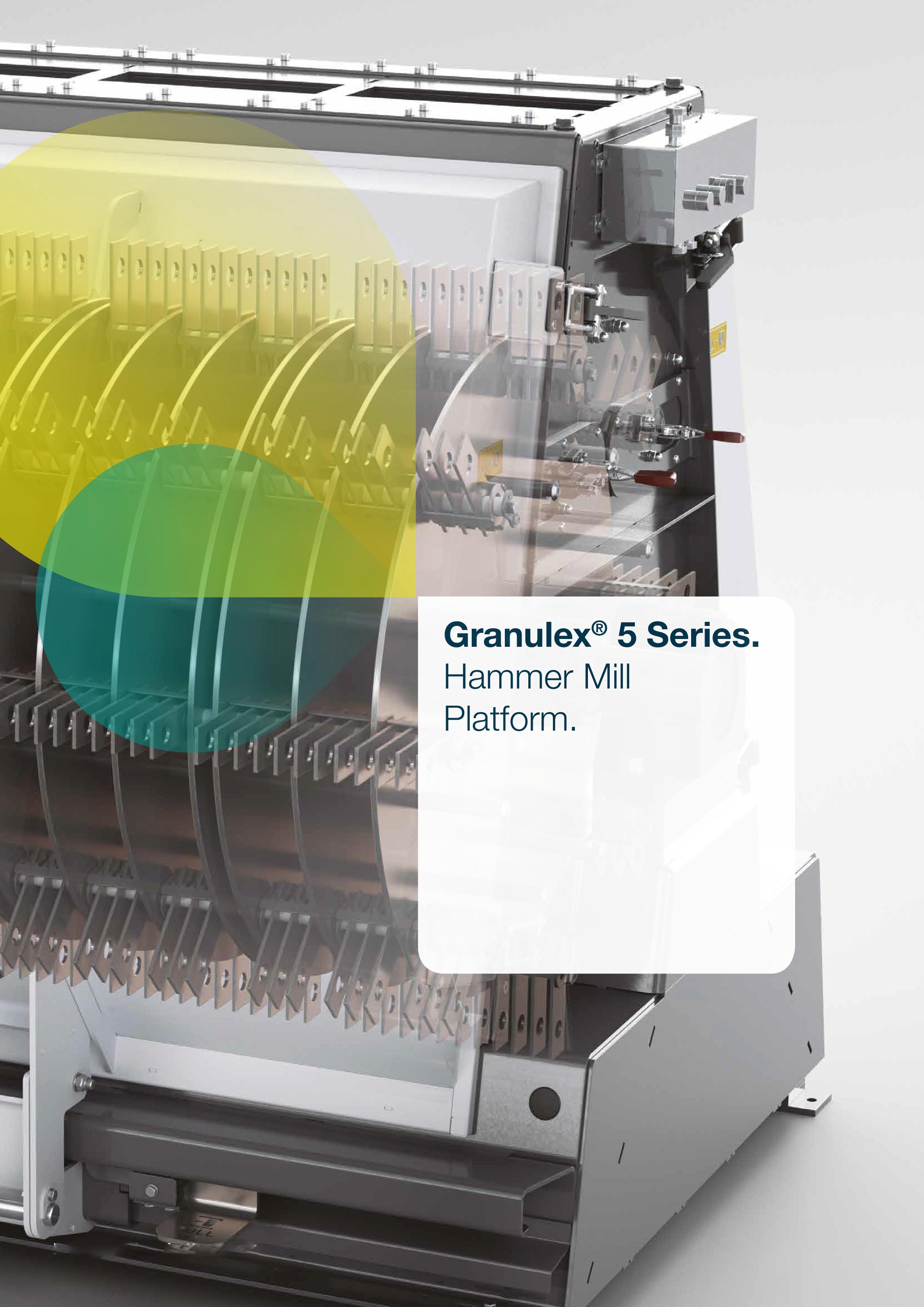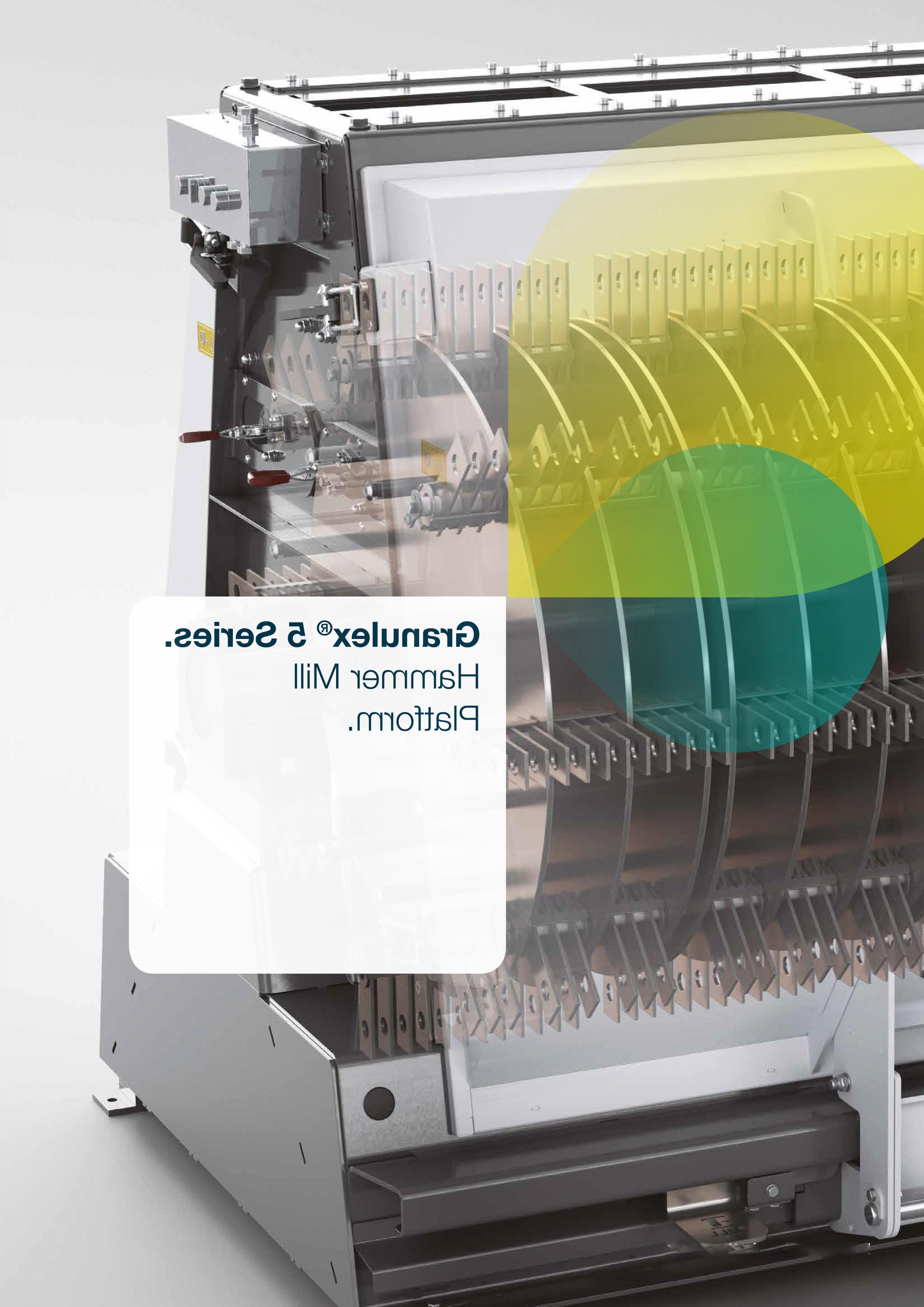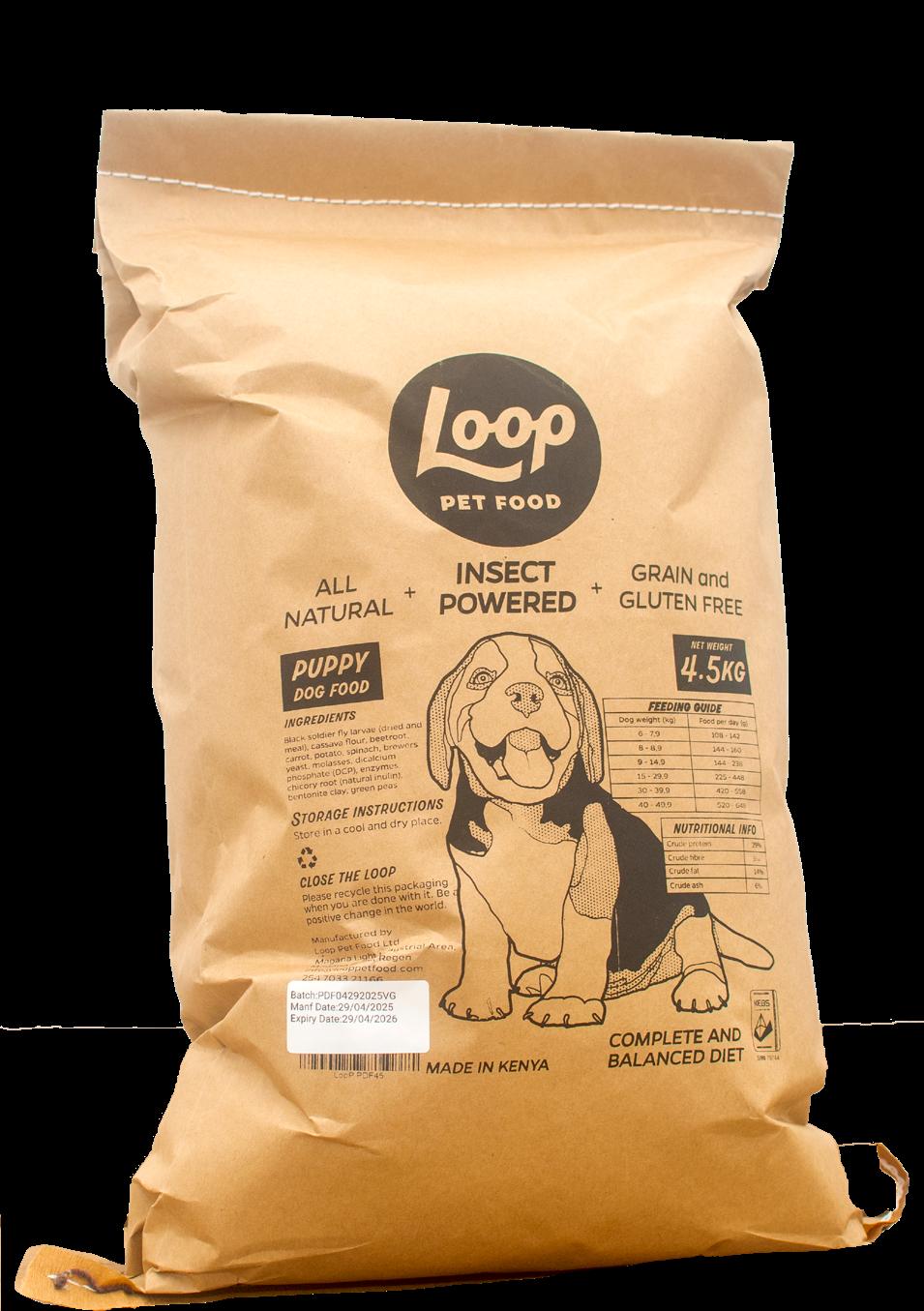

LOOP PET FOOD
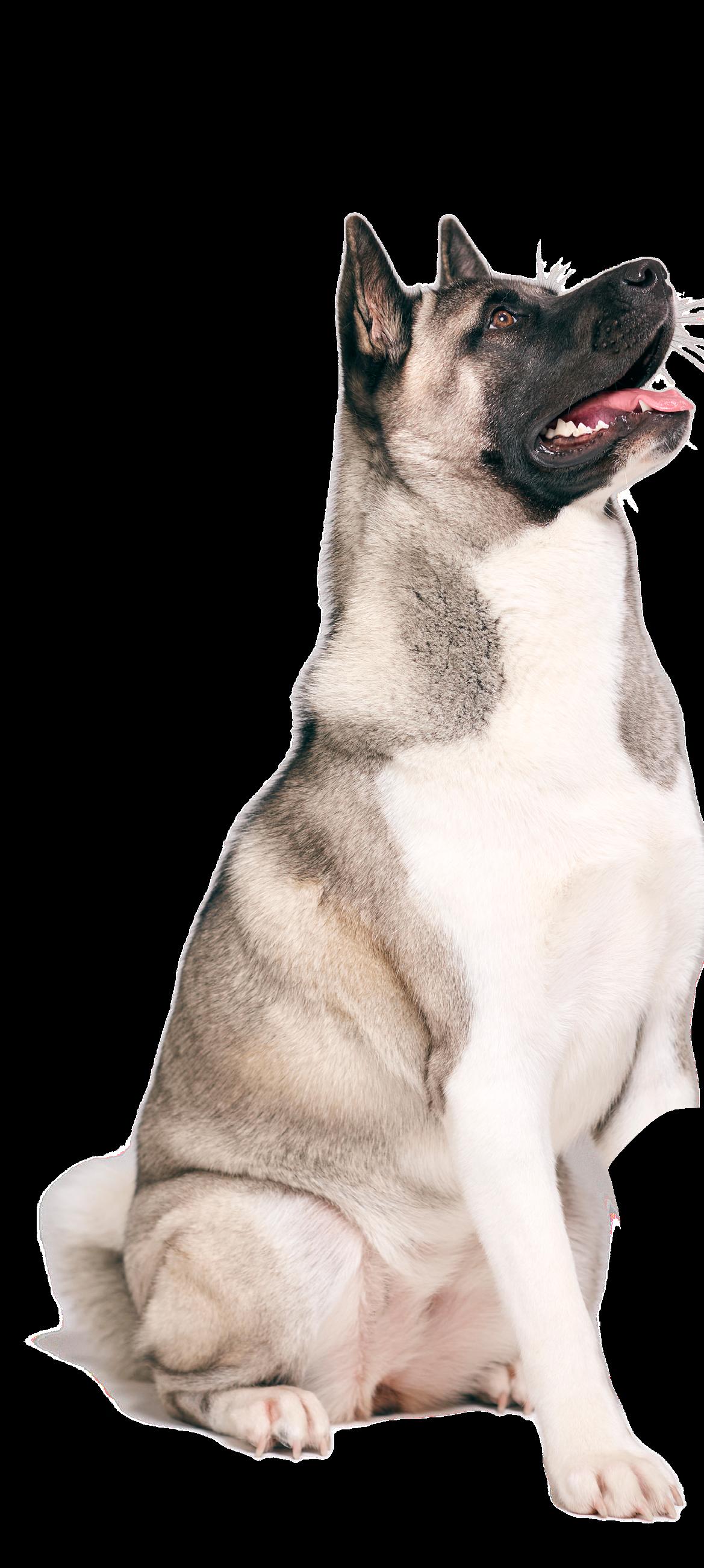

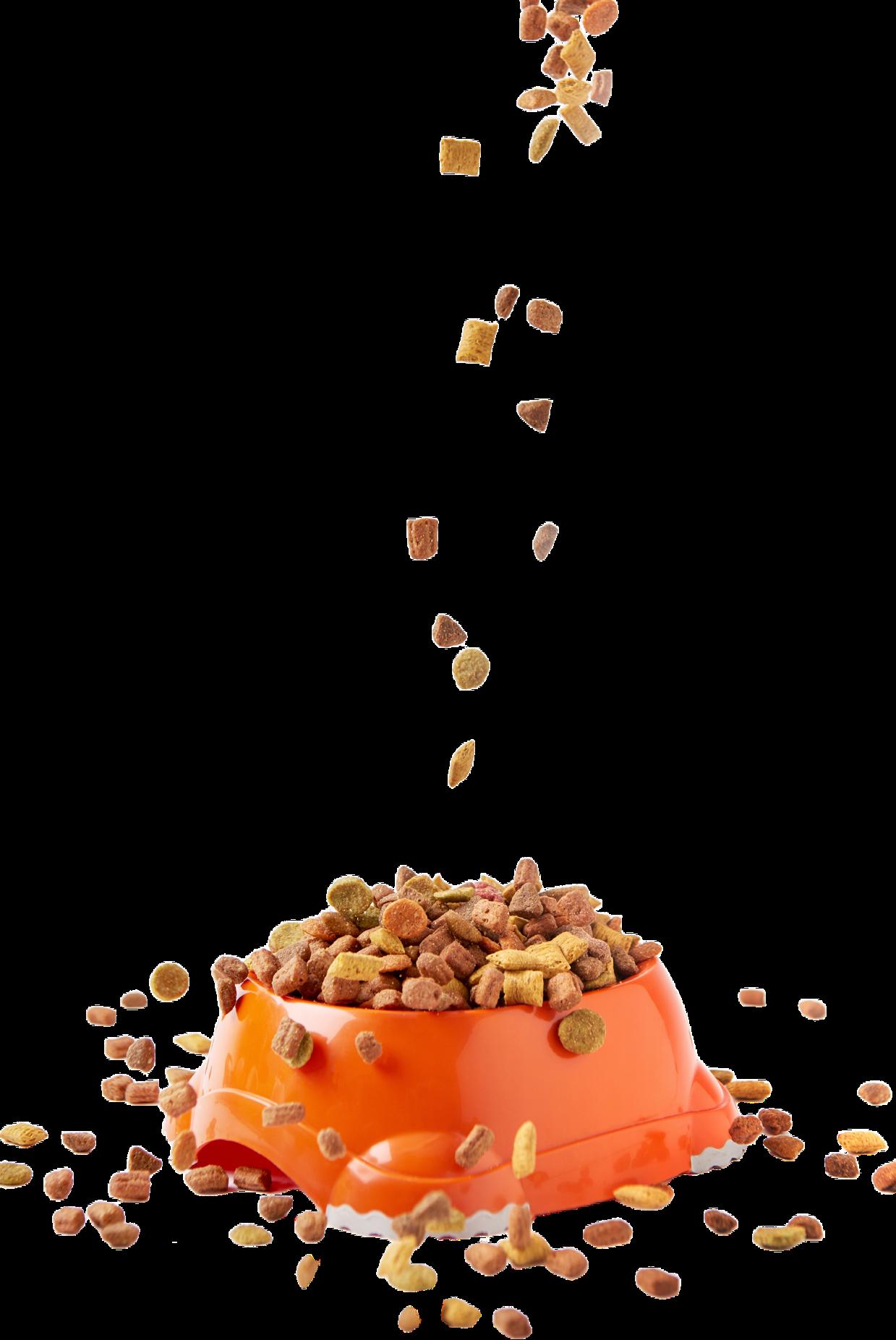
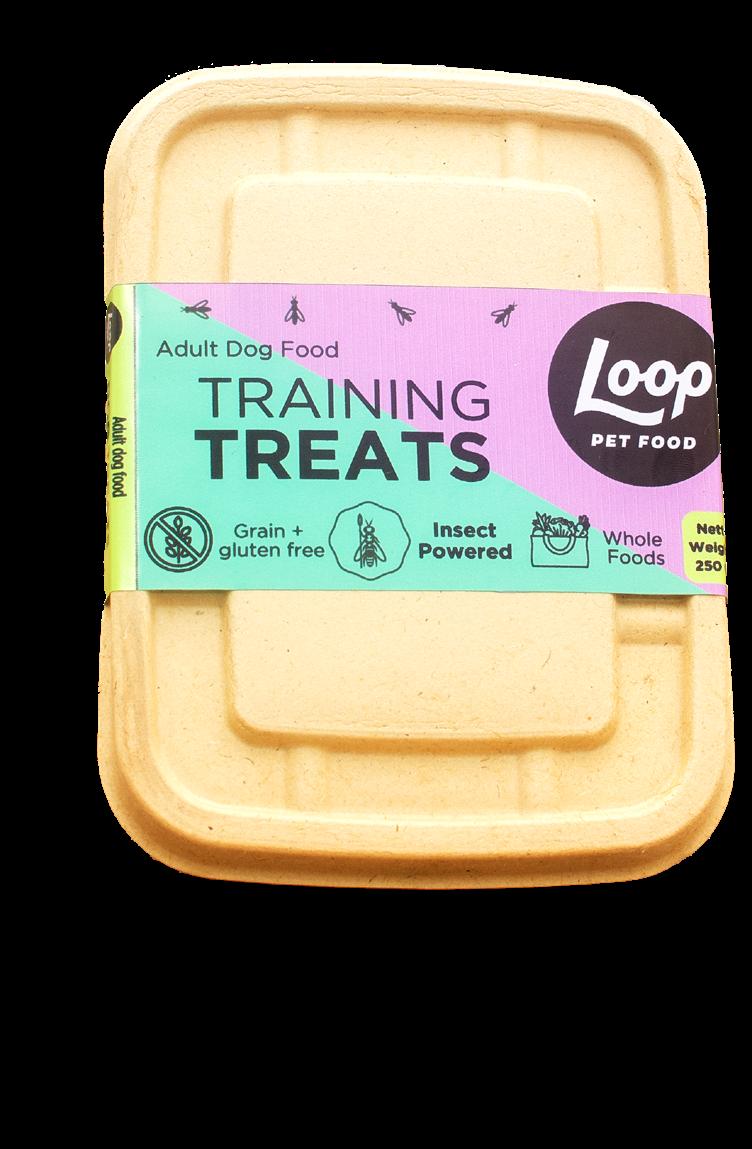
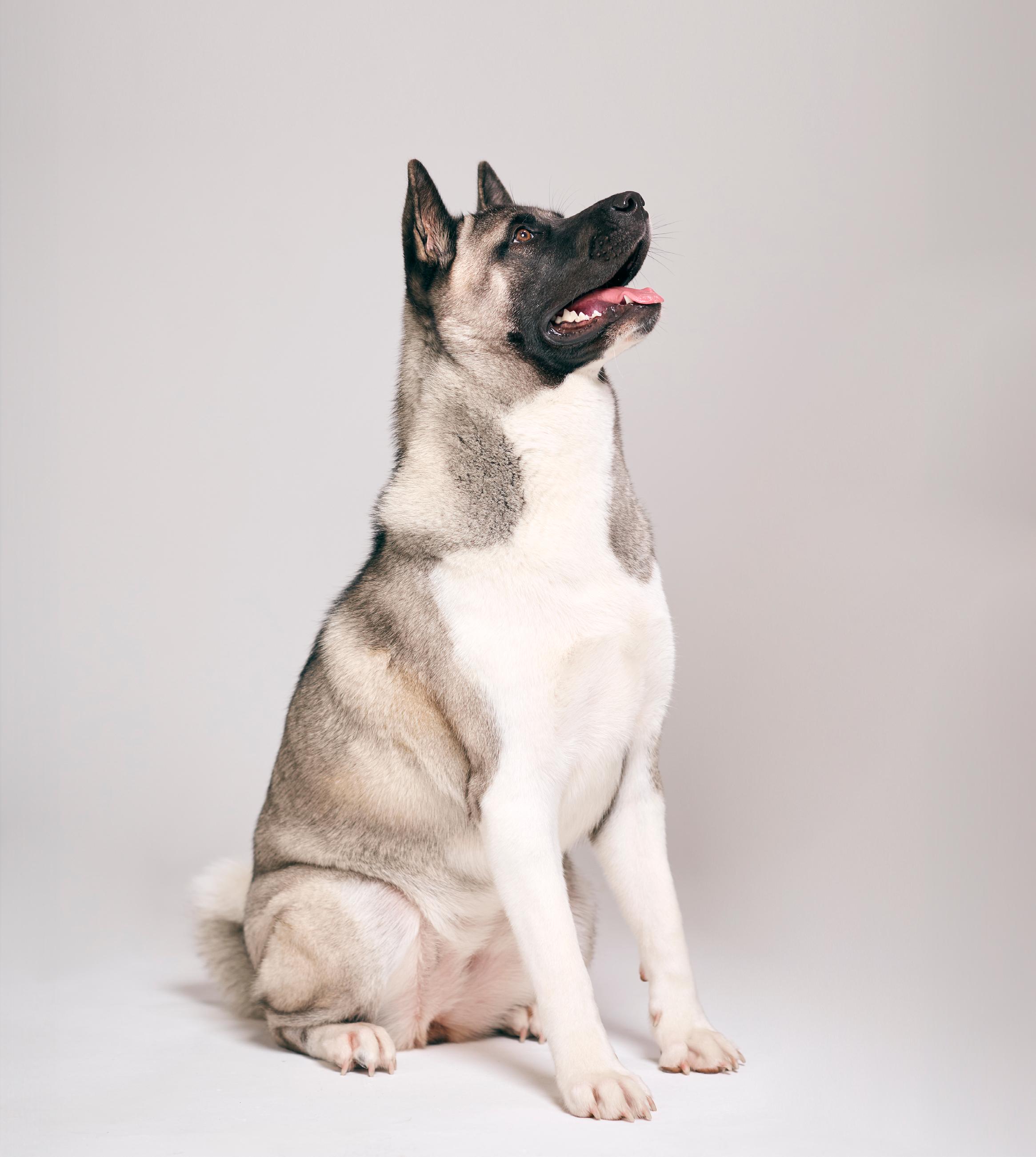




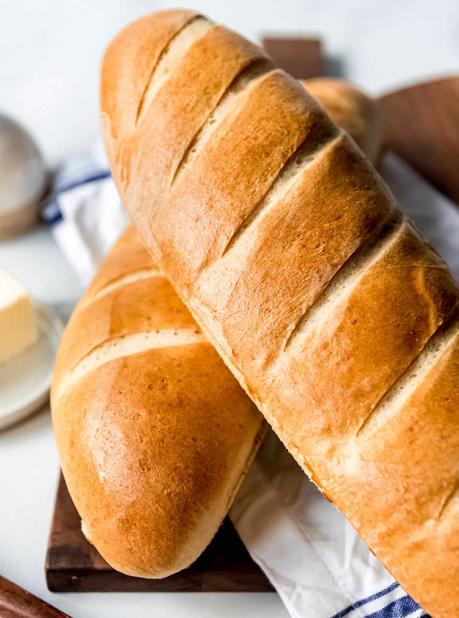




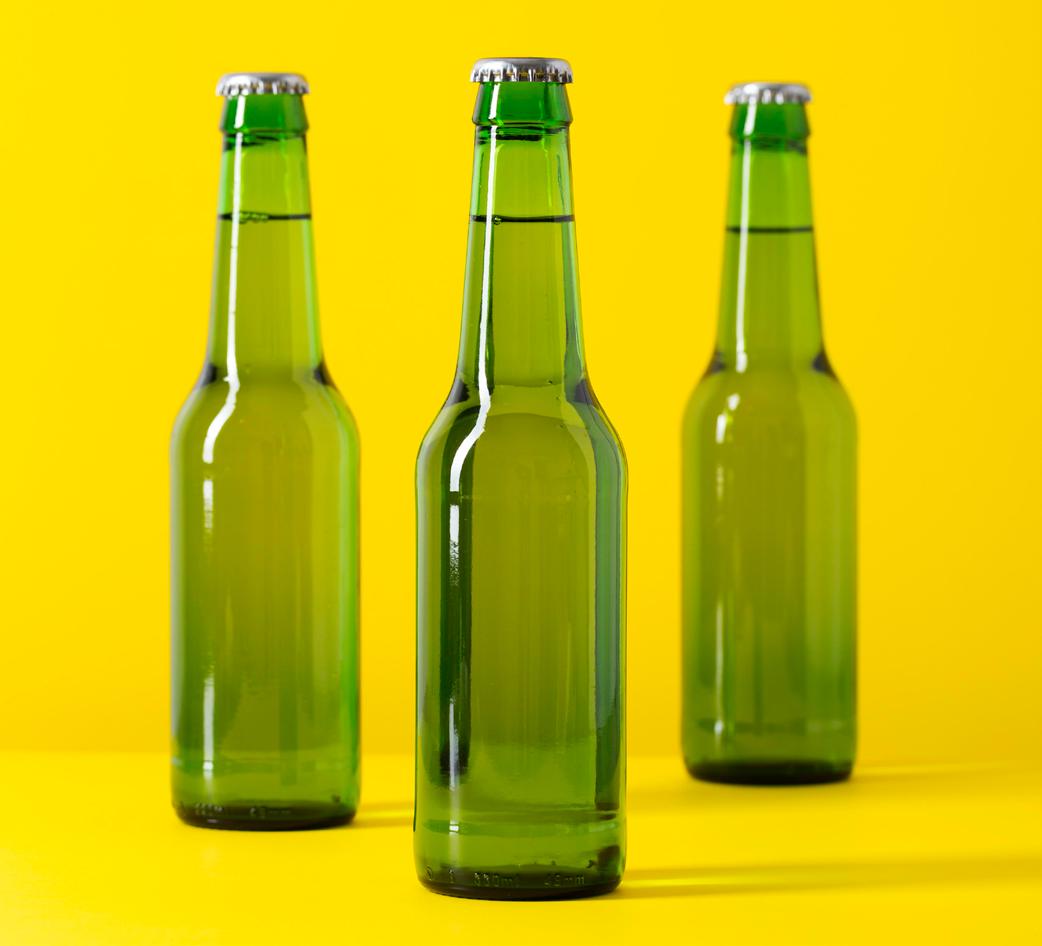
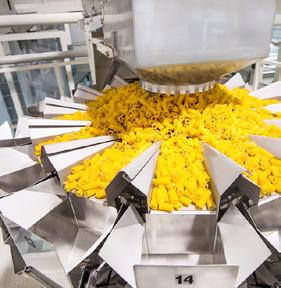










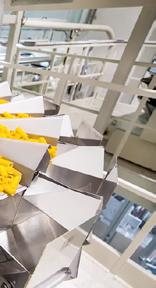
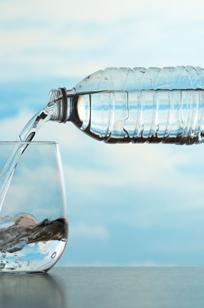


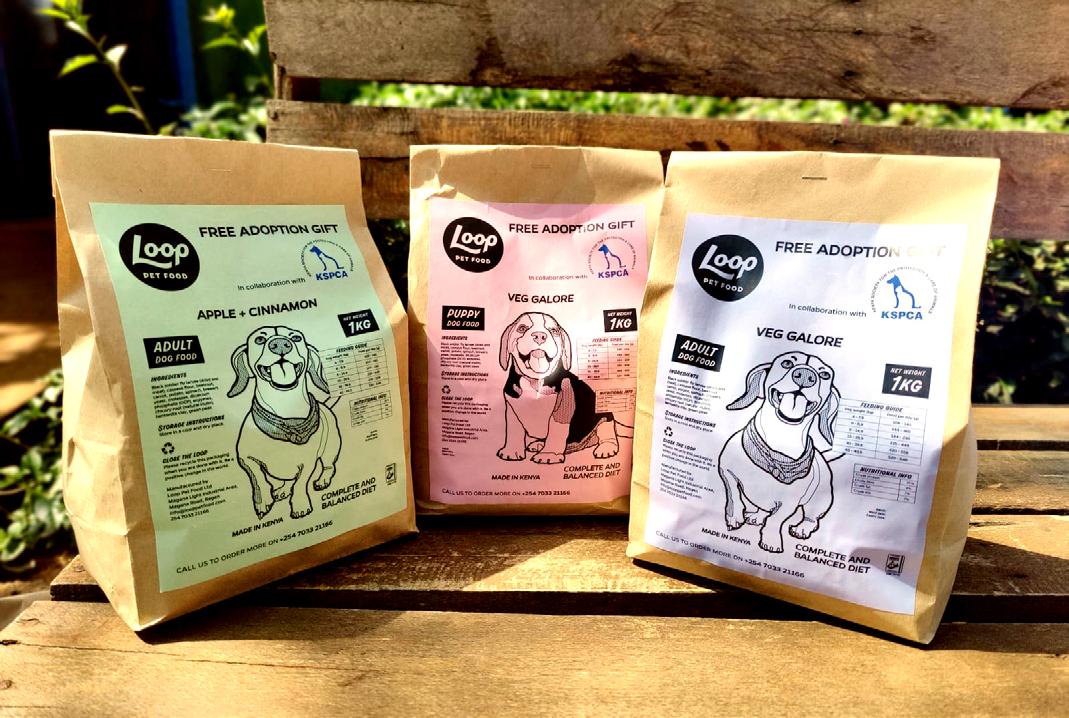

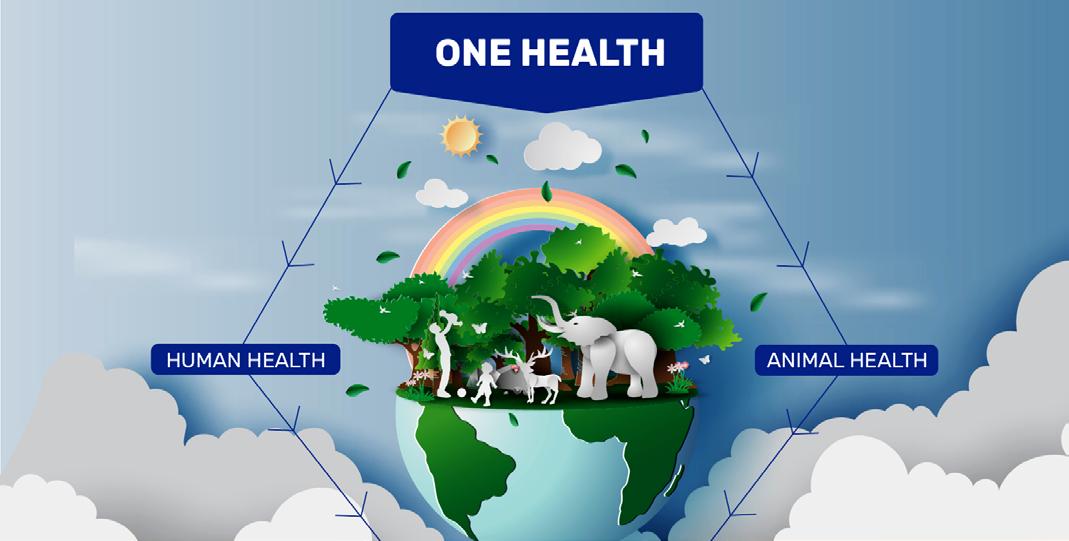
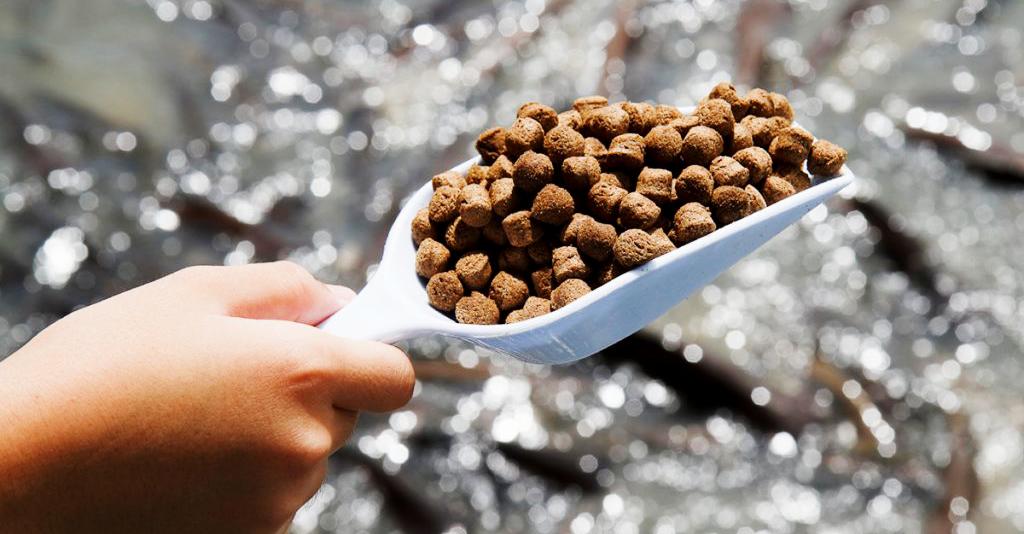
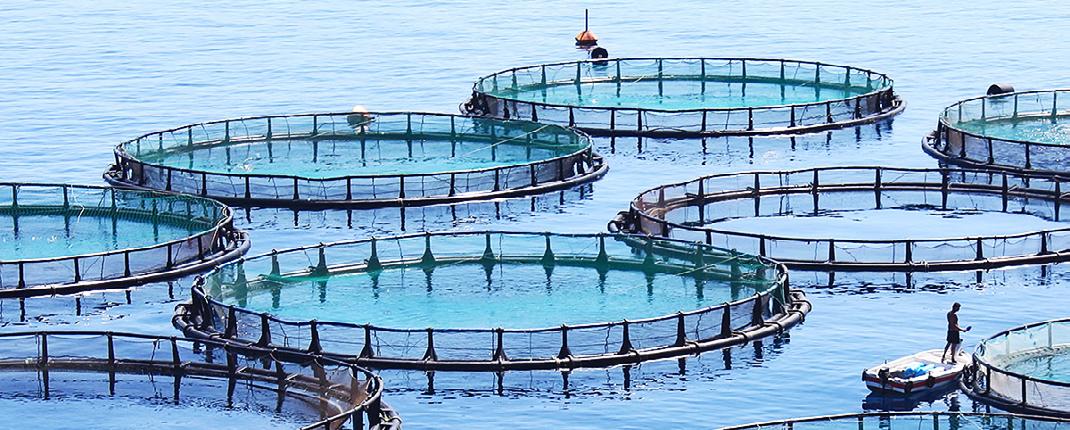

When the Story Writes Itself…
One of the quiet joys of working in publishing is the way a magazine issue evolves; slowly, unpredictably, and always slightly differently than you imagined. When we wrapped up our last issue, we already had a rough idea of what the next one might look like: a feature or two, some industry updates, maybe a policy deep dive or a country focus. But two to three months is a long time in this industry. Between one issue and the next, reports are released, policies shift, events are held, and entirely new conversations begin to shape the narrative.
And that, I’ve come to realise, is one of the most fulfilling parts of the process: the not knowing. The openness to being surprised by what matters most now, not just what seemed urgent a few weeks ago. This issue is a perfect reflection of that journey.
For instance, it features insights from the recently released 2025 Alltech Agri-Food Outlook, an article inspired by the CGIAR Science Week that Martha Kuria and I attended, a recent EFSA update that Ms. Khasoa flagged, and even a report I first heard about through a reflection by a LinkedIn connection.
It also includes a guest technical article on achieving uniformity in extruded fish feed, contributed by Jan Jonkers, an expert I had the pleasure of meeting during an aquaculture roundtable hosted by Bühler Group. That event brought together aquaculture experts from around the world, serving as a reminder of just how collaborative and knowledge-rich this industry is.
Speaking of collaboration, this issue wouldn’t exist without it. It has benefited from the voices and ideas of multiple writers and partners, including an opinion piece by Daouda Ngom, Senegal’s Minister of Environment and Ecological Transition, whose thoughts on Africa's Pastoralism are timely and thought-provoking.
COMING FULL CIRCLE
Our cover story this time brings us back to Loop Pet Food Kenya. After Laura Stanford, the CEO of Loop Pet Food, gave readers expert insights on pet nutrition in our previous issue, her company now takes centre stage in a beautifully written profile by Fridah Chepkoech. It's a delight to trace their growth and innovation in the pet food space.
At its core, this issue reminds me that the best stories often weren’t part of the original plan. They emerge, surprise us, and make the output stronger, deeper, and more relevant than we hoped. And when we listen, when we let the evolving conversation lead the way, something powerful happens.
Thank you, as always, for turning these pages with us. We hope you find this issue as insightful and engaging to read as it was to create.
Warmly,
Wangari Kamau Editor - Feed Business MEA


Year 2 | Issue No.3 | APR-JUN 2025
FOUNDER & PUBLISHER
Francis Juma
SENIOR EDITOR
Martha Kuria
EDITOR
Wangari Kamau
Fridah Chepkoech
Lydia Khasoa
CONTRIBUTOR
Jan Jonkers
BUSINESS DEVELOPMENT DIRECTOR
Virginia Nyoro
BUSINESS DEVELOPMENT ASSOCIATE
Vivian Kebabe
HEAD OF DESIGN
Clare Ngode
DESIGN
Monica Wachio
ACCOUNTS
Jonah Sambai
PUBLISHED BY: FW Africa
P.O. Box 1874-00621, Nairobi Kenya
Tel: +254 725 34 39 32
Email: info@fwafrica.net
Company Website: www.fwafrica.net


We publish some of the most influential magazines and websites in Africa & the Middle East regions. Please visit the websites below for more information about our publications

Feed Business Middle East & Africa (ISSN 2307-3535) is published 4 times a year by FW Africa. Reproduction of the whole or any part of the contents without written permission from the editor is prohibited. All information is published in good faith. While care is taken to prevent inaccuracies, the publishers accept no liability for any errors or omissions or for the consequences of any action taken on the basis of information published.
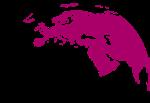
EVENTS CALENDAR

World Aquaculture Safari 2025
June 24 – 27, 2025
Speke Resort, Kampala, Uganda
www.was.org/meeting/code/afraq25
Africa Poultry and Animal Feed Expo 2025 – Kenya and Eastern Africa Edition
July 2 – 4, 2025
Sarit Expo Centre, Nairobi, Kenya www.afmass.com
Livestock Malaysia 2025
August 25 – 29, 2025
Kuala Lumpur Convention Centre, Kuala Lumpur, Malaysia
www.livestockmalaysia.com
Pet Fair Asia 2025
August 20 – 24, 2025
Shanghai New International Expo Centre, Shanghai, China www.en.petfairasia.com
VIV China 2025
September 10 – 12, 2025
Nanjing International Expo Center, Nanjing, China
www.vivchina.nl
Agra Middle East 2025
October 6 – 7, 2025
Dubai World Trade Centre, Dubai, UAE
www.informaconnect.com/agra-middle-east
Vietstock Expo and Forum 2025
October 8 – 10, 2025
Saigon Exhibition and Convention Center, Ho Chi Minh City, Vietnam
www.vietstock.org
VIV MEA 2025
November 25 – 27, 2025
Abu Dhabi National Exhibition Centre (ADNEC), Abu Dhabi, UAE
www.viv.net
35th Annual IAOM MEA Conference & Expo 2025
December 1 – 4, 2025
Jeddah Hilton (Hilton Hall), Jeddah, Saudi Arabia
www.iaom-mea.com/Jeddah-2025
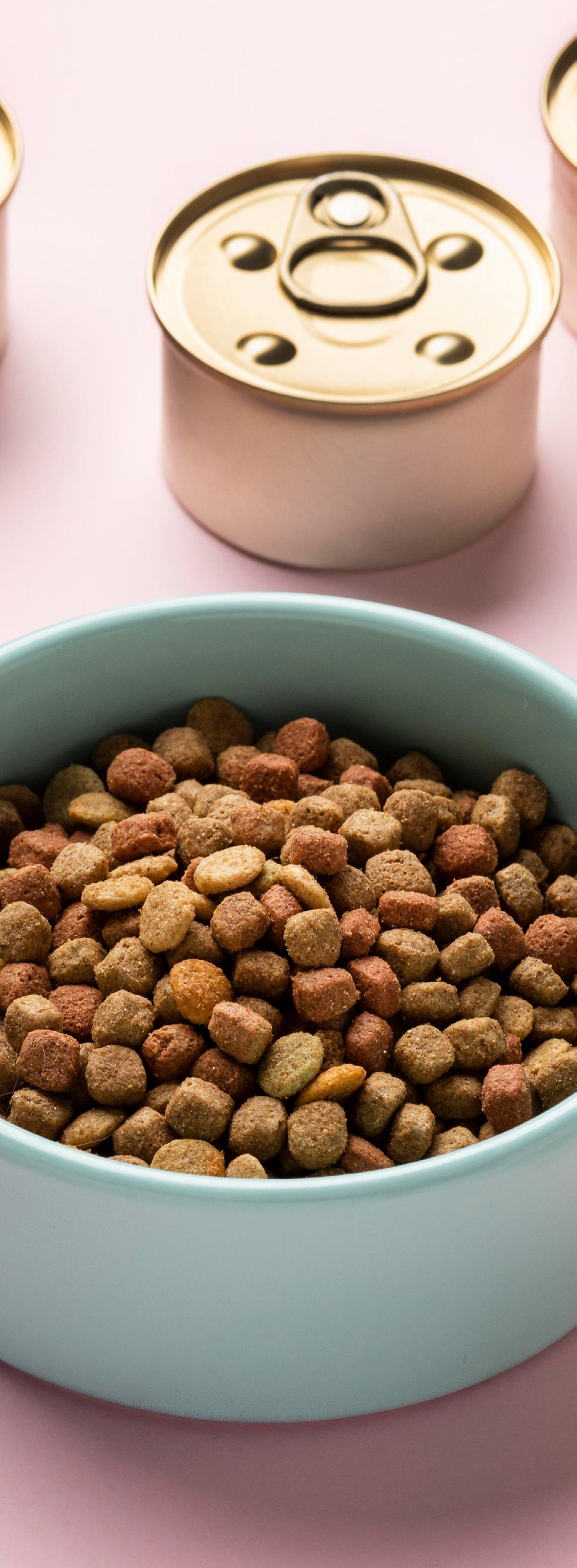



Ridley sells South Australia feed mill to Baiada for US$14M
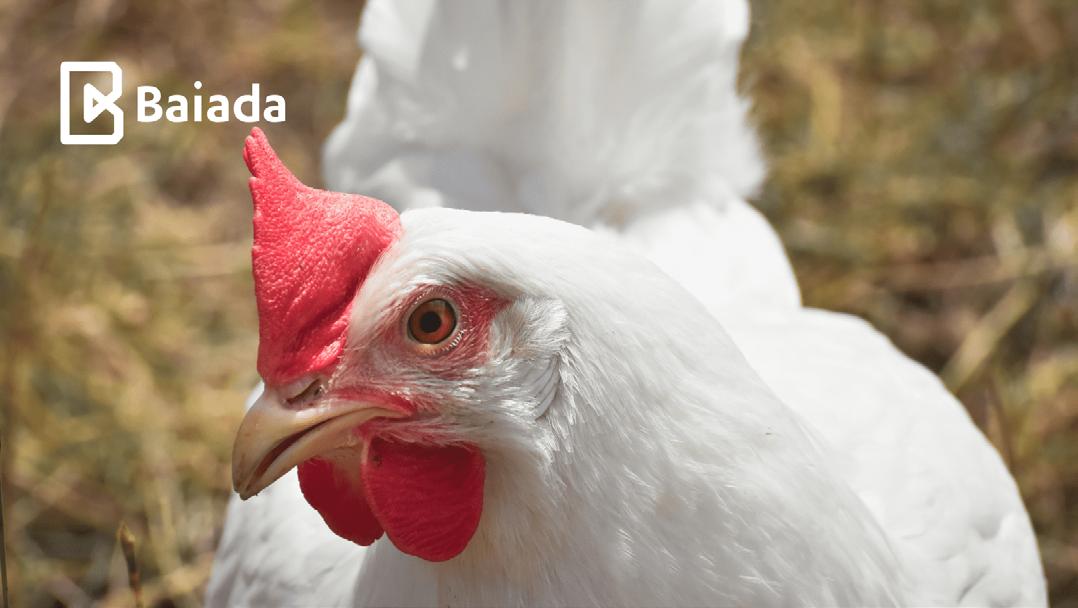
AUSTRALIA - Ridley Corporation, a major player in Australia's animal feed industry, has agreed to sell its Wasleys feed mill in South Australia to poultry processor Baiada Group for AUD22 million (US$14 million), with the deal expected to close by June 30, 2025.
The move comes as part of Ridley’s broader business reset strategy. The Wasleys' facility, which generated AUD3.5 million (US$2.24 million) in EBITDA over the past year, sold more than 90% of its output to Baiada.
The sale is expected to deliver a net gain of AUD4 million (US$2.55 million) in fiscal 2025 EBITDA after transaction

and restructuring costs. From fiscal 2026, the reset plan is projected to yield AUD 5 million (approximately US$3.19 million) in annual cost savings.
“We understand Baiada’s desire to own the feed mill as part of their expansion plans,” said Ridley Managing Director and CEO Quinton Hildebrand. “The sale represents a fair price and supports our growth ambitions.”
Baiada, a major player in Australia’s poultry industry with a market share of over 20%, operates a fully integrated supply chain. The privately owned company employs about 2,200 people and continues to invest in long-term food security.
“To meet Australia’s insatiable appetite for poultry… Baiada continues to look forward and invest to ensure we can continue to provide quality poultry for future generations – sustainably,” the company said in a statement.
Ridley, with 70 years in the industry, remains a key national feed producer. It operates 20 feed mills across Australia and produced 2 million metric tons of feed in 2023 for the dairy, poultry, swine, aquaculture, beef, and pet food sectors.
In related news, Baiada Poultry is constructing a broiler processing facility in Tamworth, New South Wales, with operations expected to begin in 2026. The new facility is expected to handle up to 3 million chickens every week once fully operational.
Bühler launches inaugural extrusion workshop in Nairobi, opens new academy in Switzerland
KENYA - Swiss food tech giant Bühler will host its first-ever Food Extrusion Workshop in Nairobi from July 15 to 18, 2025, marking a milestone in its commitment to building technical capacity in food and feed processing across Africa.
Set to take place at the African Milling School and Bühler’s local customer site, the four-day workshop is tailored for operations supervisors, engineers, and R&D professionals. It offers a robust blend of in-depth theoretical instruction and practical, hands-on training using Bühler’s high-performance twin-screw extruder.
Participants will explore key principles of extrusion, including screw design, mechanical and thermal input, and product configuration. Advanced modules will delve into steam addition, preconditioning, vacuum degassing, coextrusion, remote-cut technology, colouring, coating, drying, and toasting.
Demonstrations will feature a wide range of extruded products, such as ready-to-eat cereals, snacks, texturised plant-based proteins, and fortified rice. Analytical methods will also be covered to assess ingredient transformation during
extrusion cooking.
Attendance costs US$900, excluding VAT. The fee includes meals, training materials, a networking dinner, and transport between the hotel and venue. Participants are required to bring their own safety shoes and glasses.
The workshop underscores Bühler’s broader agenda to drive sustainability and innovation in global food systems.
In related news, Bühler has opened a new Milling Academy at its Uzwil headquarters. Spanning 1,800 square metres, the centre features a fully automated 24-tpd school mill, labs, classrooms, and access to the Grain Innovation Centre.
“With the opening of our new, state-of-the-art Milling Academy, we are empowering the next generation of milling professionals by offering advanced training, hands-on experience, and access to the latest technologies,” said Stefan Birrer, Head of Business Area Milling Solutions at Bühler Group.
Offering over 100 courses annually in seven languages, the Academy now includes the School of Feed Technology and serves more than 750 professionals worldwide.


CHINA 10-12 Septermber
48,000m2 Exhibition Area
500+ Exhibitors
18,000+ Visitors
Mr. Matthew Yu
Tel: +86 158 0083 0669
E-mail: matthew.yu@globusevents.com
Mr.Philippe Verstuyft (based in Europe) Tel: +31 6 1517 3564
E-mail: philippe@vnueurope.com
Ms.Chanitprapa Menasuta (based in Thailand) Tel: +66 (0) 8 1801 7464
E-mail: chanitprapa@vnuasiapacific.com
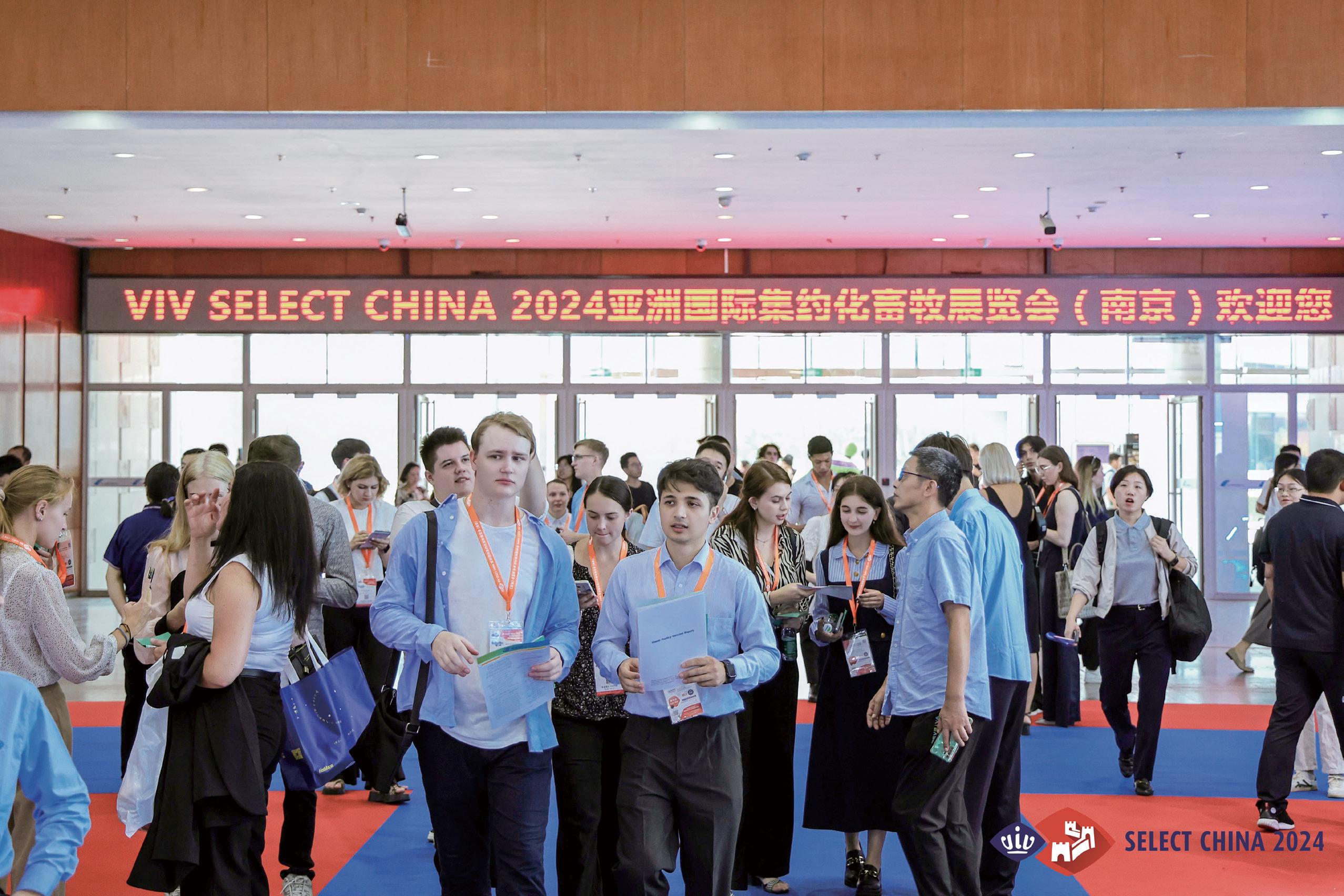
E-mail: viv.service@globusevents.com

Saudi’s Fourth Milling Co. announces US$71M expansion to boost flour, feed output
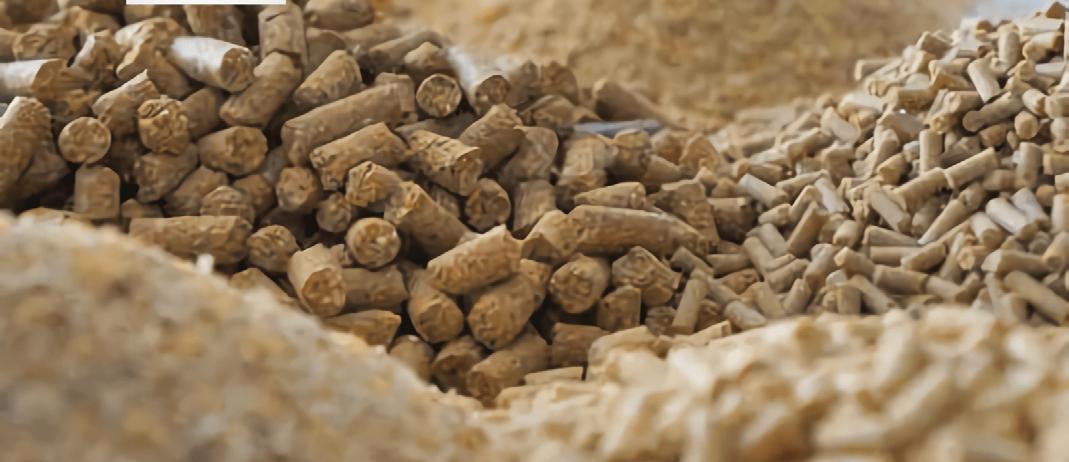
SAUDI ARABIA – Fourth Milling Co. (MC4), one of Saudi Arabia’s top flour and animal feed producers, has announced a significant expansion initiative valued at SAR 265 million(US$71 million), with plans to construct a new flour mill and feed plant at its Al-Kharj site in Riyadh.
Approved by the company’s board on April 30, the project will raise the site’s total flour capacity to 1,350 tons per day with an additional 750 tons/day from the new mill.
The feed plant will contribute 240 tons/day, significantly enhancing MC4’s role in strengthening the Kingdom’s food and feed supply chains.
This strategic investment aims to meet the surging demand from bakeries, food processors, and livestock producers nationwide, aligning with Saudi Arabia’s broader food security objectives.
The project has received approval from the General Food Security Authority (GFSA), reinforcing the government’s commitment to supporting investments that secure national food reserves and promote sustainable exports.
Financing for the development will be secured through a mix of Shariah-compliant bank facilities and internal funds.
Construction is set to begin in Q2 2025, subject to final regulatory approvals. The feed mill is expected to become operational by the second half of 2026, followed by the flour mill in the second half of 2027.
According to the company, trial production runs will precede full-scale operations, with financial gains projected from the respective go-live dates.
MC4 currently operates strategically located facilities in Dammam, Madinah, and Al-Kharj, serving more than 80% of the Kingdom’s population. Its existing operations boast a daily flour milling capacity of 3,150 tons and feed output of 450 tons.
The investment plans follow the company's recent announcement of its highest-ever annual revenue of approximately US$170 million (SAR 629 million) for the full year ended December 31, 2024 (FY 2024), representing a 12.7% year-over-year increase.
Cairo Poultry to produce French animal feed brands for Egypt and the GCC
EGYPT - Cairo Poultry Company (CPC) has signed a strategic franchising agreement with French agribusiness giant Avril Group and its subsidiaries, MiXscience and Sanders Nutrition Animale, marking a significant step toward elevating animal nutrition standards in Egypt and the Gulf region.
Signed this May in Rennes, France, the deal grants CPC and its affiliate, Cairo Feed Company, exclusive rights to manufacture, market, and distribute Sanders and Golden Horse-branded animal feed in Egypt and across GCC countries.
The Sanders brand, a staple in French animal nutrition, will now be locally produced in Egypt under CPC’s stewardship, using premixes supplied exclusively by MiXscience. The agreement also includes technical support, audits, quality control, and tailored training to ensure consistency and quality.
“This agreement enables the local production of highquality animal feed formulas by leveraging Avril’s nutritional expertise and CPC’s industrial capabilities,” said Mr. Sayed Fouad, Head of the Egyptian Commercial Office in France.
The initiative is expected to bolster food security, sustainability, and economic growth, with CPC aiming to double sales and position Egypt as a regional hub for premium animal nutrition products.
Dignitaries from the Egyptian Embassy in France, including Fouad and Third Secretary Mr. Ahmed El-Shafie, attended the signing ceremony, highlighting the growing Egypt–France relationship.
“It’s about connecting Egypt and France, vision and opportunity, today’s ambitions and tomorrow’s successes,” the partners declared.
“I invite French companies to enter into strategic partnerships with their Egyptian counterparts… to benefit from the large Egyptian market and to take Egypt as a regional hub to increase French exports,” Fouad added.

Meanwhile, in its financial disclosure for the period ending March 31, CPC reported revenues of approximately US$85.6 million (EGP 4.2 billion), marking a 22% increase from the US$69.9 million (EGP 3.4 billion) recorded in Q1 of 2024.
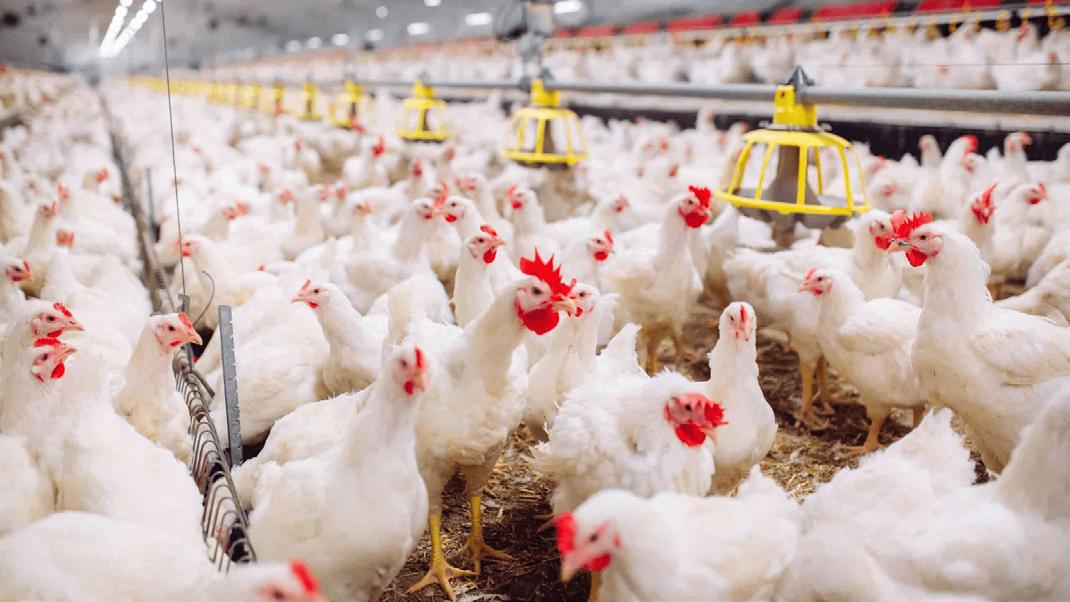


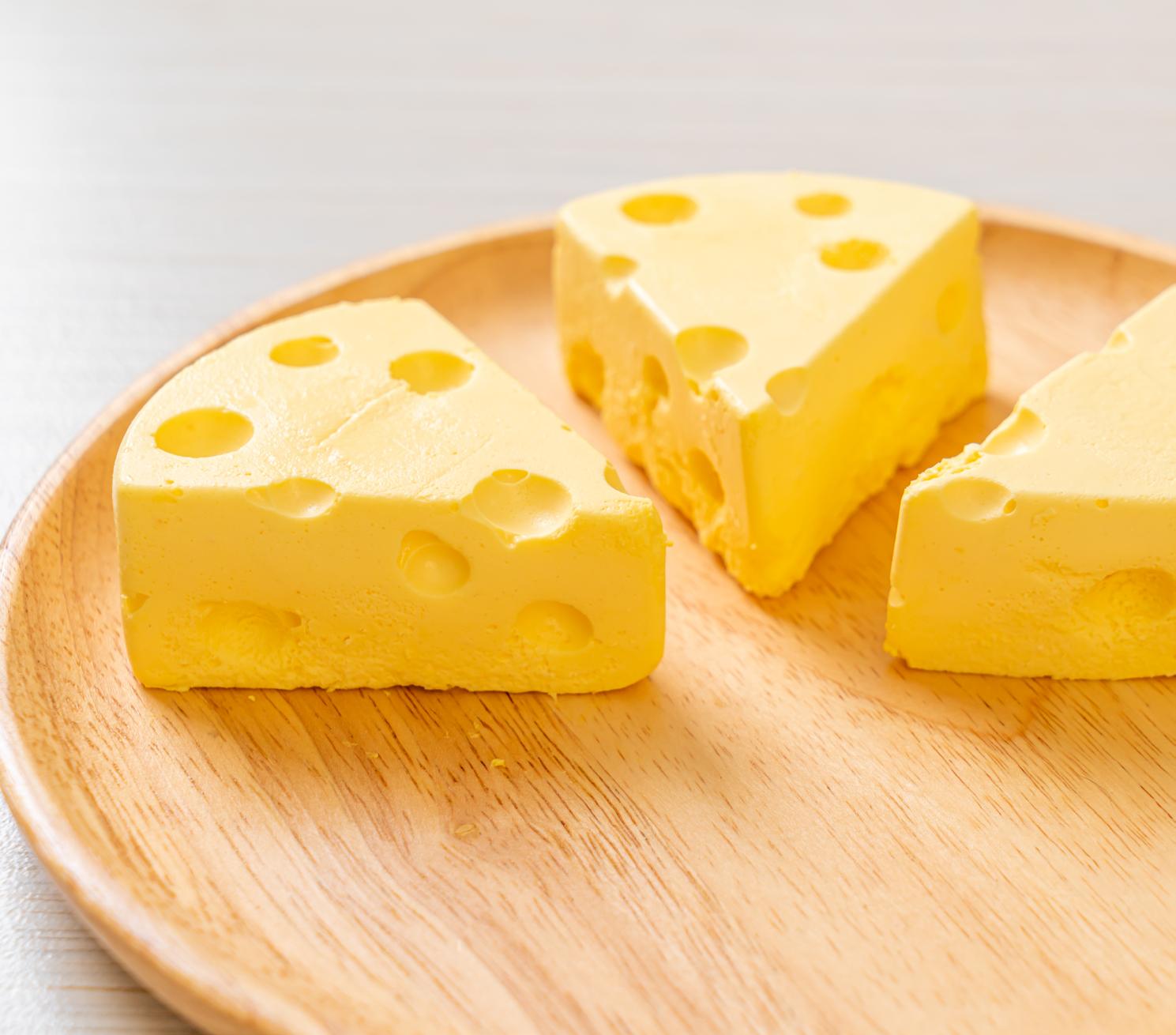
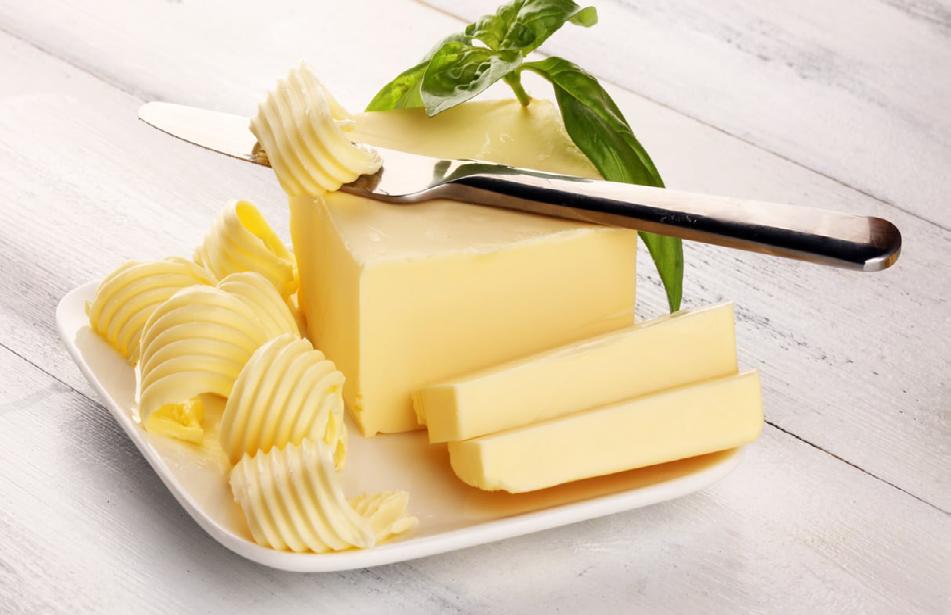




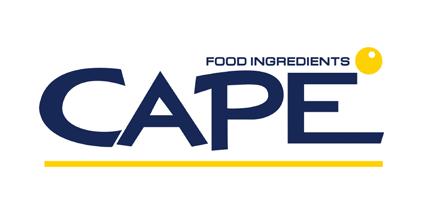


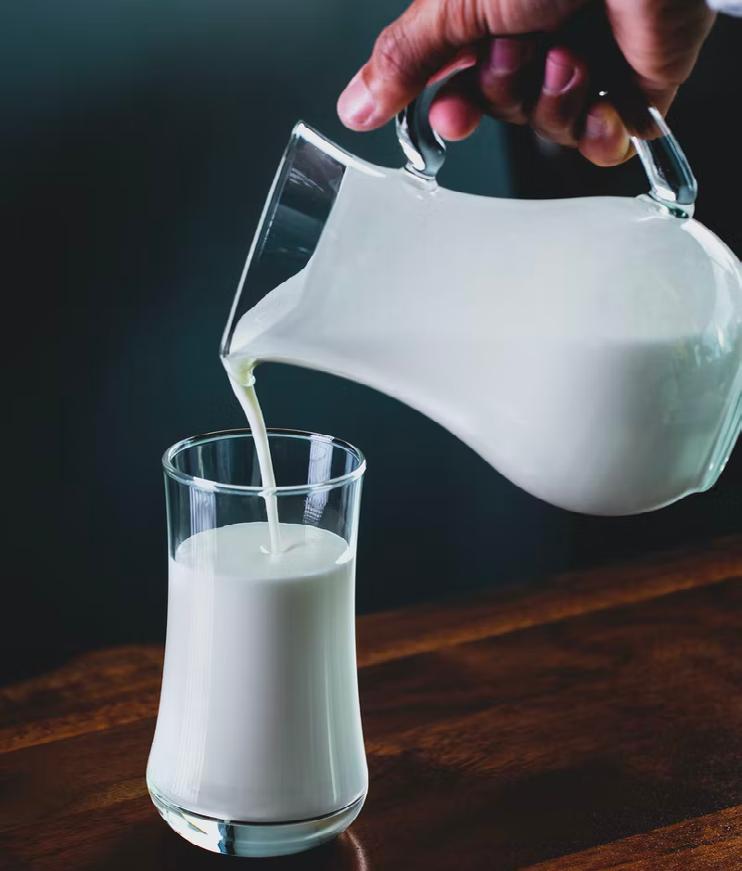




Reinartz joins Kahl Group to strengthen feed and biomass innovation ACQUISITION
GERMANY - Germany’s Reinartz GmbH & Co. KG has officially joined the Kahl Group, marking a strategic acquisition aimed at accelerating innovation in sustainable food, feed, and biomass processing.
Reinartz, a global specialist in mechanical extraction technologies with 170 years of experience, will continue to operate independently under its own name. Its 50-employee team and production site in Neuss will remain unchanged.
The move strengthens synergies between Reinartz and other Kahl subsidiaries, including Amandus Kahl (feed pelleting), Schule Mühlenbau (grain milling), and Neuhaus Neotec (food processing). Together, the companies aim to enhance ingredient processing, expand innovation in alternative proteins, and speed up entry into new markets.
“With this merger, we want to boost our innovative power and market presence in the long term,” said Niklas Stadermann, who will co-lead Reinartz alongside Artur Kühl. “Together with the Kahl Group, we want to develop new strategic partnerships, expand distribution channels, and enter new markets.”
Reinartz’s screw presses and separation systems are already widely used to process insect larvae into protein-rich cakes, extract vegetable oils, and convert biowaste into energy, supporting circular and sustainable systems globally.

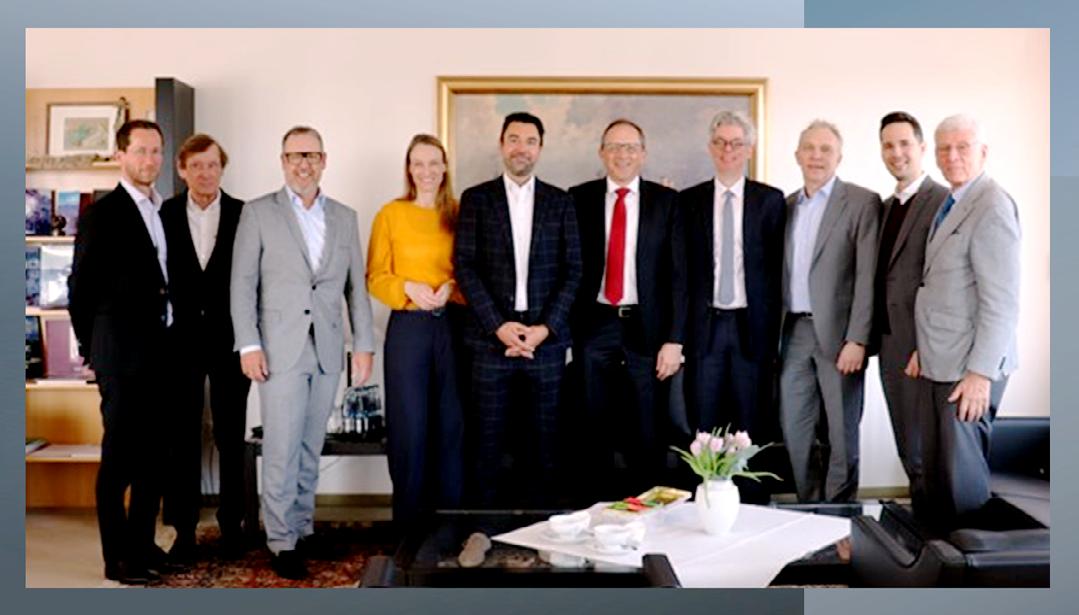
described Reinartz as a cultural and strategic fit: “Like all companies in our group, Reinartz is committed to reliability, trust, and a long-term perspective. These values are the foundation of a successful partnership.”
The integration also brings a leadership change. Longtime managing director Michael Moll is stepping down but will remain as a consultant and advisory board member.
The Kahl Group now comprises seven companies and offers a broad portfolio across feed, food, and biomass engineering.
Novonesis takes full ownership of Feed Enzymes Alliance in
US$1.56B deal
DENMARK - Novonesis has acquired complete control of the Feed Enzymes Alliance from dsm-firmenich in a €1.5 billion (US$1.56 billion) deal, ending a 25-year partnership between DSM-Firmenich and Novozymes.
The transaction, completed in early June, brings approximately €1.4 billion (US$1.45 billion) in net cash to dsmfirmenich after costs. It enables Novonesis to fully integrate the alliance’s innovation, production, and sales operations, thereby strengthening its position in the animal biosolutions sector.
Founded through the 2023 merger of Novozymes and Chr. Hansen, Novonesis has until now primarily focused on probiotics. The acquisition significantly expands its product portfolio, enabling the company to offer enzymes alongside probiotics to a shared customer base, particularly in North America.
“We are better positioned to deliver innovative, sustainable, and value-adding bio-solutions,” said Novonesis CEO Ester Baiget. Executive VP Tina Sejersgård Fanø added, “We can now increase our market reach and offer a more comprehensive
product range to our customers.”
The feed enzymes business generated around €300 million (US$324 million) in annual net sales in 2024 and was part of dsm-firmenich’s Animal Nutrition & Health division. The sale marks the beginning of dsm-firmenich’s planned exit from that business.
“The alliance has been a great success, establishing a global leadership position in feed enzymes. I am confident that this business will continue to thrive under Novonesis’ leadership,” said dsm-firmenich CEO Dimitri de Vreeze.
Novonesis assured all dsm-firmenich or Novonesis customers, partners or distributors that the acquisition will have little to no effect on your day-to-day operations.
“Contracts with the Feed Enzyme Alliance are still valid and contact persons will remain the same wherever possible,” Novonesis says on its website.
Although the formal partnership has ended, the two companies will maintain commercial ties, with Novonesis using dsm-firmenich’s premix network to distribute enzymes.
Kahl Group CEO Uwe Wehrmann


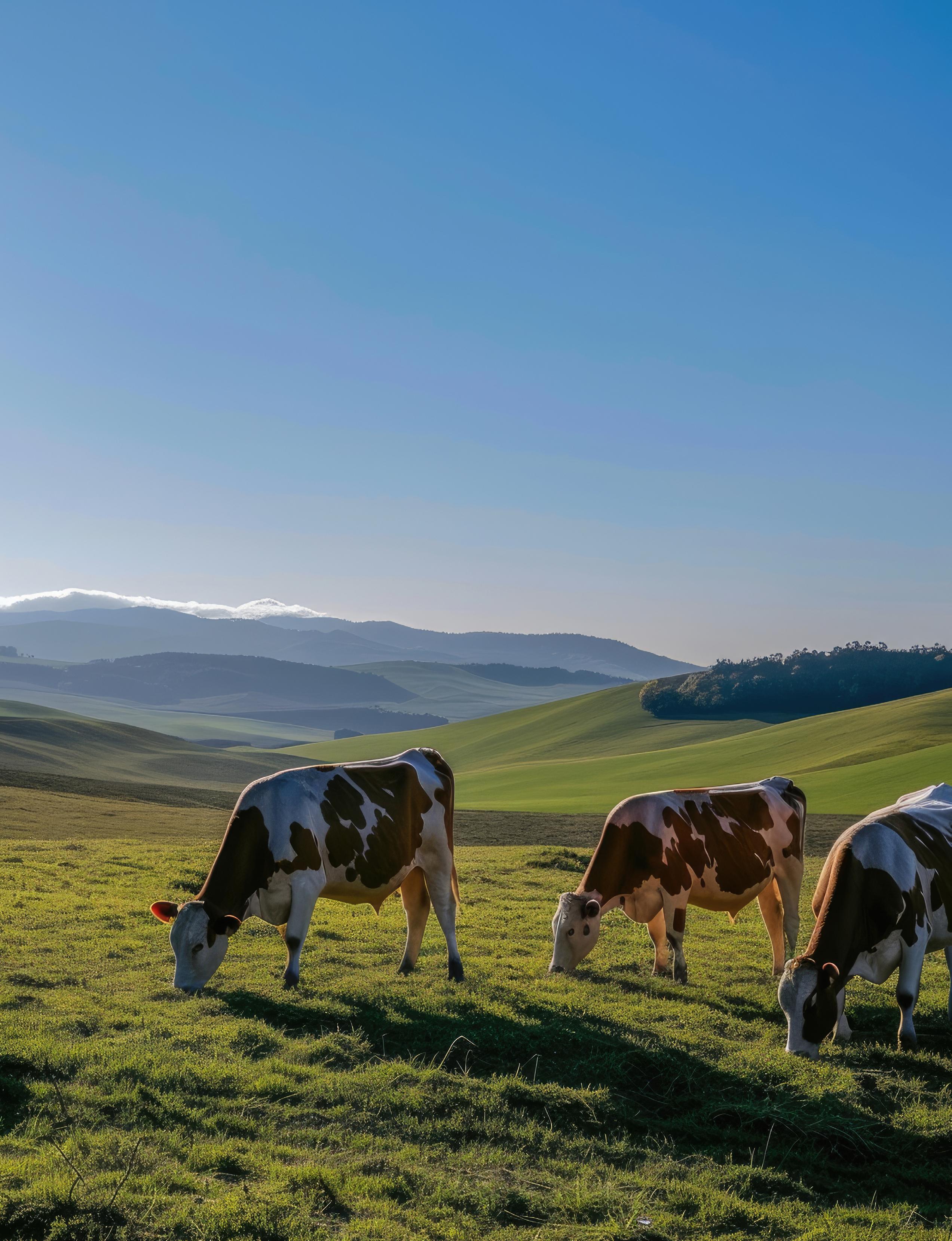

De Heus builds new feed mill in South Africa, acquires Voeders Huys in Europe
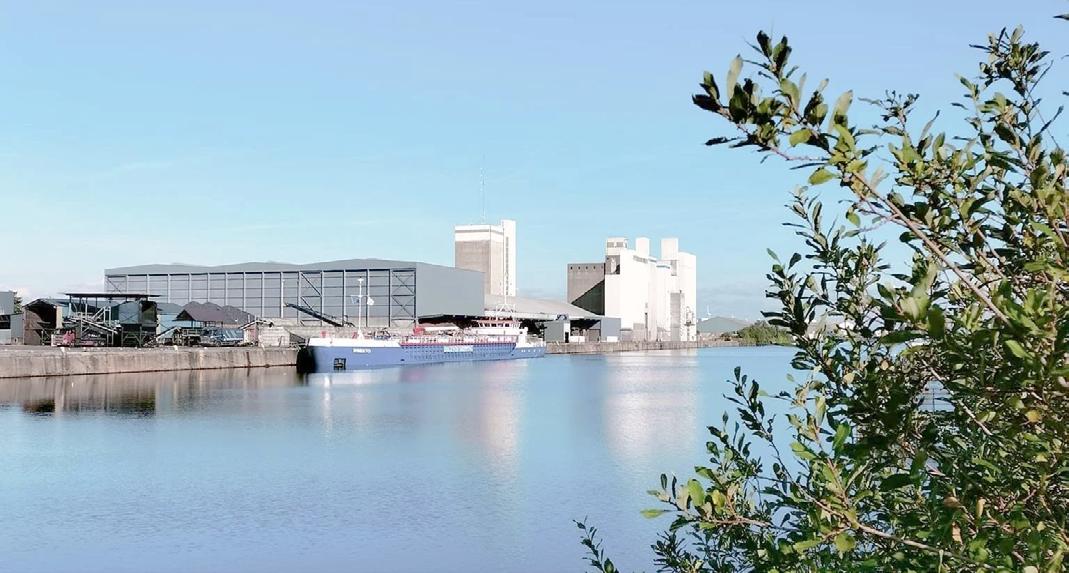
SOUTH AFRICA
- De Heus South Africa has broken ground on a new feed mill in Middelburg, Eastern Cape, marking a major step in its expansion strategy across the country. The facility, set to open in August 2026, will produce up to 15,000 tons of ruminant feed per month.
Located in the heart of the Karoo, a region known for sheep, beef, and dairy farming, the plant aims to provide farmers with easier access to high-quality livestock nutrition. The project is expected to enhance regional productivity and bring new employment opportunities.
“We’re excited to bring top-notch animal nutrition to this region to develop agriculture and support local communities,” said Co de Heus, Chairman of the Board of Royal De Heus. “Based on the strong performance of our South African team, we’re confident this new facility will be a success.”
The Middelburg mill will complement De Heus’ existing operations in Mkhambathini, Klerksdorp, Kleinberg, and Modimolle, ensuring a reliable supply nationwide across the poultry, swine, and ruminant sectors.
De Heus South Africa also recently invested in a solar park in Modimolle aimed at cutting greenhouse gas emissions and improving operational resilience.
This initiative, which provides renewable energy to one of its production facilities, highlights De Heus’s dedication to ecofriendly feed production.
Meanwhile, De Heus has also expanded its European footprint with the acquisition of Belgian compound feed producer Voeders Huys. The deal includes two production facilities, one in Bruges, Belgium, and another in Northern France, adding 250,000 tons of annual feed capacity.
“This acquisition marks a new chapter in our long-term growth strategy,” said Gabor Fluit, CEO of De Heus Animal Nutrition. “It enables us to grow with our farmers and supply chain partners while reducing our carbon footprint.”
Founded in 1938, Voeders Huys brings deep regional roots and a legacy in grain trading dating back to 1865.
Imas completes one of Kazakhstan’s largest feed mills for Nurym Group
KAZAKHSTAN - Turkish milling equipment manufacturer Imas has cemented its reputation as a global feed technology leader with the completion of a major turnkey project for Nurym Group in Shymkent, Kazakhstan.
The newly commissioned feed mill is now among the largest and most advanced in the country and the surrounding region, boasting a production capacity of 20 tons per hour and a daily output of approximately 480 tons of compound feed.
The facility runs three shifts around the clock to produce high-quality feed for cattle, poultry, and small ruminants. It was delivered as a full-scope project by Imas, which handled everything from design and engineering to machinery manufacturing, installation, commissioning, and staff training.
“Our team also delivered comprehensive training on machine performance and on operating the feed laboratory equipment at the facility,” Imas noted.
Imas’ Viteral machinery series anchors the plant. The Viteral pellet press (VPP) can reach up to 30 tons per hour and is equipped with a touchscreen for precise control of time and temperature.
The Viteral paddle mixer (VMX), praised in lab tests for its mixing homogeneity, ensures efficient blending. Meanwhile, the Viteral hammer mill (VHM) features a fixed-hammer design and a pre-crushing blade system, allowing it to process up to 50 tons per hour with durability and power.
The mill is automated end-to-end. A central system continuously monitors equipment performance, raw material input, and output data in real-time. The system also allows Imas’ after-sales team to access the plant remotely for troubleshooting and support.
This facility adds to Imas’ track record of over 500 completed projects in more than 100 countries. Founded in 1989, the company has consistently provided scalable feed and grain milling technologies tailored to meet the needs of clients across five continents.

CPF Philippines to lease new US$20M feed mill in Isabela
PHILIPPINES - Charoen Pokphand Foods Philippines (CPF Philippines), a subsidiary of Thailand’s Charoen Pokphand Foods (CPF), will lease a new feed mill under construction in Isabela province, enhancing its integrated poultry and livestock operations across Luzon.
The 15-hectare Isabela Feed Mill Complex is being developed by Sagittarian Agricultural Philippines, Inc. (SAPI), with financing from the Land Bank of the Philippines. Landbank is providing a PHP 1.2 billion (US$21.3 million) loan for construction, along with a US$1.77 million working capital credit line.
The facility is expected to strengthen CPF’s feed supply for its fully integrated value chain, from feed manufacturing to food distribution, while boosting local corn demand. Isabela, the country’s top corn-producing province, accounts for about 20% of the Philippines’ total output.
“With this investment, Landbank reaffirms its commitment to modernising the agricultural sector, empowering local farmers, and strengthening the country’s food security,” said Landbank President and CEO Lynette V. Ortiz during the
agreement signing on April 23 2025.
In a separate announcement, CPF said it will acquire Itochu Corporation’s 23.8% stake in C.P. Pokphand for US$1.1 billion, becoming the sole owner of the Bermuda-based company.
The acquisition is expected to improve CPF’s management flexibility in China and Vietnam, where C.P. Pokphand operates major animal farming and food businesses. Itochu forecasts a net profit impact of US$888.1 million in fiscal 2026 from the sale.
Additionally, CPF Group recently enhanced its animal feed operations in Bangkok, Thailand, with the successful commissioning of a state-of-the-art storage and unloading system supplied by French bulk handling specialist Morillon Systems.
The advanced setup features a 10-meter-diameter, 32-meter-tall silo, designed for storing soybean meal, an essential component in animal feed.
The commissioning was carried out in partnership with local engineering firm Kasetphand Industry Co., Ltd. Morillon praised the collaboration, citing the technical team’s efficiency and commitment to excellence.


Manuchar secures exclusive MetAMINO distribution rights in Pakistan
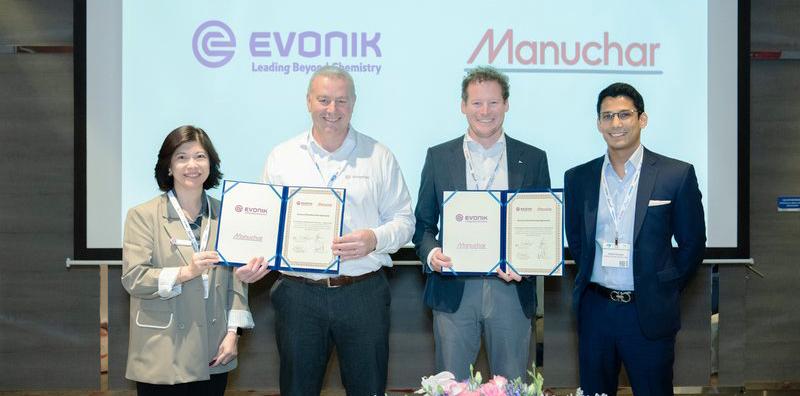
PAKISTAN - Manuchar Pakistan has been appointed the exclusive distributor of MetAMINO®, Evonik’s branded DLmethionine, an essential amino acid for livestock, reinforcing its role as a significant force in the country’s growing animal nutrition sector.
The partnership with German chemicals firm Evonik gives the Karachi-headquartered distributor exclusive rights to supply MetAMINO® across Pakistan. The agreement is set to expand Manuchar’s footprint in a key emerging market where protein demand is surging alongside population growth and rising consumer awareness.
“We’re thrilled to partner with Evonik as their exclusive distributor for Methionine in Pakistan. This agreement is a key milestone for us, unlocking new opportunities for growth and innovation,” said Aaqib Munawer Hussain, Country Manager for Manuchar Pakistan. “It strengthens our position in the market and paves the way for long-term success, allowing us to deliver high-quality solutions to meet the growing demand in Pakistan.”
Manuchar, a global distribution specialist with operations in over 35 countries, brings established logistics networks, deep market insight, and a strong commitment to ESG and regulatory standards.
“This partnership strengthens Manuchar’s feed additives portfolio in emerging markets, offering top-quality products, continuous availability, and competitive pricing to keep our customers’ production running – anytime, anywhere,” said Tim Lemeer, Global Director for Animal Nutrition at Manuchar.
Evonik’s Regional Head of Animal Nutrition for Asia Pacific, Madeline Tan, noted: “This partnership marks a step forward in our efforts to serve customers in emerging markets. With its growing animal nutrition sector, Pakistan offers substantial potential for our premium product MetAMINO.”
In other news, Manuchar will be exhibiting its solutions at the upcoming Africa Poultry and Animal Feed Expo at the Sarit Expo Centre in Nairobi, Kenya, from July 2-4, 2025.
Louis Dreyfus deepens feed ingredient footprint in China with speciality lecithin line
CHINA – Louis Dreyfus Company (LDC) recently inaugurated a new state-of-the-art automated production line for speciality feed lecithin at its oilseeds crushing facility in Tianjin, China.
The new facility, which operates entirely on renewable electricity, is part of LDC’s strategy to capture rising global demand for high-performance lecithin products and expand into value-added animal nutrition solutions.
The investment comes as the global lecithin market, valued at an estimated US$1.08 billion in 2025, is projected to grow to US$1.46 billion by 2030, at a compound annual growth rate (CAGR) of 6.15%.
Developed in collaboration with LDC’s R&D centre in Shanghai, the line will manufacture enzymatically treated lecithin and low-viscosity lecithin, two functional ingredients that enhance nutrient absorption and processing efficiency in animal feed.
Enzymatically treated lecithin boosts the bioavailability of fat-soluble vitamins and nutrients, leading to improved feed efficiency and lower production costs for livestock farmers. Low-viscosity lecithin, on the other hand, can be blended directly into feed without requiring high heat or expensive storage solutions.
“Leveraging LDC’s processing and innovation capabilities, our new production line will enable us to offer customised solutions tailored to feed industry requirements,” said James Zhou, Global Head of Food & Feed Solutions at LDC.
The growth of the lecithin market is being primarily driven by increasing demand from the animal nutrition sector, particularly in high-consumption regions such as China, the world’s largest pork producer and a key consumer of poultry and aquaculture products.
Lecithin, primarily derived from soybeans, is widely used as an emulsifier and stabiliser in compound feeds. Its costefficiency and functional versatility make it a preferred choice for large-scale feed operations.
“Our new automated production line for speciality feed lecithin reflects our commitment to leveraging innovation and processing infrastructure to meet the evolving needs of China’s farming industry,” added Shengshu Huang, Chief Technology Officer at LDC.

ILRI named first WOAH collaborating centre for One Health
KENYA – The World Organisation for Animal Health (WOAH) has designated the International Livestock Research Institute (ILRI) as its first-ever Collaborating Centre for One Health.
The announcement was made during the closing session of WOAH’s 92nd General Session, held in Paris, France, from 25 to 29 May 2025.
The designation marks a significant milestone in the integration of animal, human, and environmental health efforts worldwide.
With this recognition, ILRI becomes the inaugural institution globally entrusted by WOAH to lead the advancement of the One Health agenda.
“We are honoured by WOAH’s designation of ILRI as a Collaborating Centre for One Health. ILRI will continue to work with partners to provide the One Health solutions that improve animal health management, drive innovations, mitigate emerging global threats and build sustainable resilience in food systems globally,” said ILRI Director General Appolinaire Djikeng.
As a WOAH Collaborating Centre, ILRI will focus on several strategic areas critical to global health. These include disease
prevention, particularly zoonotic and emerging pathogens, through improved surveillance and early warning systems.
It will also involve enhancing biosecurity and value chain practices to reduce disease risks, as well as applying epidemiological modelling and socio-economic impact analysis to inform policy.
Additionally, ILRI will support climate-smart strategies to manage health vulnerabilities driven by environmental changes.
ILRI’s designation builds on decades of experience in using the One Health approach in low- and middle-income countries.
As a CGIAR research centre operating 14 offices across Africa and Asia, ILRI has established a broad, interdisciplinary network that connects science, policy, and practice to solve complex health challenges at the animal-human-environment interface.
WOAH Director General Emmanuelle Soubeyran welcomed the collaboration, stating: “ILRI’s interdisciplinary approach aligns with WOAH’s vision for One Health. We look forward to working closely with ILRI to advance the One Health agenda”
SIGN UP FOR FEED BUSINESS MIDDLE
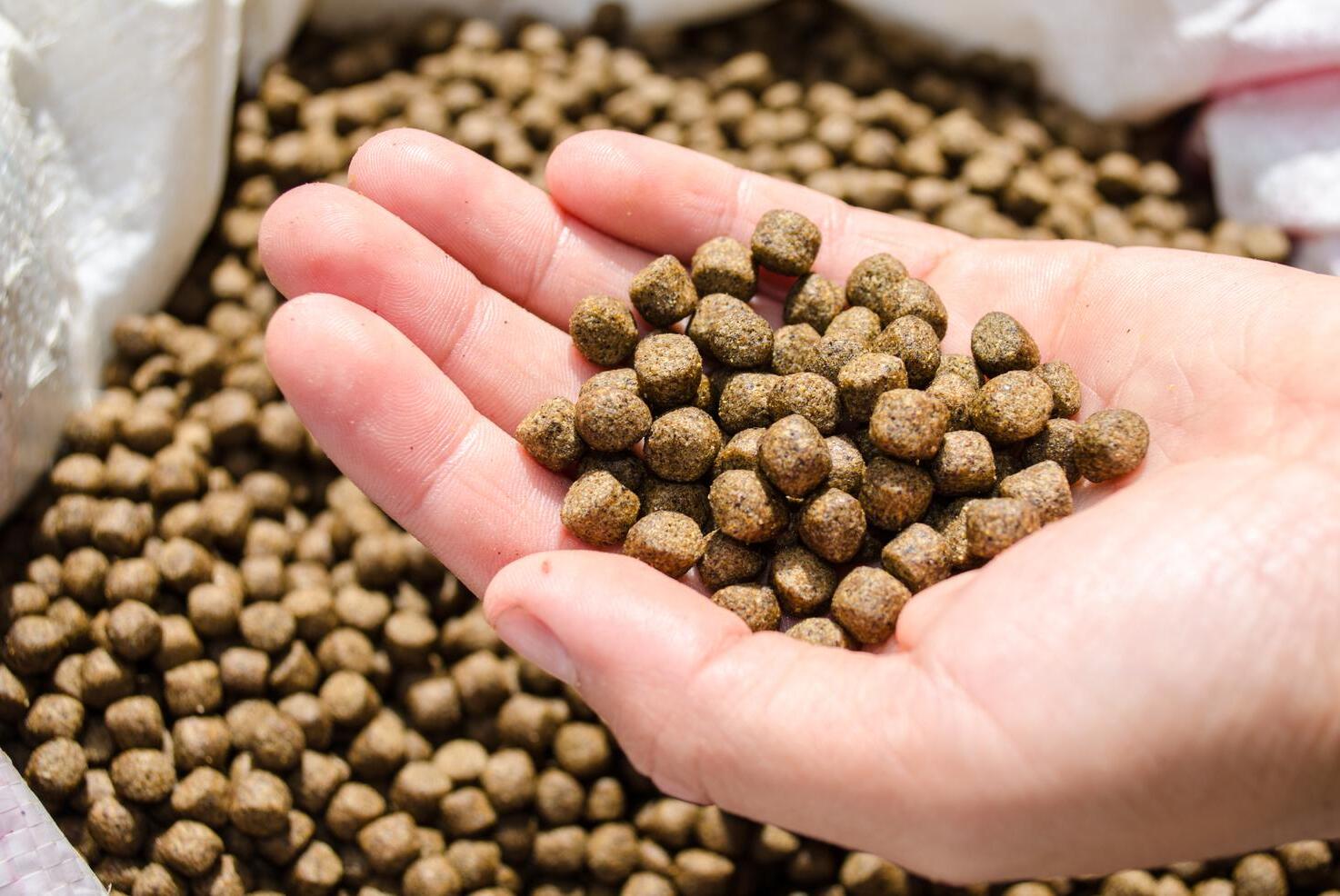
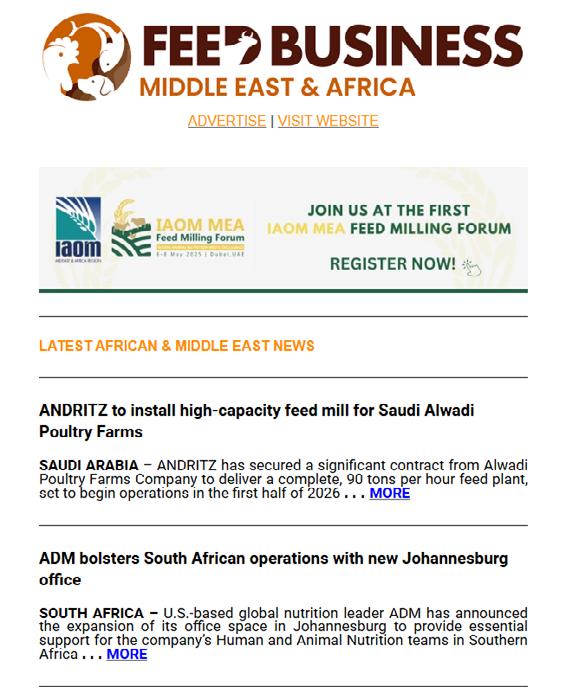

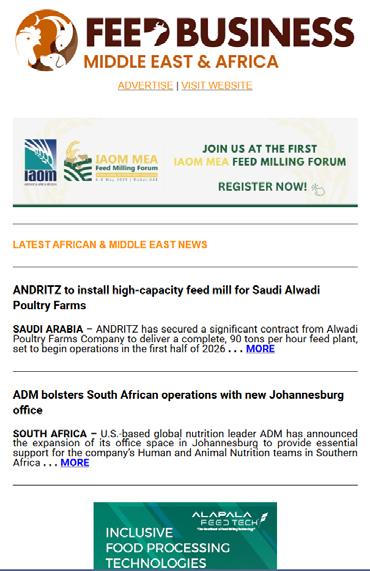


Africa's Pastoralists Hold The Key To Sustainable Livestock And Environmental Balance
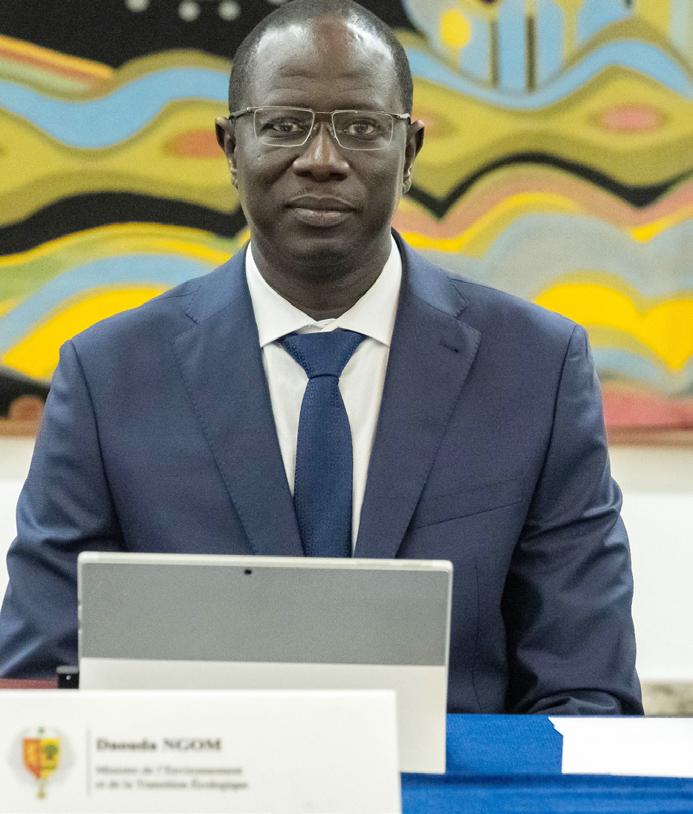
By Daouda Ngom, Minister of Environment and Ecological Transition for Senegal
Across Africa, pastoralists and livestock keepers sustain herding systems that are closely tied to their landscapes and are crucial to national food security, economic growth, and ecological balance. In my country, Senegal, almost 70 % of our land is used to graze livestock.
And yet, I hear it often argued that, if we want a sustainable future, we must choose between hooves and habitats because livestock is an “environmental liability”.
But this point of view is misunderstood. Across Africa, innovative technologies are being piloted to allow livestock and a healthy environment to coexist. What we need now is more investment and collaboration to scale these breakthroughs.
Despite being home to more than 85% of the world’s pastoralists and livestock keepers, sub-Saharan Africa produces just 2.8% of global meat and milk. As a result, one in five Africans lacks adequate access to nutritious foods. Fixing this can be simple: a single egg, a cup of milk, or a small piece of meat can make all the difference in combating malnutrition.
UNPRECEDENTED POPULATION GROWTH CATAPULTS MEAT CONSUMPTION
Meanwhile, populations are growing and urbanising faster here than anywhere else in the world. Demand for meat and dairy products is forecast to rise 300% by 2050. Thankfully, evidence already exists that proves we don’t need to sacrifice a healthy environment to meet this demand.
Pastoralists in Senegal, for example, strategically move their animals to mimic natural grazing patterns, taking into account rainfall to prevent overgrazing. This not only improves biodiversity and soil quality, but also reduces dry vegetation and the growing threat of wildfires. To support, the Senegalese government has been providing our pastoralists with detailed weather data and forecasts to help them optimise grazing and manage their livestock more efficiently. Working with communities in this way has been shown to reduce conflicts over land and water resources.
Elsewhere in Africa, animal health interventions are demonstrating that better, not necessarily fewer, livestock is the answer to sustainability in the sector. East Coast fever
vaccination programmes have reduced calf mortality up to 95% in some countries. More than 400,000 cattle have been saved in the past 25 years, reducing emissions up to 40%.
Moreover, new thermotolerant vaccines for the highly contagious viral disease peste des petits ruminants (PPR), as demonstrated already in Mali, offer a promising way to curb the US$147 million in annual losses suffered by sheep and goat keepers across Africa. Boosting productivity among these climate-resilient animals will be nourish Africa’s rapidly growing population as climate change intensifies.
However, despite these successes, a significant challenge remains. I have seen firsthand that many pastoralists, smallholders and subsistence farmers lack the knowledge and resources needed to access and implement these innovations. These groups account for the majority of Africa’s livestock keepers and must be reached for these innovations to realise their benefits at scale.
COLLABORATION AND INVESTMENT TO BRIDGE GAPS
Two things are needed to bridge this gap. First, greater collaboration between policymakers, researchers, farmers, and businesses can help us better understand the challenges that livestock farmers face and enable them to produce more, without compromising our environment.
For example, collaborative initiatives like the Livestock and Climate Solutions Hub, launched by the International Livestock Research Institute, showcase practical ways for farmers to reduce their herds’ impact on the environment.
The second element is investment. For decades, despite the clear potential of high returns on investment, the livestock sector has suffered from a vast investment gap, receiving as little as 0.25% of overall overseas development assistance as of 2017. It must be made financially viable for livestock keepers to invest in technologies and approaches that raise productivity sustainably, or else this mission will not even get off the ground.
The 2025 World Bank Spring Meetings, where funding for development initiatives was determined, present a timely opportunity to kickstart this paradigm shift so that livestock is recognised within green financing frameworks.
African countries, in turn, must do their part by incorporating livestock into their national economic development plans and their climate action plans. This will help encourage funding streams from global investors and climate financing mechanisms, ultimately catalysing a multiplier effect of billions in livestock sustainability investment.
The solutions are within reach. What is needed now is the will to act decisively and unlock the continent’s unparalleled natural resource potential to build a future where prosperity and sustainability go hand in hand. FBMEA




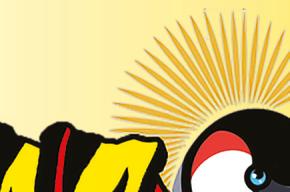
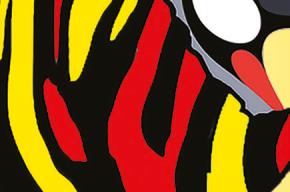




June 24-27, 2025
International Conference and Exposition of
June 24-27, 2025
International Conference and Exposition of
World Aquaculture Societ y and African Chapter, WAS (AFR AQ2025)
Speke Resor t, Munyonyo, Entebbe, Uganda
World Aquaculture Societ y and African Chapter, WAS (AFR AQ2025)
Speke Resor t, Munyonyo, Entebbe, Uganda
For details: w w w.was.org
For details: w w w.was.org Register now WORLD AQUACULTURE SAFARI 2025


LOOP PET FOOD:
How a Kenyan Startup is Pioneering Sustainable Insect-Powered Pet Nutrition

BY FRIDAH CHEPKOECH
The first thing you notice when you step into Loop Pet Food’s establishment, located in an industrial centre just off Nairobi’s Waiyaki Way, is the cold. Not the kind that bites. The kind that comes from an intentionally conditioned, well-sealed space. At the far end of the waiting room, a waist-high display shelf sits beneath a photo frame stamped #LOOPLOVE. It holds four clearly labelled glass jars: Ground BSF, Peas, Brewer’s Yeast, and Dried BSFL. The earthy powder colours catch your attention. Looks more like sampled ingredients from a bakery than from a conventional dog food manufacturing facility.
But Loop is anything but a conventional kibble plant. It is one of the few companies in Africa building a local, circular supply chain in a pet food market valued at U$2.94 billion in 2025, and growing fast. According to UN Comtrade, Africa remains a net importer, with pet food imports nearly doubling from U$101.6 million in 2012 to U$200.2 million in 2021. Euromonitor further projects that market volume will reach 2.23 billion kilograms by 2030.
CEO and co-founder Laura Stanford greets us warmly upon arrival, ready to turn what could have been a simple facility tour into a crash course on how insects, smallholder farmers, and Kenyan ingenuity could reshape global pet nutrition.
WHY TWO FOUNDERS BET ON BUGS
You don’t usually expect pet nutrition to begin with waste streams, but that’s exactly where Loop Pet Food started.
Laura Stanford, an insect enthusiast, and Amit Grabovski, her co-founder, launched Loop in 2022 after realising pet food options in Kenya were either unaffordable imports or risky local blends following repeated aflatoxin alerts. “There was no safe, affordable middle ground,” Laura tells Feed Business Middle East & Africa Magazine.
Both founders were already familiar with the black soldier fly larva (BSFL). Farmers across East Africa had begun trialling it as a replacement for soy and fishmeal in poultry rations, thanks to an FAO study backed by multiple other studies showing the insect’s feed conversion ratio (1.4–2.0) outclassed that of chicken (2.5) and beef (6). What no one had tried at scale was putting BSFL into complete, shelf-stable dog food.
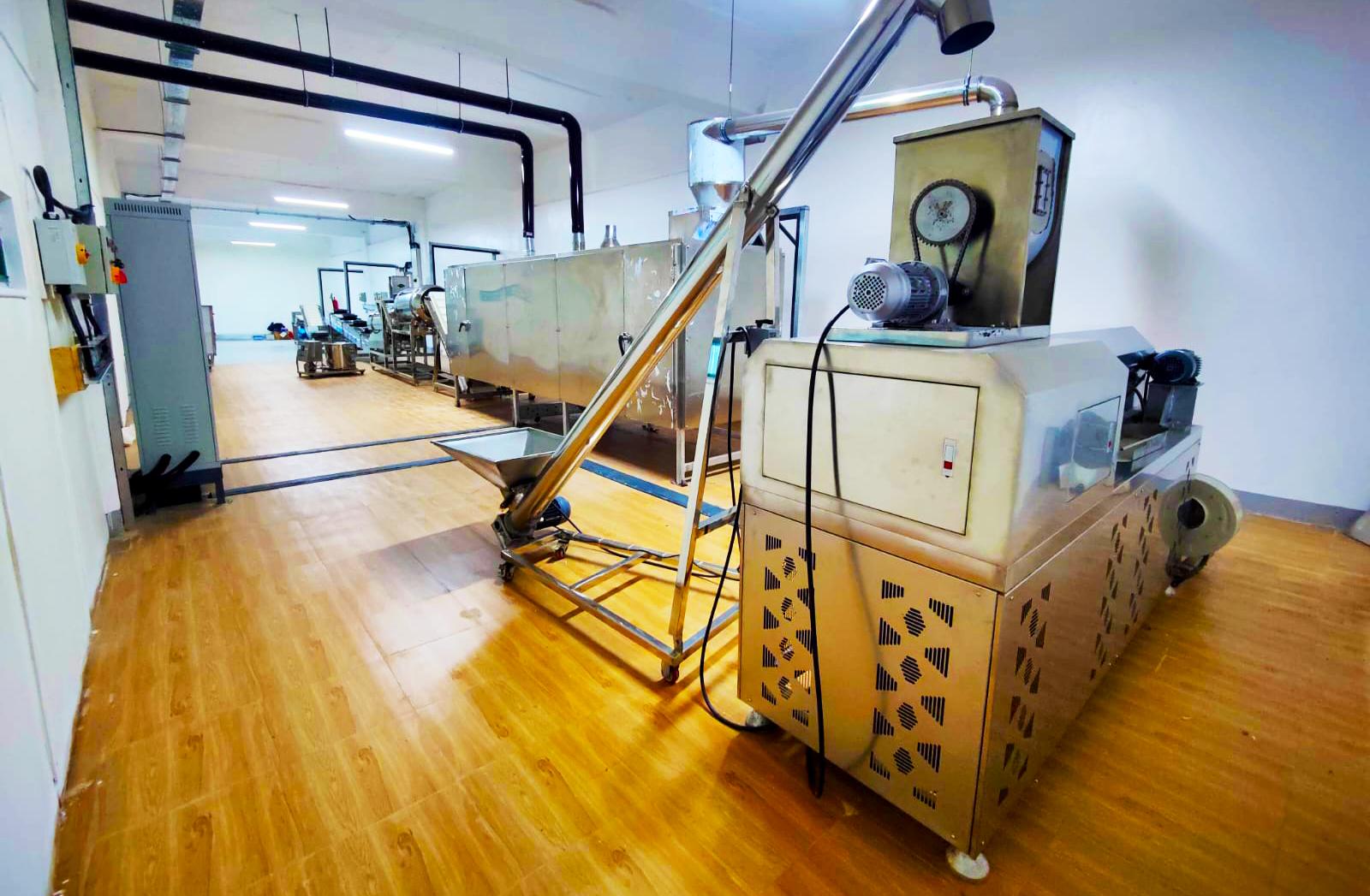
480 MT IN NUMBERS
They had a compelling and aligned premise to kick start the project: If Nairobi’s markets generate thousands of tonnes of organic waste each week. (A reality backed by a recent Dutch-funded study that found that Nairobi’s markets generate nearly 7,000 tonnes of organic waste annually, much of it ending up in rivers or landfills.) And larvae thrive on those scraps, converting them into a protein that contains all ten essential amino acids dogs need. Then Loop could complete a dog food recipe by securing clean vegetable “seconds” from smallholder farmers, and rescuing nonaesthetically pleasing produce often left unsold in retailers, yet nutritionally perfect. A circular recipe almost naturally wrote itself: cassava flour for starch, peas and other vegetables for fibre, brewer’s yeast for B vitamins, bentonite clay for minerals, and dried BSFL as the sole animal protein, all 100% locally sourced.
“It was important to us from the beginning that everything be sourced as locally as possible,” Laura says. “There’s just so much value in the system already, we’re not importing anything if there’s a farmer down the road who has exactly what we need.”
Loop officially incorporated in March 2023
after 6 months of initial R&D, and rented a workshop in Nairobi’s industrial belt, “honestly no bigger than a single parking spot,” Laura laughs. One tabletop mixer, one converted oven and a hand-crank extruder produced their first 50 kilogram batch. Friends with Labradors and rescued street dogs became beta testers. Within three months, vets reported shinier coats and calmer stomachs, especially in animals previously intolerant to chicken or beef. It was an early sign that Loop’s insect-based formula was both sustainable and effective.
Interestingly, in a guest contribution to Issue 2 of Feed Business Middle East & Africa Magazine, Laura explored this very topic. In the article “Tailored Nutrition: Meeting the Unique Nutritional Needs of Dogs and Cats,” she explained how dogs have evolved into omnivores over thousands of years of domestication, capable of digesting a variety of proteins. Cats, on the other hand, are strict carnivores, nutritional purists in a sense, hence require a diet closer to that of their wild cousins, lions.
This science-backed positioning, along with promising early trials, quickly drew attention from local retailers. GreenSpoon, Kenya’s farm-
The newly installed processing plant, dubbed "Tiny"
to-door e-grocery platform, was among the first to stock Loop Pet Food, soon followed by a few Naivas branches. Demand quickly outran capacity. And while this necessitated scaling, financing this significant growth posed a classic SME dilemma: local banks quoted 25% interest on equipment loans, a rate that could easily cripple a young firm. Instead, Laura and Amit raised a modest friends and family equity round, commissioning a twin screw extruder and multilayer dryer that went live in January 2025 and was officially commissioned in March 2025. The upgrade lifted monthly capacity from 4 to 40 metric tonnes, enough to look beyond Kenya’s borders. Which they since have.
But rather than chasing scale for scale’s sake, Loop’s next moves are deliberate. “Our focus was first on getting this facility up and running,” Amit explains. “Once we have all the right certifications, that will unlock additional regions.”
So far, the numbers suggest that Loop could sell every bag it produces within Kenya alone. But that hasn’t stopped the team from exploring wider opportunities. Their sights are set on Uganda and Rwanda, two countries where, as Laura points out, “100% of pet food is imported, which is crazy.”
They’ve already made inroads into Rwanda, working with Pride Farms, an online grocery platform akin to Kenya’s Greenspoon. A 2024 Euromonitor snapshot estimates 90% of packaged pet food in East Africa is imported , so Loop’s principal competitor is the shipping container, not a local rival.
A CIRCULAR ECONOMY PLANT IN MOTION
On the day of our visit, production is minimal, so we skip the full sanitation gear and pass through a translucent swing door
IT WAS IMPORTANT TO US THAT EVERYTHING BE SOURCED LOCALLY. THERE’S SO MUCH VALUE IN THE SYSTEM ALREADY, WE’RE NOT IMPORTING ANYTHING UNLESS WE ABSOLUTELY NEED TO.
into the heart of operations. The machines are mostly idle. Production had wrapped the previous day, Laura tells us. We pass by rows of stacked bins. Further in, sealed blue barrels contain the real star – the main character: dried black soldier fly larvae. “This batch came in from one of our farmer clusters in Kiambu,” Laura says, tapping a lid. Through partnerships, Loop collaborates with over 300 farmers in peri-urban areas of Nairobi, Nakuru, and Machakos, utilising aggregators.
Each raw ingredient is cleaned, weighed, and prepared in small, measured quantities. “It’s a bit like baking,” Laura says. Ingredients are then mixed, pressure-cooked, and shaped into pellets using an extruder, and subsequently dried to a moisture content of less than 10%.
When asked about energy and water use, Laura responds that Kenya’s 90% renewable energy grid is a significant advantage.
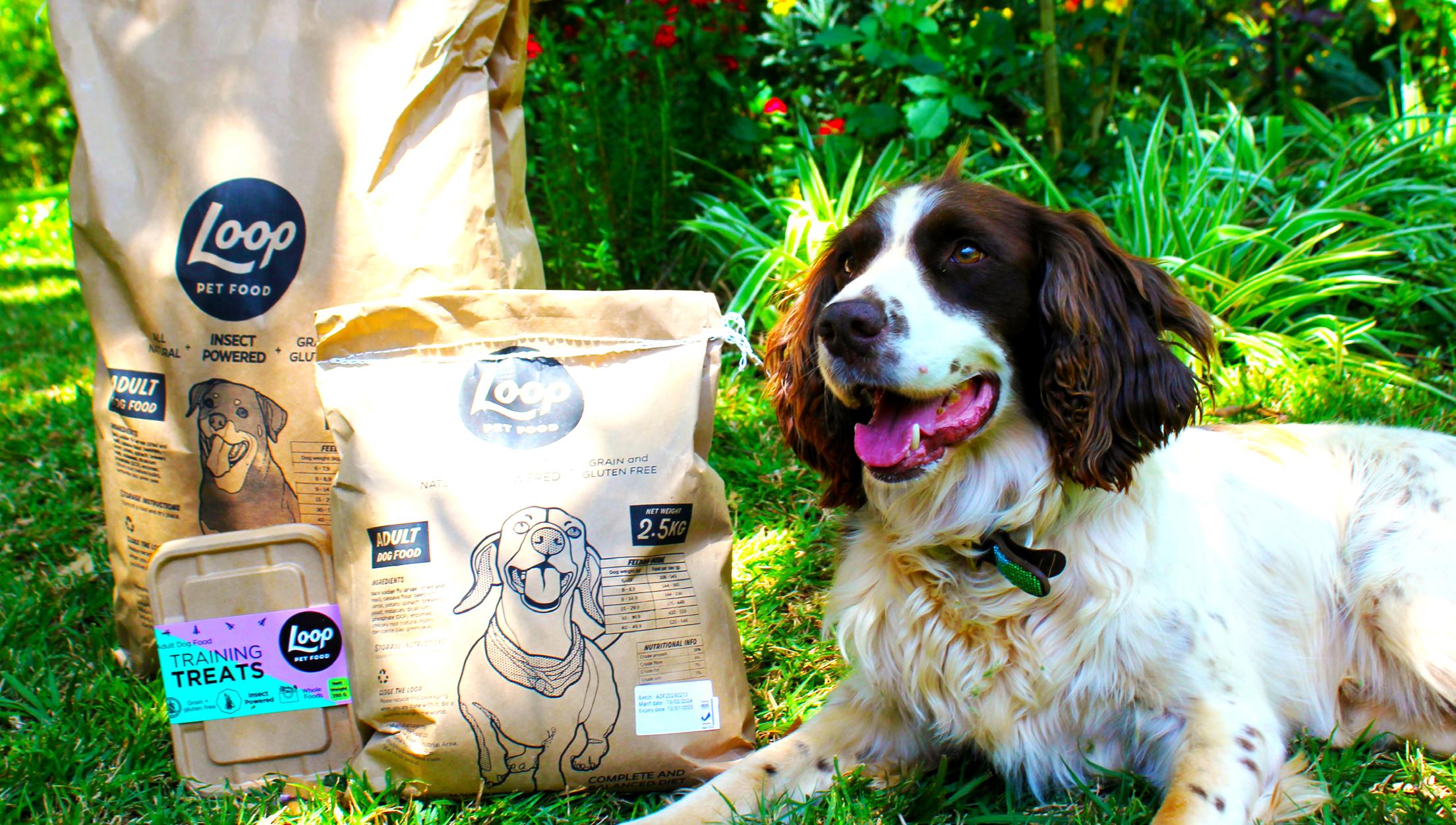
LAURA STANFORD - CEO LOOP PET FOOD
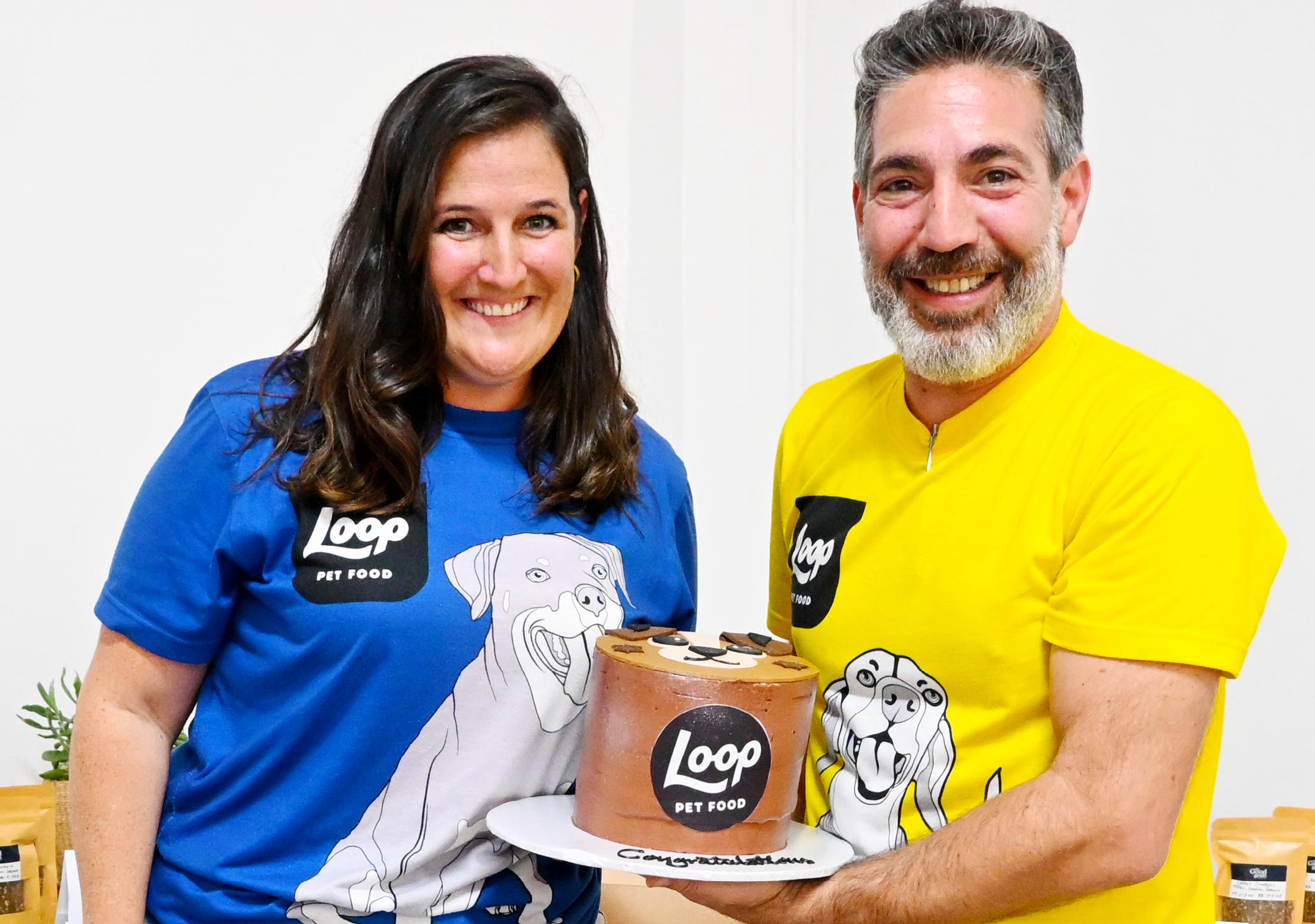
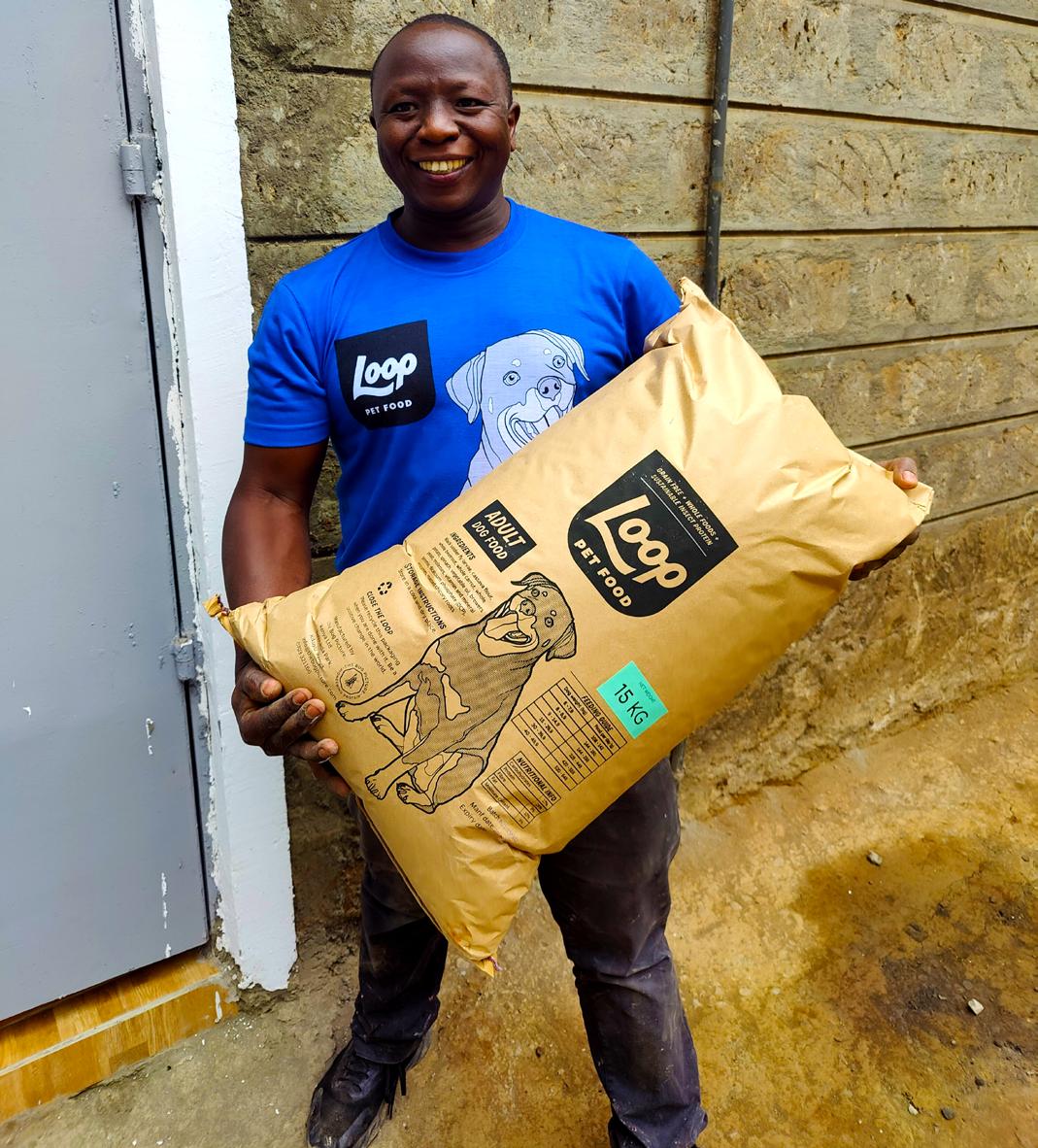
“Just by using KPLC, I’m using renewable energy sources, which is so cool. Additionally, a lot of our moisture comes from the vegetables in our recipes. The only water we use is for cleaning.”
Every operational choice is filtered through that lens, including packaging. “At the moment, we’ve got our paper bags, and where we’re looking to go is towards recyclable plastic.” She adds that their neighbour is a recycler: “People can return the bags to us, and we’ll make sure they go to recycling.”
Loop’s model is structured to reduce waste at every turn. “We always make sure the decisions we make are coming back to closing that loop, because I don’t think we have excuses not to anymore.”
PRICE, ADOPTION & THE COST OF MONEY
Loop's product may be radically local and circular, but price remains its most crucial entry point.
Laura frames the company’s priorities in a strict order:
1. Nutrition: Formulated to AAFCO and FEDIAF standards; every batch is aflatoxin tested.
2. Affordability: Price within 10% of mid-tier imports, with an economy line in R&D.
3. Sustainability: The company diverts five kilograms of organic waste and avoids 17 kg CO₂e for every
Co-founders Laura Stanford and Amit Grabowski at the launch of their new plant
Mark, an employee at Loop Pet Food, dispaying a bag of premium dog food
kilogram of kibble sold.
“If we don’t win on the first two, no one sticks around to care about the third,” she says.
“You can build the most sustainable thing in the world,” Laura adds, “but if people can’t afford it, or don’t see why they should switch, you won’t move the market.”
Their kibble currently retails at a mid-premium price point, slightly below imported brands like Pedigree and Hill’s Science Diet, but higher than generic maize-meal blends that dominate Kenya’s lower-income segment. For Laura and co-founder Amit Grabovski, finding that sweet spot between affordability and value was always part of the challenge.
Furthermore, insects carry a cultural “ick factor”, a visceral resistance shaped by years of conditioning, especially among urban dwellers who associate larvae with waste and decay, not wellness. To address this, Loop uses vet partnerships, social media, and WhatsApp videos to normalise insectbased nutrition for customer education. It also helps that some communities in Kenya and the broader Eastern Africa associate insects with food.
In Laura’s view, Kenya has proven to be fertile ground for entrepreneurs willing to think differently. “In Kenya, your idea can be very big or very small, but you can start with basic machinery to test it. You don’t need to wait for perfect conditions. There’s so much opportunity because industrialisation is still young. We can build a beautiful industrial Kenya, one small company at a time,” she adds.
WHAT’S NEXT FOR LOOP PET FOOD?
Loop Pet Food is developing a new cat food line. “Cats are
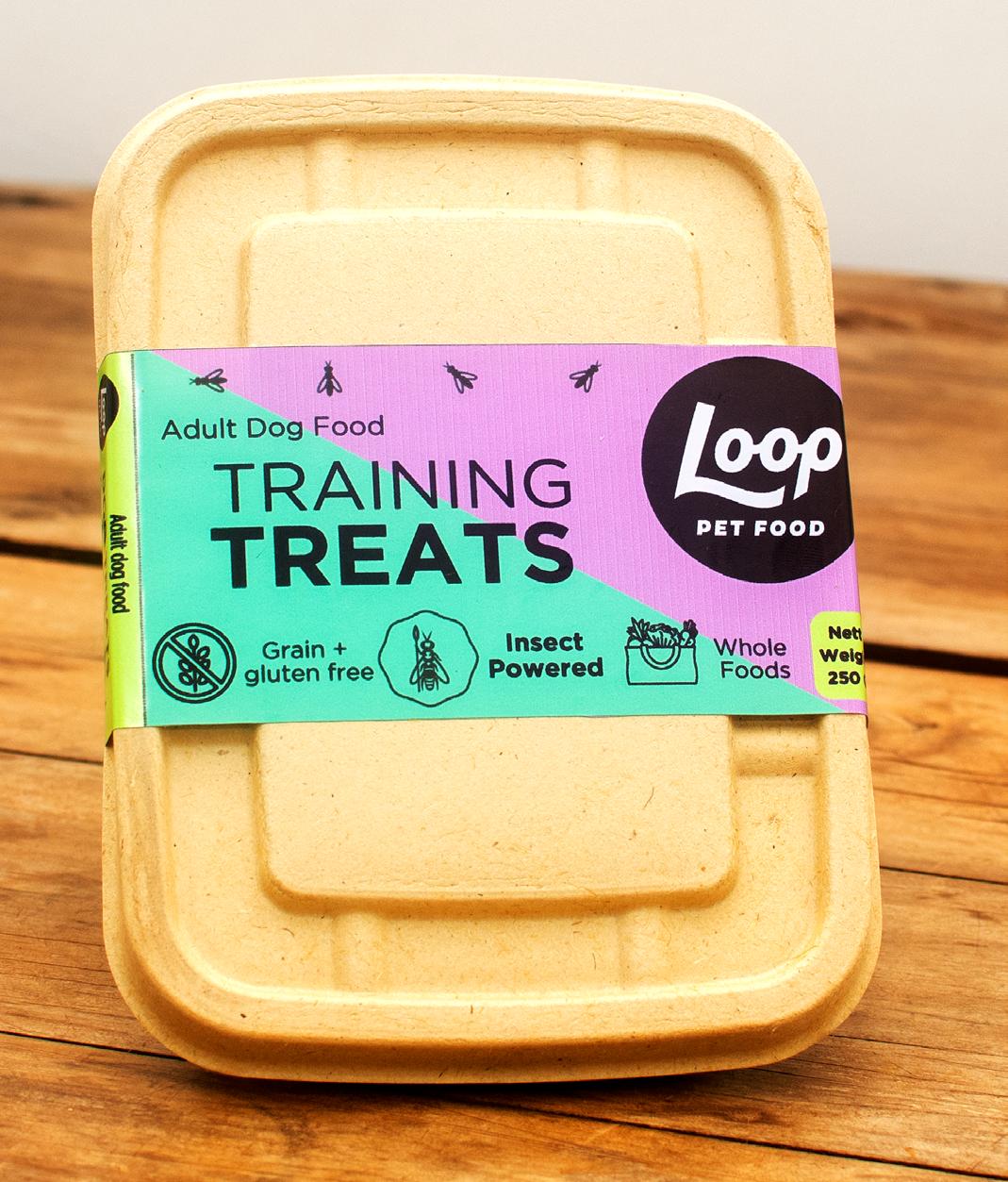
YOU CAN BUILD THE MOST SUSTAINABLE THING IN THE WORLD, BUT IF PEOPLE CAN’T AFFORD IT, OR DON’T SEE WHY THEY SHOULD SWITCH, YOU WON’T MOVE THE MARKET.
obligate carnivores,” says Laura. “They should eat like lions in the Maasai Mara, meat only.” Yet dry pet food, by nature, requires more than just meat. The team is working to create a dry formula that respects this dietary need while staying ethical, sustainable, and complete. They won’t launch until the product meets their standards for nutritional integrity.
At the same time, Loop is expanding into feeds for backyard animals like chickens and rabbits. Many Kenyan households that keep pets also raise small livestock; therefore, the company aims to offer products that cater to this broader need.
The team handles research and development in-house, supported by an international feed formulator with experience in insect-based nutrition. Together, they are updating all recipes to meet AAFCO (US) and FEDIAF (EU/UK) standards. Loop also plans to earn HACCP and ISO 22000 certifications in the coming months, aligning its safety standards with those of human food production.
Loop is building an economy line to reach more households. The team aims to expand its retail footprint, increase its presence on more shelves, and enhance price competitiveness through scale. They’re also expanding their partnerships with vets, joining more events, and strengthening community engagement.
As part of its mission, Loop continues to support the Kenya Society for the Protection and Care of Animals (KSPCA), Kibera Youth for Stray Animals (KYSA), and Paws for a Cause – organisations that rescue and care for abandoned animals.
CLOSING THE LOOP
We return to the waiting room. The chill is gone, or we've stopped noticing. The jars still catch the light, but the room now holds a quiet familiarity. A few copies of recent Feed Business Middle East & Africa issues are passed around. Laura flips through the one where she contributed a piece on pet nutrition, chuckles, and jokes about sending it to her extended family. We pose for a few photos. Mostly of us, the visiting editorial team, with Laura slipping into a few frames between scenes.
We select the neatly packed samples that are displayed neatly by the product, which we get to take home. Just as we wrap up, the rain starts. Softly at first, then steadily. “Is that rain?” Laura tilts her head, listening, “Oh, it’s rain. I love it.”
FBMEA








IAOM MEA’s Inaugural Feed Milling Forum Elevates Animal Nutrition Dialogue in MEA
From May 6 to 8, 2025, the International Association of Operative Millers Middle East and Africa Region (IAOM MEA) hosted its inaugural Feed Milling Forum in Dubai, launching a focused platform for the animal nutrition and feed production industry under the banner “Where Animal Nutrition Meets Excellence.”
Set against the backdrop of a feed industry on the rise, with the regional market projected to exceed US$32.96 billion by 2029, the forum offered participants a rich blend of scientific insights, engineering advances, and practical tools designed to help them meet the demands of a sector under increasing pressure to deliver quality, efficiency, and sustainability.
The three-day programme featured a compelling roster of speakers and topics. Dr. Zahid Aslam delivered a keynote address that explored the critical intersections between feed formulation and production in the face of industry shifts. Priscilla Bakalian from Bühler’s African Milling School delivered two insightful presentations, one of them on strategies to secure the safety of the feed supply chain. Martin Schlauri, chairman of the IAOM MEA Education Committee, provided practical guidance on safe grain storage, while Wim Delameilleure of SCE discussed the return on investment of square silo infrastructure.
On the technology front, Alex Ammann of Bühler addressed the importance of moisture control and homogeneity in feed processing. Ivan Harjacek from Andritz highlighted the potential of AI in transforming feed mill operations. Presentations by Hamid Farahmand showcased expander and pelleting technologies, while Zeki Demirtasoglu of Bastak Group unpacked advanced quality control strategies.
Automation also featured prominently, with Abdul Raouf Mahmoudi of ASM Process Automation offering insights on plant-wide digitisation, and Stanko Milutinov from IFFCO detailing the precision required in micro-nutrient systems. Mansour Al Suwaiyeh shared developments in Saudi Arabia’s barley flaking industry, adding a regional layer to the forum’s global perspective.
Throughout the event, delegates explored exhibitions by some of the most respected names in process technology, including Alapala, Altınbilek, Bühler, IMAS, KAHL, ASM, Bastak, SCE, STATEC BINDER, and TANIS Milling Technologies. Looking ahead, the broader milling industry is now preparing for the 35th IAOM MEA Conference & Expo, scheduled to take place for the first time in Saudi Arabia from December 1 to 4, 2025, at the Jeddah Hilton. FBMEA
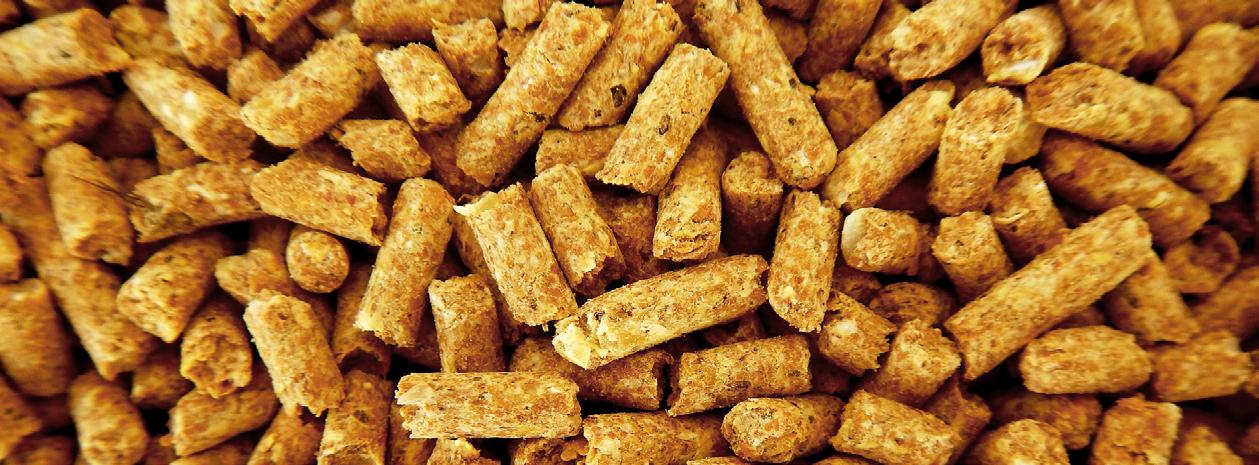

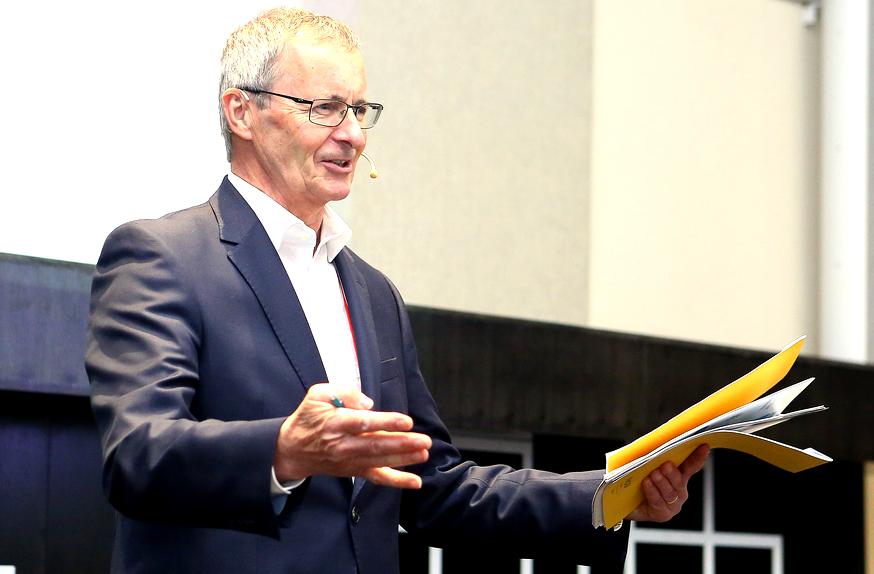


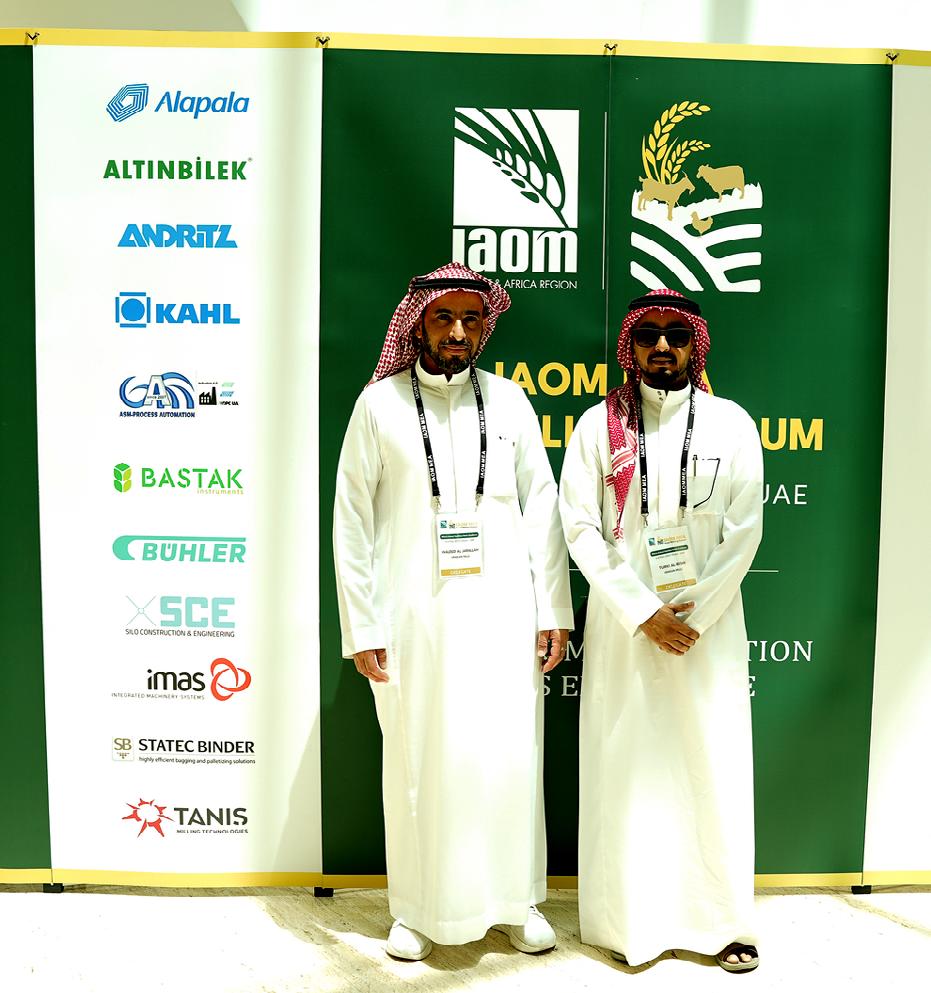
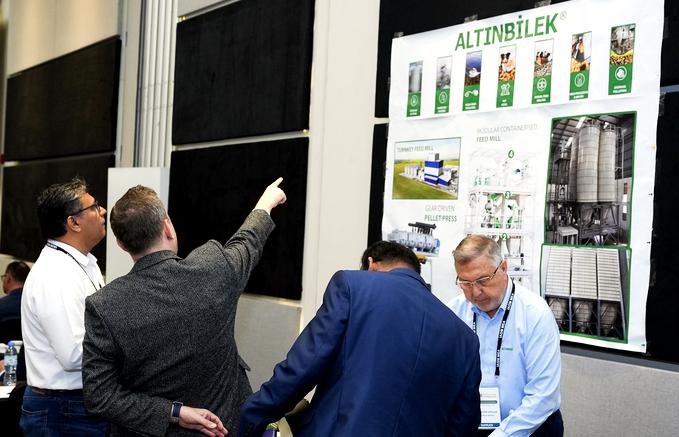
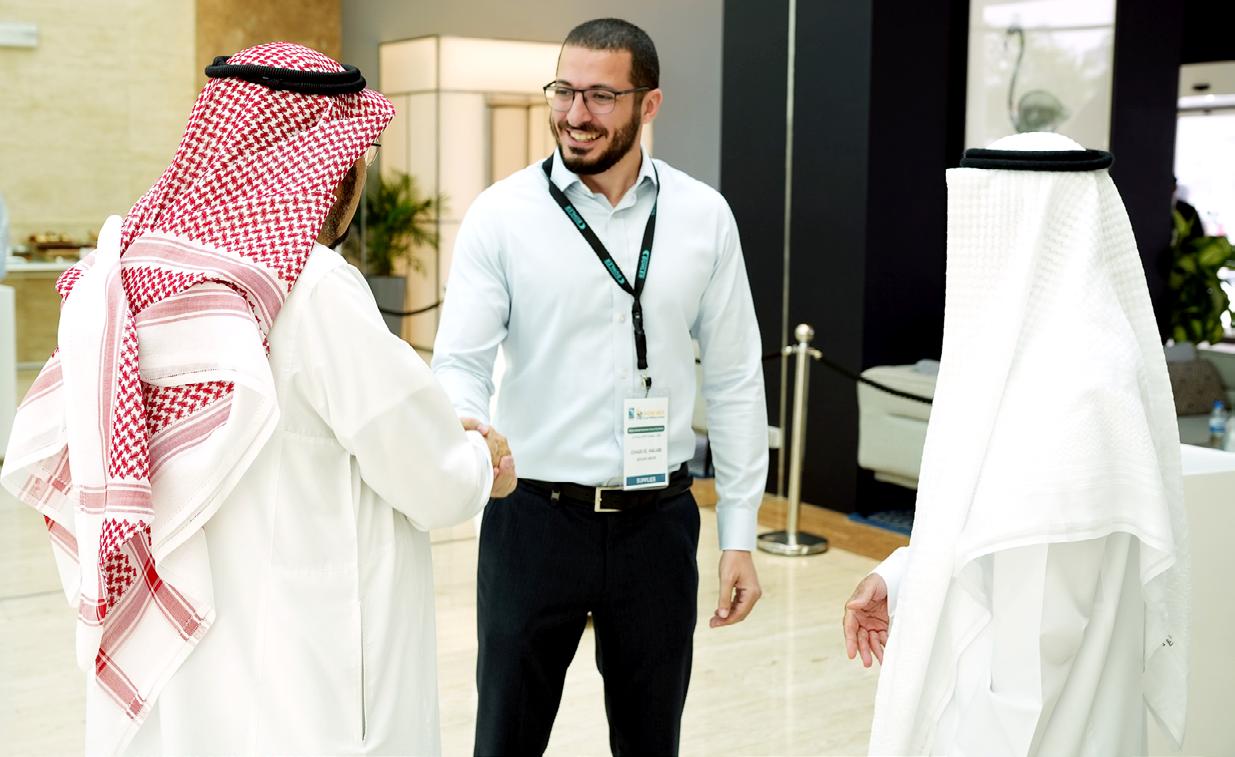
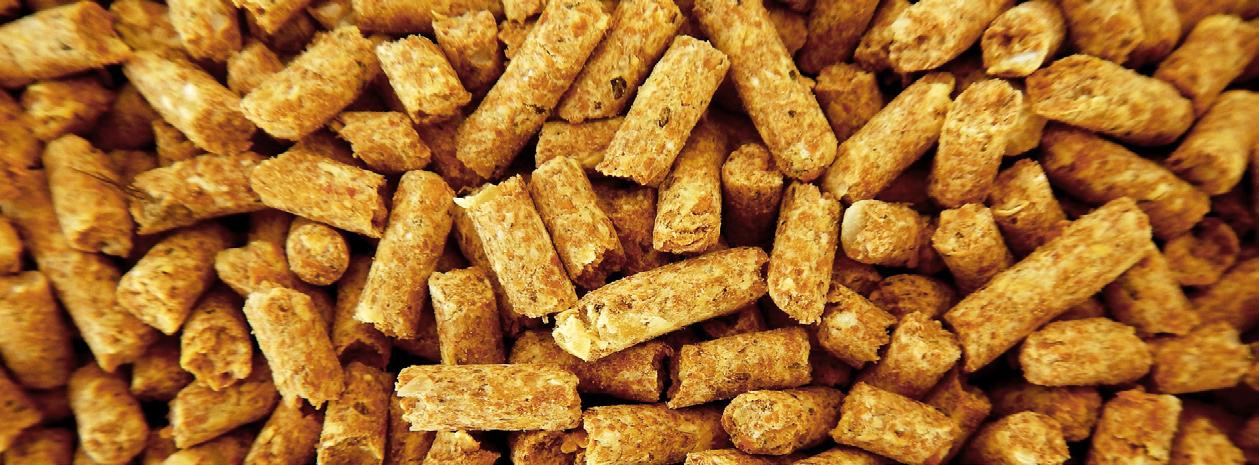
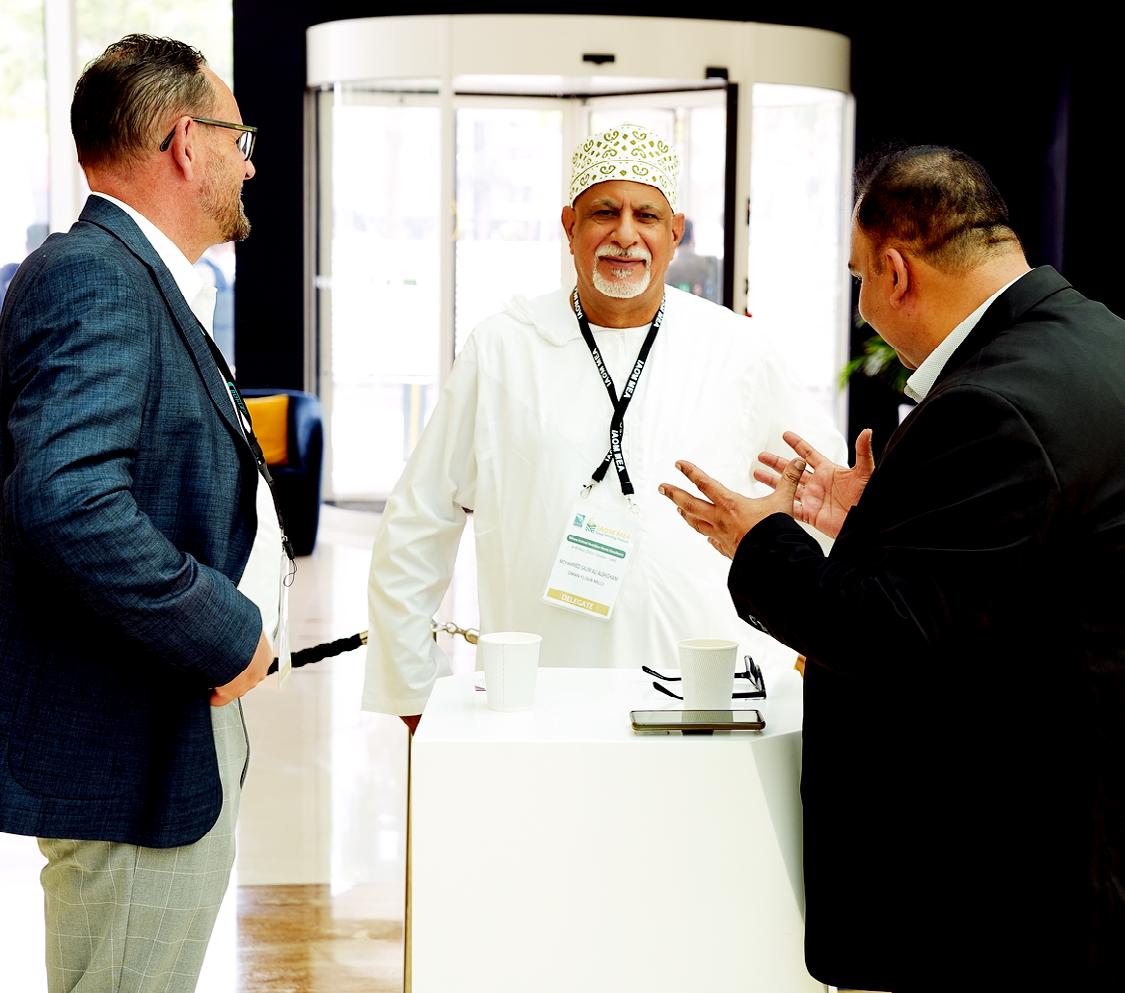
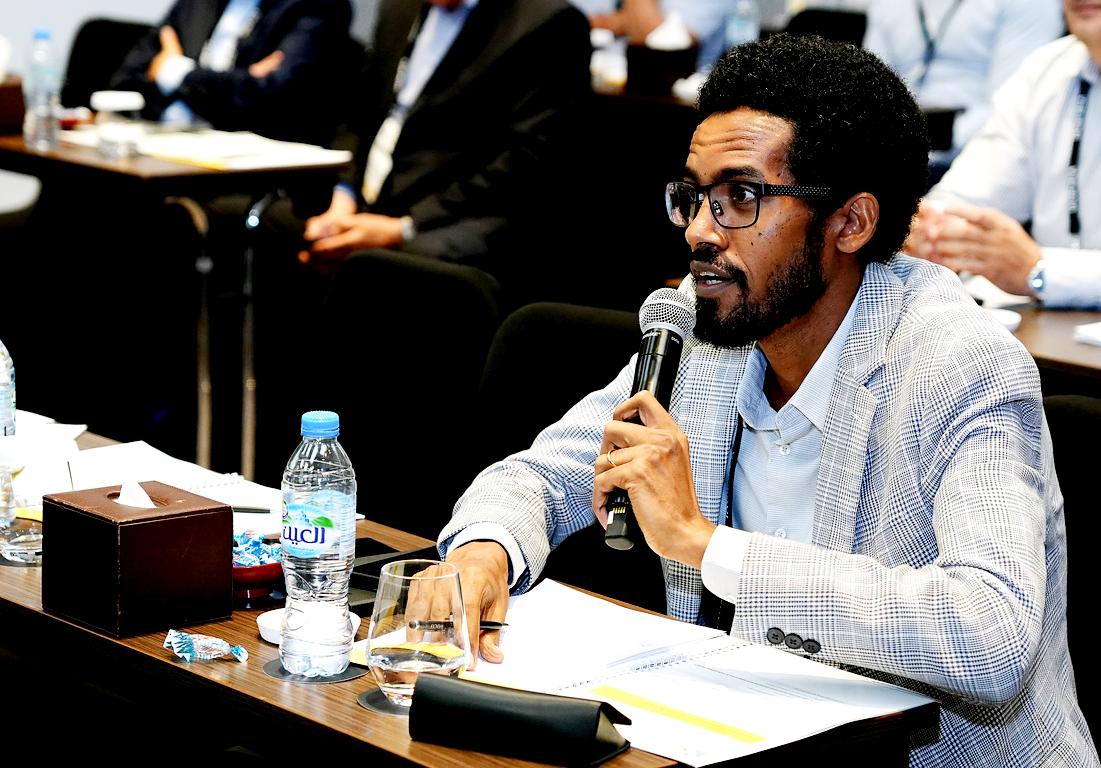
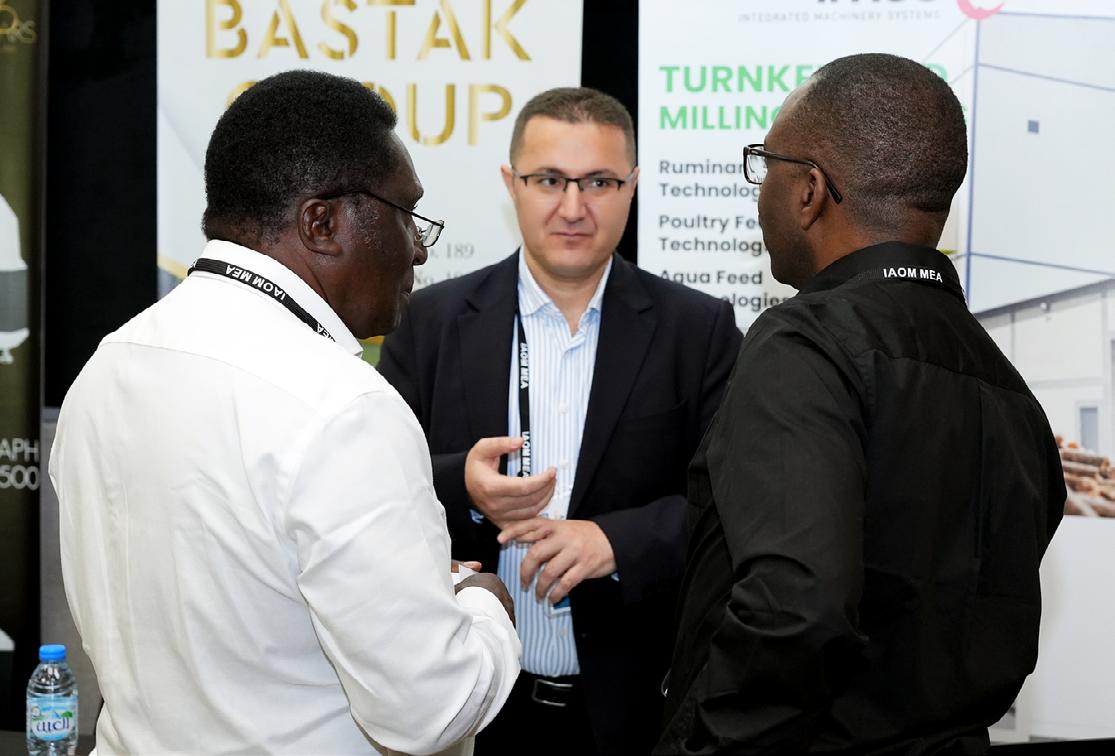
Why Africa Matters Now:
Mr. Faisal Baig, the newly appointed
SubRegional Director for Africa at ANDRITZ Feed & Biofuel on the company's strategy for Africa
BY FRANCIS JUMA
Please tell us a bit about your journey to heading the ANDRITZ office in Dubai and your new role covering Sub-Saharan Africa.
MR. FAISAL BAIG: Since joining ANDRITZ in 2021, my journey has been both diverse and fulfilling. I’ve held several roles that have deepened my understanding of the feed and biofuel sectors, and I’m honoured to take on now the role of leading our operations across Sub-Saharan Africa.
We recently restructured our focus by separating the former Middle East and Africa portfolio into three distinct regions: Africa, the Middle East, and Turkey, each with dedicated leadership. I now oversee the Africa region, which is entering a defining moment in its industrial development.
The demand for animal proteins, from poultry and livestock to aquaculture, is rising, and Africa is increasingly investing in infrastructure to meet this demand. Our technologies are wellsuited for this growth, especially as the market shifts toward more efficient, digitised, and sustainable solutions.
To ensure we remain close to our customers, we’ve established regional teams in Northwest Africa, East Africa, and South Africa. These teams engage directly with clients on the ground, listening, advising, and co-creating tailored solutions that meet local needs.
What excites you most about the feed and biofuels sector in Africa, and what is your vision for driving ANDRITZ’s growth on the continent?
MR. FAISAL BAIG: Africa is at an inflection point. With rapid urbanisation, a rising middle class, and growing protein demand, we are witnessing an unprecedented opportunity to build integrated feed systems and scalable biofuel solutions. What excites me is the chance to create circular, resilient supply chains that empower local producers.
We’re also seeing a shift: multinational companies are no longer just exporting to Africa, they’re setting up manufacturing bases and making acquisitions on the continent. Additionally, small, family-run feed mills are scaling into large commercial operations. These players need modern, energy-
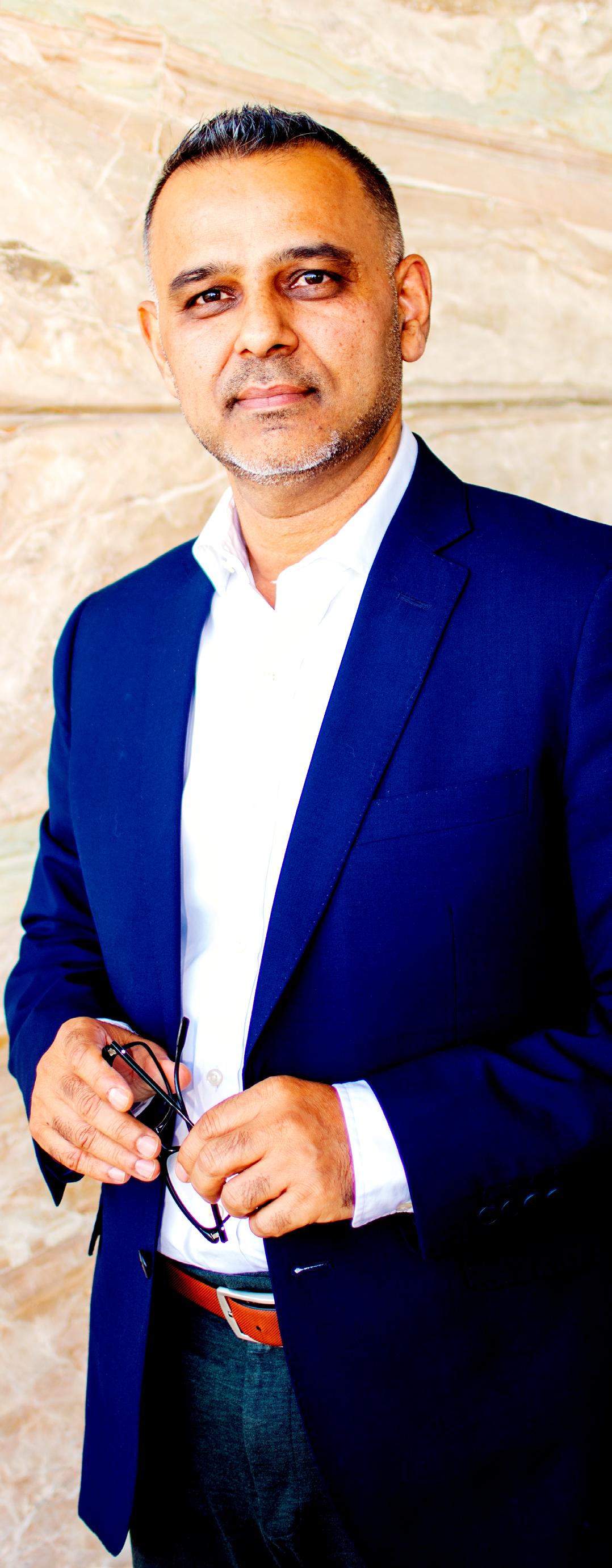
efficient, and digitally enabled solutions, and that’s precisely where ANDRITZ comes in.
Our vision is to create localised, inclusive ecosystems anchored in sustainable raw material sourcing, smart manufacturing, and strong distribution networks. We aim to be a partner of choice, through technology, and by investing in long-term capacity building and value chain integration.
Which trends and regions are shaping your growth strategy in Africa?
MR. FAISAL BAIG: We're seeing strong momentum in four areas: commercial poultry and aquaculture feed demand, industrial-scale feed mill development, decentralised biomass solutions, and interest in second-generation biofuels. These trends reflect a broader shift toward digitalised advanced manufacturing and green energy transition.
East Africa and Southern Africa are leading in infrastructure readiness, private investment, and agro-industrial capacity. West Africa, notably Nigeria and Ghana, is rapidly emerging due to population-driven demand. Additionally, Africa’s advantage lies in its abundance of arable land, underutilised agricultural residues, and a youthful, adaptable workforce. With ANDRITZ technology and policy support, Africa can become a net exporter of sustainable feed and biomass.
We aim to offer scalable, modular, and regionally adapted feed solutions, and support investments in decentralised biofuel projects that can serve both on- and off-grid needs. We’re prioritising technologies that reduce setup costs, improve nutrient efficiency, and promote energy efficiency.
How is ANDRITZ integrating digital technologies, and circular economy principles into its African operations?
MR. FAISAL BAIG: Our portfolio includes energy-efficient feed technologies such as advanced hammer and pellet mills, coupled with automation systems that optimise energy use, improve throughput, and lower operational costs. We're also leading in bio-waste conversion and offer dedicated technology for black soldier fly processing, a promising local alternative to traditional fishmeal and soy-based ingredients.
On the digital front, our Metris automation platform enables real-time monitoring, remote and centralised plant control, and predictive maintenance, all of which streamline operations, reduce unplanned downtime, and improve consistency in output quality. Its predictive maintenance function supports fewer breakdowns and better control of operational expenses. These capabilities are a game-changer for feed producers looking to scale efficiently.
We’re also advancing circular economy models by offering solutions that convert plastics, wood, and industrial waste into clean energy. For instance, we help reprocess wood waste into biomass pellets used for clean cooking or steam generation.
How are you navigating Africa’s fragmented markets and aligning with regional initiatives like AfCFTA to streamline operations?
MR. FAISAL BAIG: We take a decentralised approach, focusing on local regulatory engagement, risk-sharing partnerships, and policy advocacy. This allows us to operate with agility and influence reforms in collaboration with national and regional stakeholders.
AfCFTA offers a unique opportunity to harmonise standards, reduce cross-border trade costs, and scale manufacturing. Most standards are already internationally derived, so this does not significantly impact our technology; however, it presents an opportunity for Africa to adopt higherquality feed and biofuel processing across the board.
How is ANDRITZ working with partners like DFIs, governments, and local innovators to scale impact across Africa?
MR. FAISAL BAIG: Public-private partnerships are vital for de-risking capital, accelerating infrastructure, and scaling industry mechanisation. We’re actively engaging with governments, NGOs, and development finance institutions (DFIs), particularly in areas such as feed production zones and biofuel corridors. DFIs offer concessional finance, technical support, and risk guarantees. They are co-creators of inclusive, commercially viable solutions.
We treat cooperatives as strategic partners. We co-create business models that enhance their margins, support them with training, and link them to finance and inputs. We’re also exploring African innovations with global potential, such as banana pulp as a feed ingredient, an example of how local ingenuity can be scaled through co-development.
What leadership principles guide you as you manage diverse teams across Africa?
MR. FAISAL BAIG: Empathy, agility, passion, and accountability. I believe in empowering local teams, fostering inter-country collaboration, and creating space for innovation and cultural intelligence to thrive.
Success in my first year in this office will mean laying the foundation: establishing anchor projects in at least three countries, deepening association and DFI engagement, and building a capable, empowered regional team.
What’s your message to local industry players looking to grow alongside your division?
MR. FAISAL BAIG: This is the time to scale. Africa's feed and biofuels sector is ripe with opportunity, and we’re looking for partners who are committed to sustainability, innovation, and long-term value creation. Let’s build it together. FBMEA
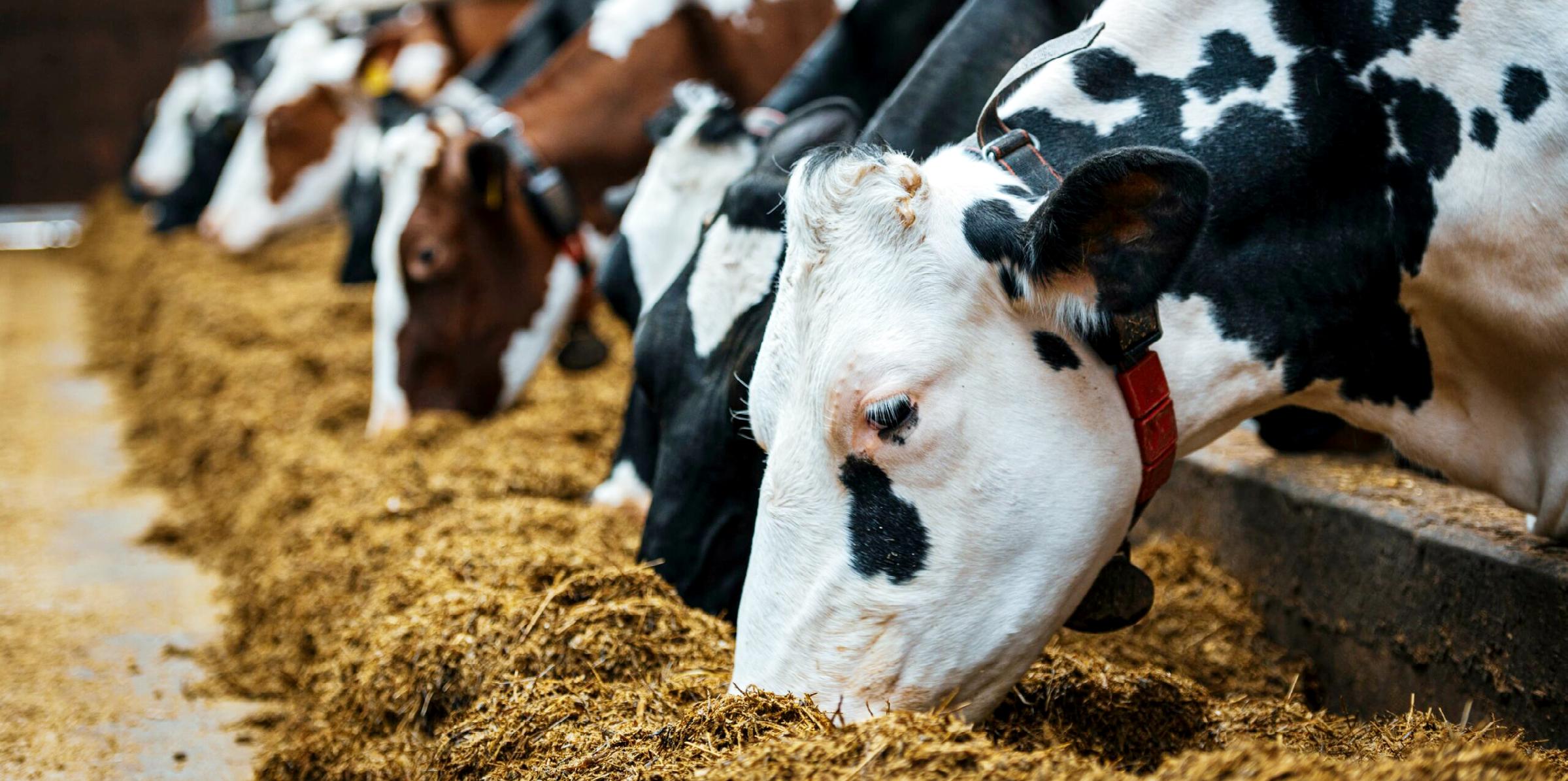
Defying the Odds: Africa and the Middle East Lead the Way in Feed Sector Recovery
BY WANGARI KAMAU
In a world still reeling from economic shocks, climate whiplash, and the persistent shadow of animal disease outbreaks, one would expect the global feed industry to stall, or even shrink. Yet, against the odds, it not only endured but inched forward. And leading that charge were Africa and the Middle East. According to the 2025 Alltech Agri-Food Outlook, these regions recorded the highest percentage growth in feed production globally in 2024, with output surging by 5.4% to reach 95.5 million metric tonnes. Africa alone posted a 7.2% increase, the strongest of any region, while the Middle East managed a respectable 2.8% rise, despite long-standing structural constraints.
This momentum speaks to more than numbers. It’s a signal of more profound shifts: a region steadily transitioning from subsistence to commercial systems, new players entering the market (think pet food and aquafeed), and a quiet resilience rewriting Africa and the Middle East’s place in the global livestock economy. Poultry and dairy rebounded. Pet food skyrocketed. And aquaculture, though still small in scale, began showing signs of strategic intent.
The gains come at a time when the rest of the world fought hard just to maintain their footing. Global feed production grew by a modest 1.2%, rising from 1.380 to 1.396 billion metric
tonnes, as supply chains stabilised and demand gradually recovered from a stagnant 2023. Even so, the Asia-Pacific region posted a decline, and several top producers, such as China, saw sharp drops in specific sectors.
REGIONAL SPOTLIGHT: AFRICA AND THE MIDDLE EAST
In 2024, Africa’s total feed output rose from 53.9 million to 57.8 million metric tonnes, and the Middle East followed suit with an increase from 36.7 to 37.7 million tonnes; a modest gain, but one that speaks volumes given the region’s enduring structural constraints.
Traditionally characterised by smallholder, low-input systems, Africa’s feed landscape is evolving fast. Countries across the continent are shifting toward more intensive and commercialised models, especially in dairy, beef, poultry, and aquaculture. The results are striking: dairy feed production surged by 25.7%, the highest percentage increase of any region worldwide, driven by the rise of urbanised, commerciallyoriented smallholder farms and improved cold-chain infrastructure. Beef feed tonnage jumped 32.2%, reflecting both growing urban appetite for red meat and a shift toward feedlot systems in drought-prone areas with poor pasture
quality.
The poultry sector, still the dominant feed consumer, also showed signs of recovery and resilience. Broiler feed grew 2.6% in Africa and 9.2% in the Middle East, as producers bounced back from 2023’s HPAI disruptions and responded to rising demand for affordable protein. Layer feed grew modestly in Africa (+1.7%), but fell 1.1% in the Middle East, constrained by volatile egg prices and persistent supply chain instability.
Meanwhile, aquaculture feed defied global trends. While global aquafeed production declined by 1.1%, Africa recorded a 9.1% increase, fueled by expanding inland fish farms and a shift toward formulated feeds. Although volumes remain relatively low, this growth indicates aquaculture’s increasing strategic importance as a tool for food security and economic development. In contrast, aquafeed in the Middle East dipped by 0.6%, though long-term prospects remain positive, especially in the UAE, where investment in recirculating aquaculture systems (RAS) is gaining momentum.
The most explosive growth came from the pet food industry. Africa led the world with a 60.3% year-on-year increase, as urbanisation, rising disposable incomes, and changing cultural attitudes toward companion animals sparked demand for premium pet nutrition. The Middle East also posted positive gains (+0.95%), mirroring this shift, albeit more gradually.
All of this progress unfolded despite formidable headwinds: conflict in Sudan, ongoing geopolitical instability, currency volatility, water scarcity, and spiralling input costs. Yet feed producers across both regions adapted by expanding mill capacity, reformulating rations, and leveraging regional policy support where possible. What emerged was not just growth, but a signal that Africa and the Middle East are rapidly maturing into serious players on the global agri-feed stage.
COMPARED WITH GLOBAL FEED TRENDS
While Africa and the Middle East led the world in percentage growth, the broader global picture, outlined in the 2025 Alltech Agri-Food Outlook, reveals a feed industry in cautious recovery. The year 2024 saw global feed production experience a modest yet meaningful rebound after a nearly flat 2023, where feed production rose by only 0.2%, primarily thanks to the Russo-Ukrainian war. The growth in 2024 occurred despite persistent headwinds, including economic instability, disease outbreaks, high input costs, and the deepening effects of climate change.
We have already established that Africa and the Middle East emerged as clear growth leaders, with a combined 5.4% increase, driven mainly by a shift toward commercial production systems, expanding urban demand, and greater feed mill investment.
Elsewhere:
• Latin America posted a solid 3.6% rise, buoyed by robust demand for poultry and pork, and strong export momentum, particularly from Brazil and Mexico.
• Europe grew 2.7%, with improvements in pig and aquaculture feed production. However, evolving
BROILER FEED ROSE 1.8%, SUPPORTED BY INCREASING DEMAND WHILE LAYER FEED REMAINED ESSENTIALLY FLAT, IMPACTED BY EGG OVERSUPPLY AND DISEASES IN KEY MARKETS.
sustainability mandates and emission-reduction policies may temper future expansion.
• North America inched up 0.6%, restrained by lingering HPAI impacts, stagnant aquaculture, and tighter consumer spending in an inflationary environment.
• In contrast, Asia-Pacific, historically the largest feed-producing region, experienced a 0.8% decline, primarily due to sharp reductions in China’s pig and beef feed output.
From a species perspective, poultry feed continues to dominate globally, accounting for 42.7% of all feed volume. However, its growth has slowed. Broiler feed rose 1.8%, supported by affordability and increasing export demand. In contrast, layer feed remained essentially flat, as it was impacted by egg oversupply and disease challenges in key markets, such as North America and Asia.
The dairy sector was a surprise bright spot, with a 3.2% global increase. Stronger milk prices fueled this, intensified production models, and rising consumer demand, especially in Africa, Europe, and parts of the Asia-Pacific region. The numbers confirm dairy’s steady resurgence as a key driver of feed demand.
Aquaculture, by contrast, recorded a 1.1% global decline, marking its second consecutive year of contraction. While demand for fish protein remains strong, the sector was hampered by disease outbreaks, high feed costs, and erratic weather patterns, particularly in Asia and Latin America. Still, growth in regions like Africa and Europe offered a glimmer of resilience and longer-term potential.
Pet food stood out as the fastest-growing category globally, expanding by 4.5%. Emerging markets led this surge, where rising incomes and shifting cultural norms have sparked a boom in pet ownership. Africa’s 60.3% increase is the most dramatic, but similar upswings are visible in Asia and Latin America. The result is a growing appetite for premium, functional, and human-grade formulations, transforming a once-niche segment into a major driver of growth.
WHAT’S DRIVING THE TRENDS?
Beneath the growth figures are several intertwined forces shaping both production and consumption patterns globally. Economic pressures remain one of the strongest
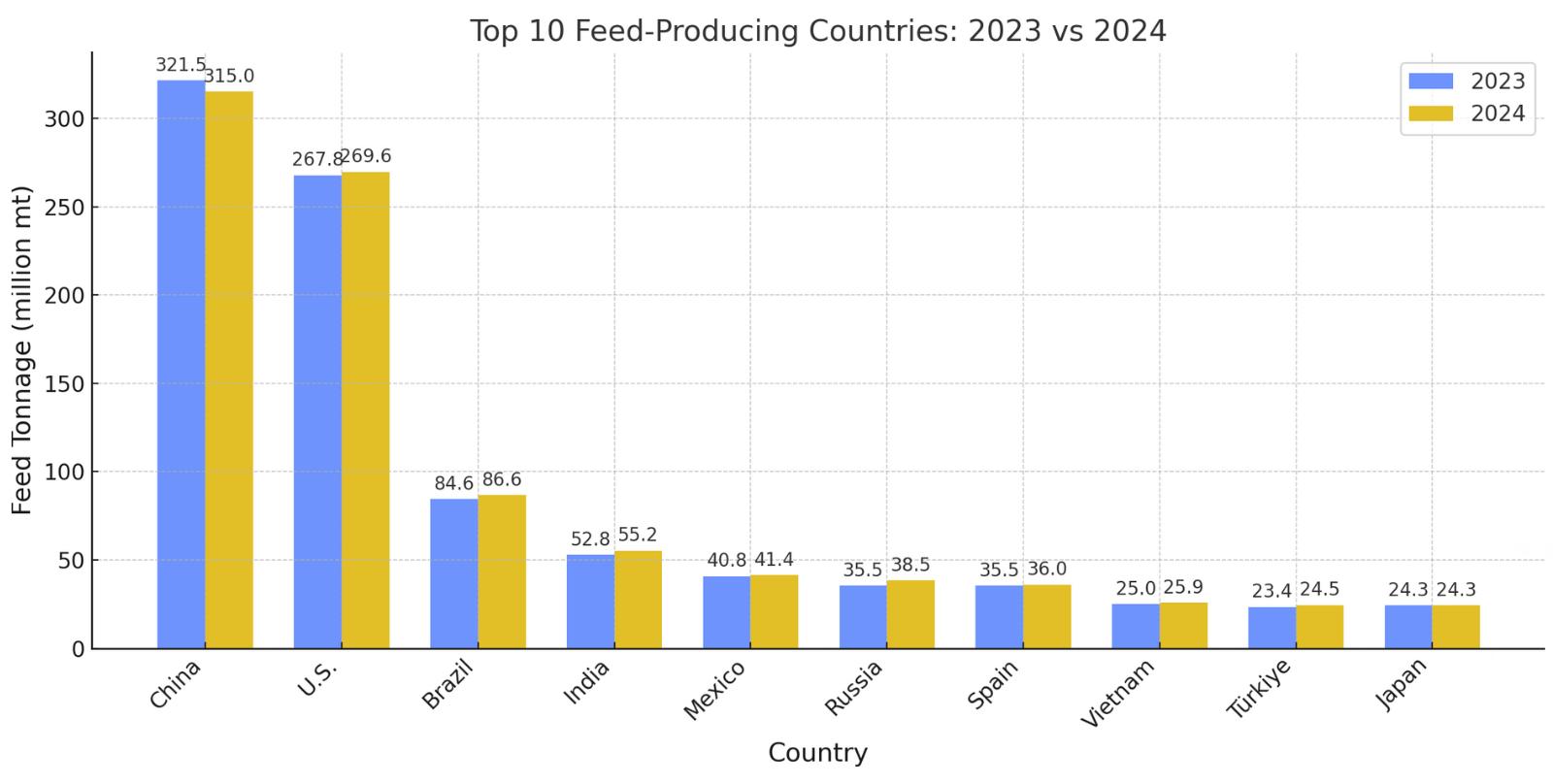
influencers. Rising input costs, inflation, and changing disposable incomes have altered consumer choices, tilting preferences toward cheaper proteins like poultry and eggs. This shift has amplified demand for certain feeds while depressing others, such as beef or aquafeed, in regions facing affordability challenges.
Disease outbreaks, particularly highly pathogenic avian influenza (HPAI) and African swine fever (ASF), continue to reshape supply chains and consumer demand. From massive flock culls to market volatility, disease management has been as much about economic survival as it is about animal health. Countries that implemented aggressive biosecurity and vaccination protocols, such as France and Brazil, have fared better in stabilising production.
Climate change has also forced producers to rethink feed strategies. In drought-hit regions like North America, Latin America, and parts of Africa, reliance on commercial feeds has grown as pastures shrink and grain yields become unpredictable. This has pushed up feed costs, but also accelerated innovation.
Pet humanisation is another major driver. Across continents, pets are increasingly seen as family, not animals. That emotional bond has translated into higher spending on tailored, functional nutrition—from joint-supporting kibble to probiotic-laced treats—fueling sectorwide growth.
Finally, technology adoption, sustainability mandates, and regional policy integration are
influencing feed formulation, sourcing, and milling. Countries prioritising innovation and environmental accountability, like Norway with its 2034 Sustainable Feed Mandate, are setting a new global benchmark for what the future of feed must look like: smarter, leaner, and far more circular.
WHAT DOES THE FUTURE HOLD?
Looking ahead to 2025, the global feed and agrifood sectors are expected to experience modest growth, shaped by regional dynamics and speciesspecific challenges. The Alltech report opines that optimism remains strong for the poultry and pet food industries, while aquaculture, dairy, and beef are cautiously optimistic sectors navigating cost, disease, and regulatory pressures. The pig industry remains divided in sentiment due to the lingering effects of African Swine Fever (ASF).
Innovation will play a critical role in driving both efficiency and sustainability, with technologies such as advanced nutrition, genetics, biosecurity, and renewable energy gaining traction. Disease management and economic volatility, including rising input costs and geopolitical instability, will continue to pose risks. Regions that emphasise biosecurity, cost control, and sustainable production practices will be better positioned to weather these challenges. Overall, 2025 will demand adaptability and collaboration across the value chain to ensure continued resilience and progress. FBMEA
Soybean Producers in the Middle East and Africa – 2024/2025 Marketing Year
Soybeans are prized for their high protein content, making them a vital component in animal feed production. As demand for poultry, livestock, and aquaculture feed rises across the region, driven by increasing consumption of animal protein, soybean cultivation has become increasingly important. The Middle East and Africa region, however, collectively accounts for less than 1% of global soybean output. Based on USDA/FAS estimates for the 2024/25 marketing year, these are the region’s top 10 producers.
1 SOUTH AFRICA – 2,330,000 METRIC TONS
South Africa remains the region’s top soybean producer, driven by advanced farming systems and expansive cultivation. Output rose from 1,840,000 tons in 2023/24, a season hit by prolonged drought, and is projected to reach 2,470,000 tons in 2025/26, driven by expanded acreage.
NIGERIA – 1,400,000 METRIC TONS
Nigeria continues to play a key role in the continent’s soybean sector. The country has steadily expanded its cultivation area to meet rising demand from the growing domestic and regional feed industries. Output is forecast to rise to 1,500,000 tons in 2025/26, as hectarage increases from 1,350,000 to 1,400,000 hectares.
ZAMBIA – 770,000 METRIC TONS
Soybean production in Zambia has surged, with acreage growing from 375,000 hectares in 2022/23 to 604,000 hectares in 2023/24, lifting output from 475,000 to 760,000 tons. Production is expected to hold at 770,000 tons in 2025/26.
BENIN – 652,000 METRIC TONS
Benin has recorded remarkable growth in soybean production, up from 521,000 tons in 2023/24. Improved access to certified seed and farmer training has bolstered output. With increased government support, production is projected to rise to 700,000 tons in the next season.
2 3 4 5 6 7 8 9 `10
GHANA – 358,000 METRIC TONS
Soybean production in Ghana continues to benefit from strong demand from the poultry sector. Output is expected to edge up to 360,000 tons in 2025/26 as more land is cultivated. This is a notable jump from the five-year average of 280,000 tons.
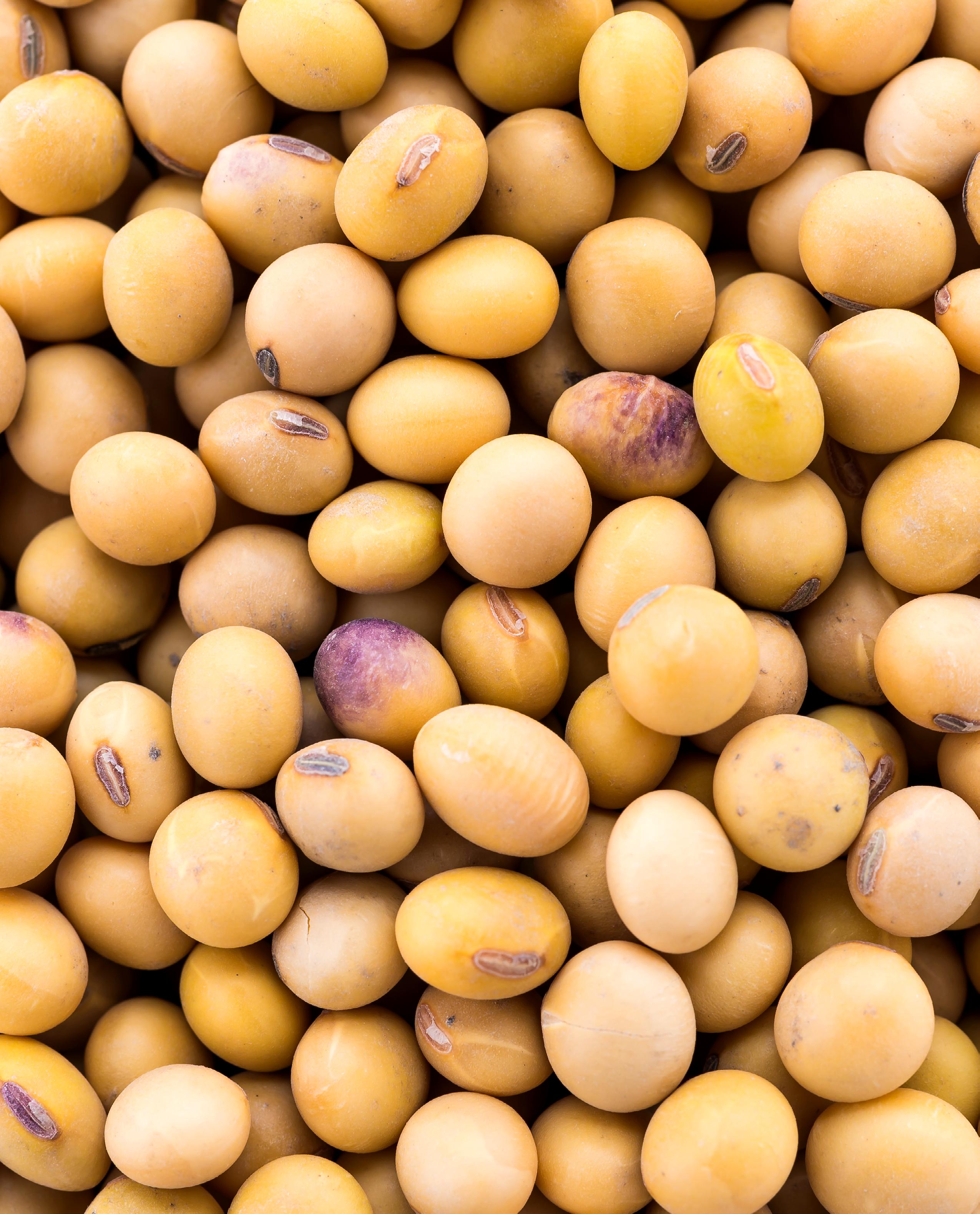
ETHIOPIA – 250,000 METRIC TONS
Ethiopia’s soybean industry is on a steady growth path, with production set to rise from 250,000 to 260,000 tons in 2025/26. This reflects a notable improvement from the fiveyear average of 225,000 tons, driven by expanded cultivation and the broader adoption of improved seed varieties.
IRAN – 170,000 METRIC TONS
Iran remains one of the few Middle Eastern countries with substantial soybean production, maintaining output at 170,000 tons. No change is expected in 2025/26, as priority is given to wheat, rice, and barley.
UGANDA – 150,000 METRIC TONS
Uganda’s output remains steady at 150,000 tons, underpinned by consistent demand from processors and regional buyers, and stable acreage. Production is expected to stay flat in the coming year. Yields, however, remain low at under 1 ton per hectare.
TURKEY – 150,000 METRIC TONS
Production in Turkey increased from 140,000 tons in 2023/24 to 150,000 tons, driven by expanded acreage. Output is expected to remain unchanged in 2025/26. The country still relies heavily on imports to meet its nearly two million-ton demand.
EGYPT – 85,000 METRIC TONS
Egypt closes the list with 85,000 tons of soybean production, matching its 2023/24 output, which had risen from 56,000 tons following an increase in cultivated area from 20,000 to 30,000 hectares. Production is expected to remain stable in the coming season.
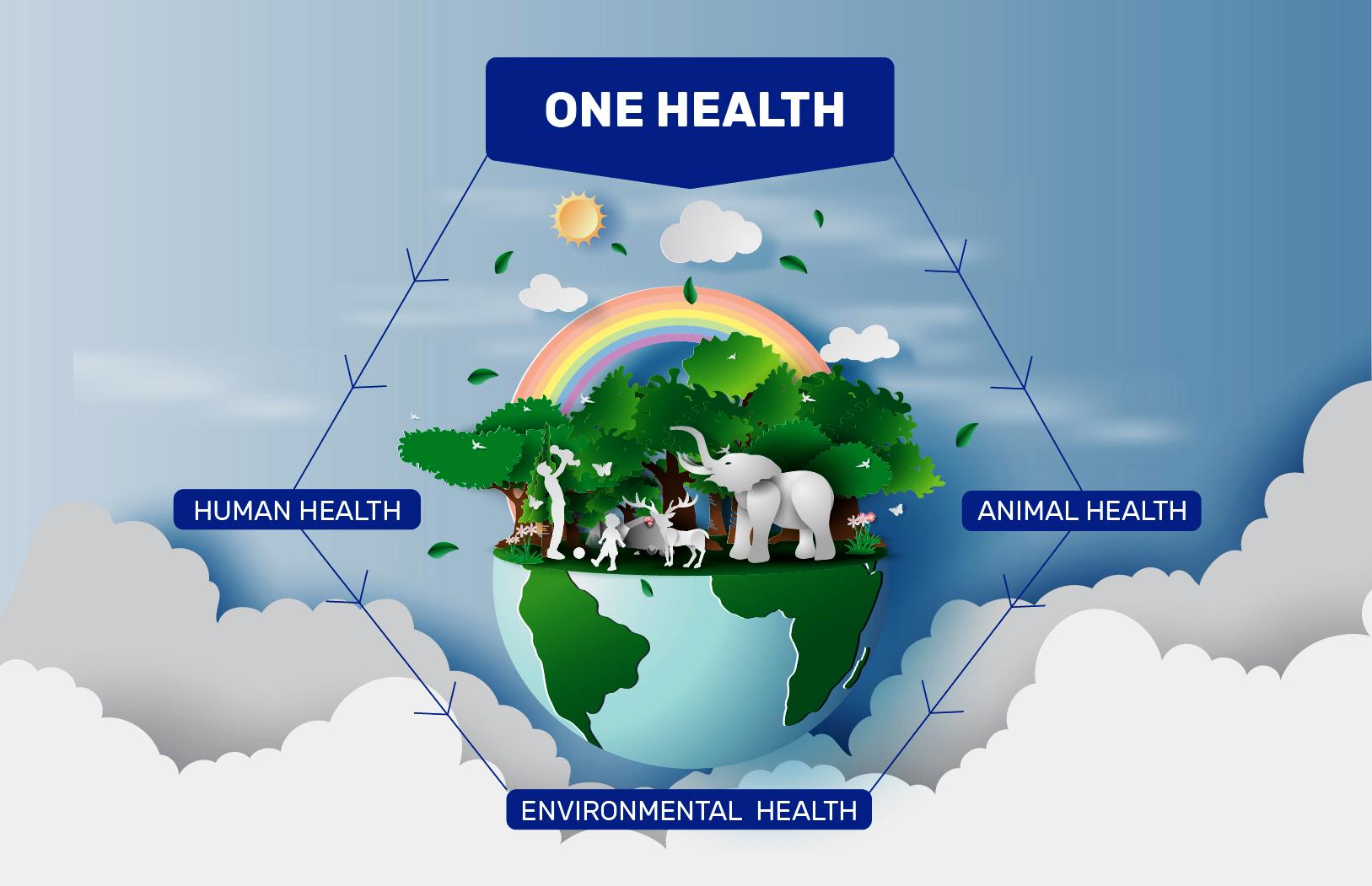
One Health: A Holistic Pathway to Africa’s Health and Food Security
BY MARTHA KURIA
By 2050, the global population is projected to reach approximately 10 billion, posing a significant challenge to ensuring equitable access to healthy and sustainable diets. Small-scale producers, responsible for over 70% of Africa’s and Asia’s livestock-derived foods, and contributing 66% and 47%, respectively, to the regions' total fish catch, are central to meeting this demand. Yet they are increasingly burdened by rising input costs, fragmented policies, limited access to finance and technology, and the escalating impacts of climate change. Worse still, three billion people lack access to healthy and sustainable food, a problem particularly severe in Africa, where one in five people suffered from hunger in 2023.
Meeting these challenges requires not only innovation and investment but also a systems-level approach, such as One Health, a concept increasingly championed by researchers, policymakers, and development agencies for its ability to address health, food security, and environmental sustainability in an integrated manner.
At the 2025 CGIAR Science Week in Nairobi, where over 10,000 delegates convened to share solutions for sustainable
food systems, participants emphasised the urgency of adopting the One Health approach. This approach is especially critical as animal and aquatic food systems, which supply nutrition and livelihoods to millions, are under unprecedented pressure, as underscored by Dr. Rodrigue Yossa, Interim Director of the SAAF Program.
“The demand for animal-source foods is expected to rise by 30% by 2050, primarily driven by low- and middle-income countries. This growth must be managed sustainably to avoid further environmental degradation,” Yossa explained during the event.
THE ONE HEALTH IMPERATIVE
One Health is a collaborative, multisectoral, and transdisciplinary approach that recognises the intrinsic connection between people, animals, plants, and their shared environment. Officially launched in 2004 during a conference by the Wildlife Conservation Society in the United States, the concept was further formalised in 2010 through a strategic partnership between the World Health Organization (WHO), the Food and Agriculture Organization (FAO), and the World
Organisation for Animal Health (WOAH), who recognised their shared responsibility in addressing health risks at the humananimal-environment interface.
In Africa and the Middle East, regions characterised by high levels of interaction between humans, animals, and ecosystems due to agriculture, wildlife trade, and rapid urbanisation, this approach is especially vital. Rooted in collaboration across disciplines and sectors, the One Health concept seeks to mitigate pandemic risks, enhance public health outcomes, and promote global health resilience. It promotes long-term, preventative strategies rather than reactive measures.
INSTITUTIONALISING ONE HEALTH IN AFRICA
Given the complexity and interconnectedness of human, animal, and environmental health, multi-stakeholder coordination is essential, especially in resource-constrained African contexts. Preventing zoonotic diseases is not only more effective than responding to outbreaks but also cost-efficient: prevention costs are estimated to be less than 1/20th of the economic value of lives lost annually due to zoonoses.
The African Union (AU), comprising 55 Member States, recognises the need for integrated action to achieve the continent's Pan-African vision of an integrated, prosperous, and peaceful Africa, as outlined in Agenda 2063. One Health is central to this vision, enhancing the capacity to prevent, detect, and respond to health threats at the human–animal–environment interface.
AU Member States have made notable progress in institutionalising One Health mechanisms for zoonotic disease
THE DEMAND FOR ANIMAL-SOURCE FOODS IS EXPECTED TO RISE BY 30% BY 2050, DRIVEN BY LOW- AND MIDDLE-INCOME COUNTRIES AND THIS GROWTH MUST BE MANAGED SUSTAINABLY.
surveillance, control, and prevention. Practical implementation involves joint planning and execution of policies, legislation, programs, and research across health sectors.
WHY THE ONE HEALTH APPROACH IS CRITICAL IN THE ANIMAL AND LIVESTOCK SECTOR
Animal-source foods are fundamental to nutrition, food security, and livelihoods. In sub-Saharan Africa, livestock accounts for nearly 40% of agricultural GDP and, in some countries, over 85%. It can represent up to 33% of household income, supporting 75% of rural and 25% of urban populations. In Somalia, for instance, livestock accounts for 65% of employment, generates 40% of the GDP, and provides over 80% of the country's hard currency earnings. For pastoralist communities, livestock is not only a livelihood but a lifeline.
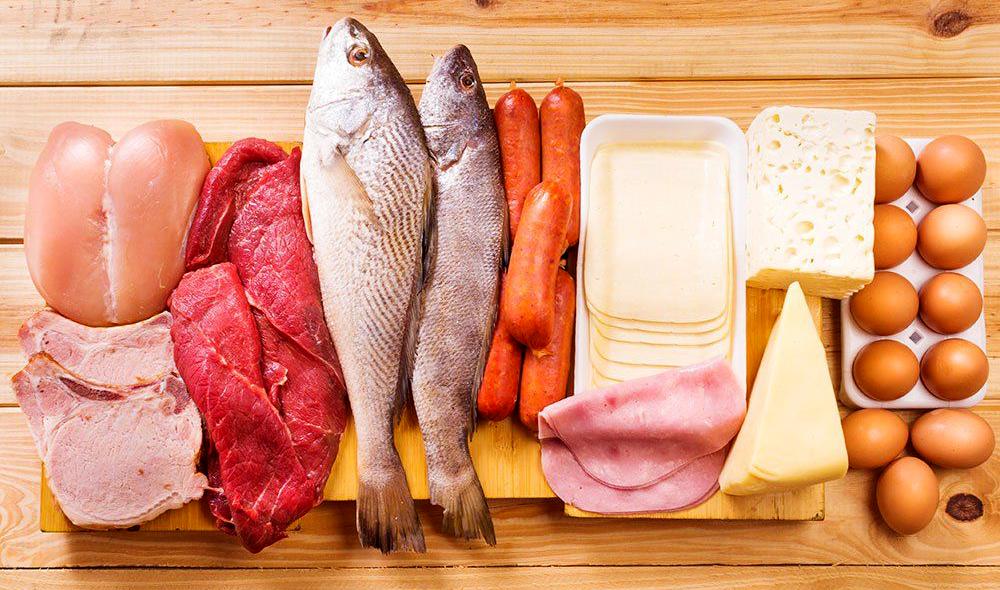
DR. YOSSA, INTERIM DIRECTOR OF THE SAAF PROGRAM.
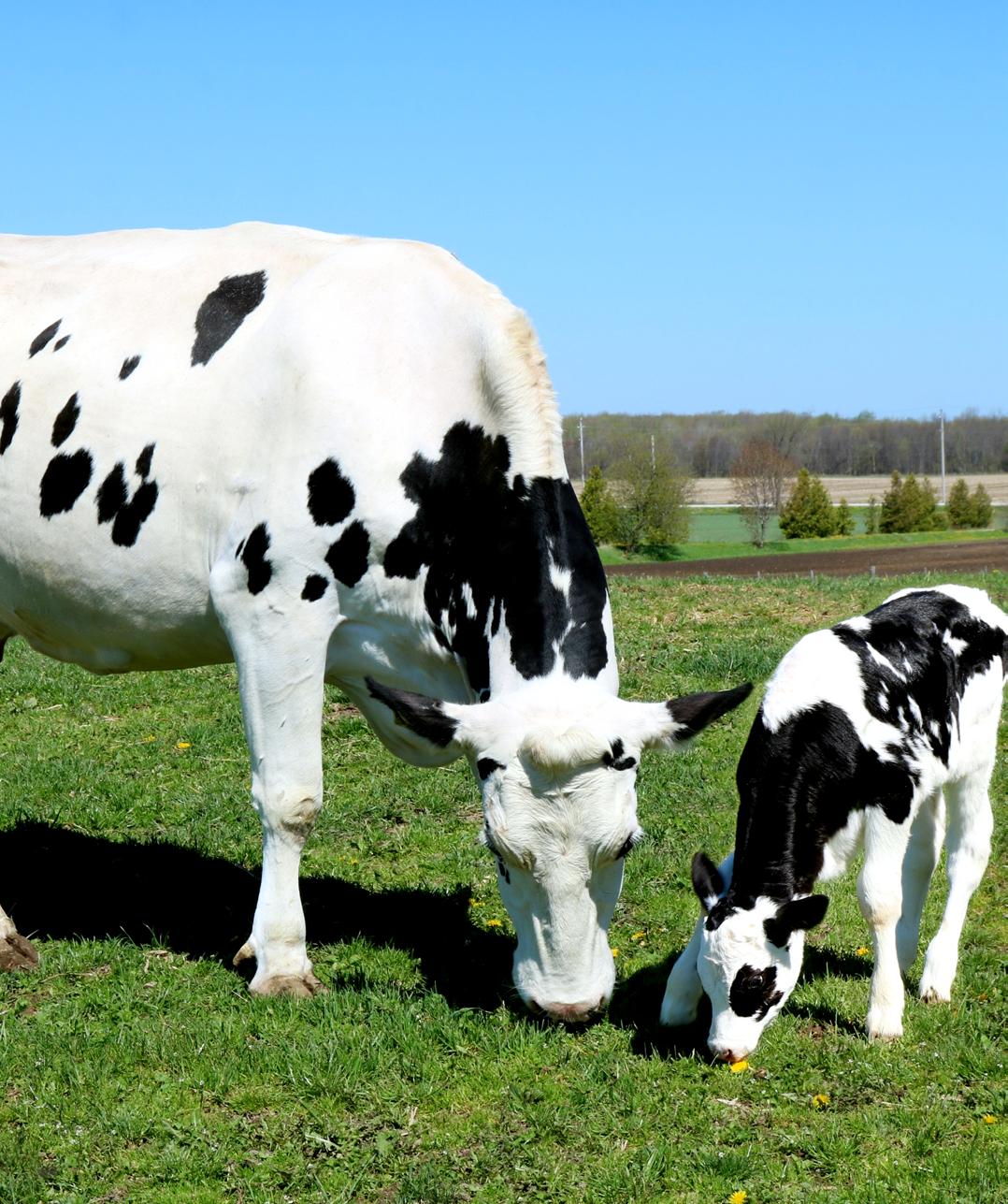
However, this close human-animal interaction elevates the risk of zoonotic disease transmission.
CONVERGING PRESSURES ON HEALTH AND FOOD SYSTEMS
Globally, most emerging pathogens originate in animals. Around 60% of existing and 75% of emerging human infectious diseases are zoonotic, many stemming from wildlife. These diseases present growing threats to health, security, and economic stability. Six of the seven Public Health Emergencies of International Concern (PHEICs) declared by the World Health Organisation have been zoonotic: the 2009 H1N1 influenza pandemic, the 2014–16 and 2018–20 Ebola outbreaks, the 2015–16 Zika virus epidemic, the COVID-19 pandemic, and the 2022 monkeypox outbreak.
Pathogenic strains, such as E. coli O157:H7, which are often transmitted via undercooked meat or contaminated water, pose another zoonotic concern, particularly in regions lacking robust food safety systems. In low- and middle-income countries, zoonoses cause an estimated 2.5 billion cases of human illness and 2.7 million deaths annually. As a result, the continent suffers from both endemic and emerging zoonoses.
Human expansion into wildlife habitats, driven by urbanisation, agricultural intensification, and deforestation, has dramatically altered 75% of terrestrial and 66% of marine ecosystems since 1970. This ecological disruption facilitates closer contact among humans, domestic animals, and wildlife, increasing the frequency and intensity of zoonotic spillovers. Rabies alone causes an estimated 21,000 deaths per year in
Africa, particularly affecting livestock-dependent economies. A meta-analysis found a 61% case fatality rate for bat-origin viral zoonoses in Africa. The continent’s unique ecology, high biodiversity, competent vectors, and expansive human–animal interfaces make it a hotspot for future pandemics unless robust interventions are scaled up. Addressing these complex risks requires the adoption of the One Health approach.
ANTIMICROBIAL RESISTANCE: A SILENT PANDEMIC THREATENING HEALTH AND FOOD SYSTEMS
A Silent Pandemic Threatening Health and Food Systems
Antibiotics play a crucial role in animal agriculture, particularly in rapidly growing sectors such as poultry and pig farming, where they are used to prevent disease and improve productivity. However, the environmental footprint of this practice is becoming increasingly evident. Antimicrobial resistance (AMR) continues to escalate as a global health crisis, silently advancing through the misuse and overuse of antibiotics in both human medicine and livestock production.
A recent study by the International Livestock Research Institute (ILRI) revealed alarming levels of antibiotics in farm environments, with trimethoprim concentrations in pig manure-fertilised soils averaging 129.3 micrograms per kilogram (µg/kg), surpassing the environmentally relevant threshold of 100 µg/kg. In some cases, average concentrations spiked even higher, reaching 212.4 µg/kg, underscoring the significant environmental and public health risks associated with current farming practices.
The ILRI study, titled “Antibiotic Ecotoxicity and Resistance Risks in Resource-Constrained Chicken and Pig Farm Environments,” investigated 97 smallholder farms in Kenya’s Kajiado and Kiambu counties—regions bordering Nairobi. Conducted between April and July 2022, the study analysed manure, compost, and soil samples for residues of eight widely used veterinary antibiotics, including tetracycline, oxytetracycline, sulfamethoxazole, and trimethoprim. Although the average concentration of antibiotics across all environmental samples stood at a seemingly moderate 63.4 µg/kg, the presence of high-risk residues was both frequent and geographically widespread. Sulfamethoxazole was the most commonly detected antibiotic, followed by tylosin and tetracycline. Chicken compost tested positive for antibiotic residues in 25.8% of samples, while 23.1% of soils fertilised with pig manure also showed contamination. These findings suggest that antibiotic pollution is pervasive in farm environments and may significantly contribute to the spread of antimicrobial resistance, particularly in resource-constrained settings.
These intertwined threats, zoonotic diseases and antimicrobial resistance, underscore the urgency of translating One Health principles into action on the ground.
IS THE ONE HEALTH APPROACH FEASIBLE IN AFRICA?
“Health security in the Horn of Africa is a multifaceted challenge that transcends national borders. By adopting a One
Health approach, we can better protect our communities from health threats and enhance overall well-being, addressing the risks at the interface within the context of One Health,” said Dr. Workneh Gebeyehu, IGAD Executive Secretary, at a high-level ministerial event in Nairobi, Kenya.
The African continent is making significant strides. For example, the African Union (AU) has endorsed a continental One Health strategy, mobilising its technical agencies to form the One Health Coordinating Group on Zoonotic Diseases. This body aims to unify response efforts, enhance surveillance, and build institutional resilience across member states.
At the national and regional levels, countries are translating this vision into practical action. The Capacitating One Health in Eastern and Southern Africa (COHESA) project, for example, spans 12 countries, with each country working with local academic institutions, governments, and community actors to build national One Health teams. Through gap analysis and coordinated action plans, COHESA aims to embed the One Health paradigm into national development strategies.
In Kenya, the establishment of the Zoonotic Disease Unit (ZDU) and the National Antimicrobial Stewardship Interagency Committee (NASIC) reflect ongoing efforts to institutionalise the One Health model. Malawi provides another example. A 2022–2023 assessment by COHESA revealed that most existing One Health platforms in the country remain informal. Nonetheless, promising collaborations are emerging, such as a partnership between Malawi’s first veterinary school at LUANAR and international experts from ILRI and the
TO OPERATIONALISE ONE HEALTH EFFECTIVELY, COUNTRIES MUST PRIORITISE INTERSECTORAL COLLABORATION IN POLICYMAKING, EDUCATION, SURVEILLANCE, AND EMERGENCY
RESPONSE.
University of Edinburgh. Their recent research on Fasciola gigantica in cattle marks a significant contribution to livestock disease management and smallholder livelihoods.
Despite such advances, many African nations still lack formal, funded One Health programs. Challenges include inadequate diagnostic capacity, fragmented surveillance, a shortage of skilled professionals, and weak policy integration. To operationalise One Health effectively, countries must prioritise intersectoral collaboration in policymaking, education, surveillance, and emergency response. This means integrating efforts from veterinary services, public health, agriculture, environment, and education sectors to develop comprehensive, data-driven strategies. FBMEA
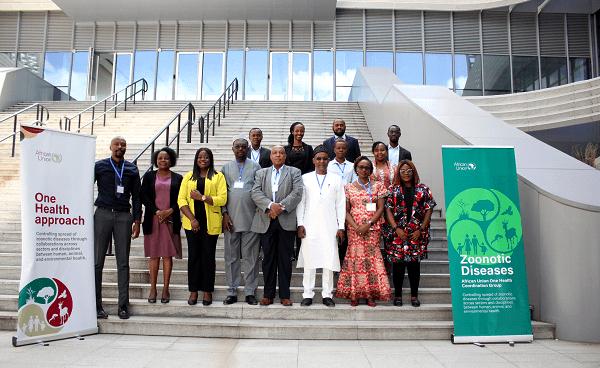
Managing the Wild Bite: The global risks behind the wild meat trade and what needs to change

BY WANGARI KAMAU
Earlier this year, Kenya’s Agriculture and Livestock Development Cabinet Secretary, Mutahi Kagwe, announced the licensing of domesticated water buffalo for human consumption, a decision that sparked both praise and concern. Health experts welcomed the move, highlighting buffalo meat’s lean, protein-rich profile. Yet conservationists swiftly sounded the alarm, warning that the policy could blur the lines between domesticated livestock and protected wildlife. In a country where the African Cape buffalo still roams free in national parks, the prospect of legalising one species of buffalo for meat has raised fears of increased poaching and meat laundering. At the heart of this controversy lies a deeper, more global question: how should societies manage the complex relationship between humans and wild animals used for food? The emergence of zoonotic diseases, the growing market for wild meat (commonly defined as meat sourced from nondomesticated terrestrial animals), and the risk of biodiversity loss demand urgent, cross-sectoral solutions. The recent report by the International Livestock Research Institute (ILRI), Eating Wild Animals: Rewards, Risks and Recommendations,
advocates for a One Health approach, recognising that the health of people, animals, and ecosystems is inextricably linked.
THE GLOBAL APPETITE FOR WILD MEAT
Today, the demand for wild meat is both widespread and multifaceted, shaped by geography, culture, and socioeconomic status. Across sub-Saharan Africa and Southeast Asia, an estimated 400 million people rely on hunting wild animals for food and income. This dependence underscores the role wild meat continues to play in food security and livelihoods, especially in regions where livestock is unaffordable or unavailable.
“Wild meat plays a crucial role in the livelihoods and diets of many communities, particularly in regions of Africa and Asia, where it often serves as both a critical food source and a vital part of the local economy. However, the complex relationship between wild meat consumption and broader health, environmental, and animal welfare concerns requires careful consideration,” Professor Appolinaire Djikeng, Director General, ILRI, acknowledges.
Across Africa alone, an estimated 1 to 5 million metric tonnes of wild meat are harvested every year, representing a substantial share of the continent’s total meat supply. Economically, the trade is valued at over US$1 billion in Africa and another US$1 billion in Indonesia, with the illegal wild meat market in Southeast Asia estimated to be worth up to US$11 billion annually.
Patterns of consumption vary significantly between rural necessities and urban luxuries. In some rural parts of Africa, wild meat surpasses livestock in both frequency and volume of consumption. Foragers consume an average of 38 kg of wild meat per year, while farmers consume about 16 kg, compared to just 19 kilograms of meat from domestic animals, according to a 2013 study by FAOSTAT. Here, wild meat is consumed due to availability, affordability, and long-standing cultural practices.
Conversely, in East and Southeast Asia, urban consumption is often symbolic, where exotic species are eaten during celebrations or used as traditional remedies, signalling wealth or adherence to cultural beliefs. Surveys show that around 30% of urban households and 70% of rural households in Southeast Asia report consuming wild meat for medicinal purposes. Among middle- and high-income consumers, wild meat often commands premium prices, elevating it to a status food.
THE HIDDEN DANGERS
Wild meat consumption is not without peril. Among the most pressing concerns are zoonotic diseases, pathogens that jump from animals to humans. These spillover events have triggered
WILD MEAT PLAYS A CRUCIAL ROLE IN THE DIETS OF MANY COMMUNITIES IN AFRICA AND ASIA, WHERE IT SERVES AS A CRITICAL FOOD SOURCE AND A VITAL PART OF THE LOCAL ECONOMY.
some of the most serious public health crises of the 21st century. Ebola, SARS, and COVID-19 all have suspected or confirmed links to wildlife, with transmission often occurring during the hunting, butchering, or consumption of wild animals.
The danger lies not only in the species consumed but in the ways humans interact with them. Primates, rodents, bats, and carnivores are particularly high-risk groups, hosting the highest proportion of zoonotic pathogens. Ribonucleic acid (RNA) viruses, such as Ebola and Marburg, are especially concerning due to their capacity to mutate rapidly, recombine with other viruses, and jump between species. Between 1940 and 2021, 91 spillover events related to wild meat were documented, resulting in the emergence of 25 zoonotic diseases caused by 10 viral, 10 bacterial, and 5 parasitic pathogens.
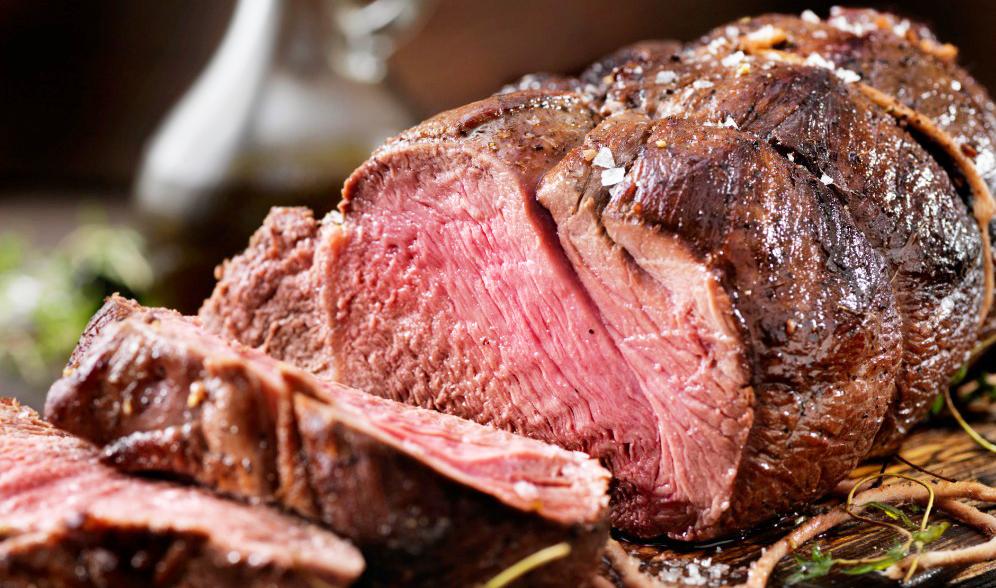
PROF. APPOLINAIRE DJIKENG, DIRECTOR GENERAL, ILRI,
In most cases, the most significant risks arise not from eating cooked meat but from direct contact with animal blood, bodily fluids, or faeces during slaughter, butchering, or preparation. These risks are heightened in informal settings, where hygiene standards are low and personal protective measures are rarely used. A lack of awareness compounds the problem; studies cited in the ILRI report show that most hunters and traders in the Democratic Republic of the Congo believed wild animals were 'pure' and less likely to carry disease than domestic animals.
Globalisation further complicates containment. As wild meat moves from forest to fork, sometimes crossing international borders, it carries with it invisible microbial stowaways. DNA testing, airport seizures, and customs inspections are increasingly revealing how illegal trade networks export tons of wild meat across continents, sometimes via informal couriers who use public transportation to evade checkpoints. In an interconnected world, what begins as a rural hunting practice can swiftly escalate into a global health emergency. The COVID-19 pandemic has made this painfully clear, underlining the urgent need for a new paradigm in how we manage our relationship with wildlife.
WEAK LINKS IN THE CHAIN
The wild meat trade often flows through informal, loosely regulated channels, networks that are notoriously difficult to monitor or control. In many parts of Africa and Asia, wild meat is bought and sold in traditional markets with little oversight. Hygiene standards are minimal, traceability is virtually nonexistent, and food safety protocols are often ignored. These weak links create fertile ground for the spread of zoonotic diseases and for illegal wildlife to enter the supply chain undetected.
According to the report, in many countries, over 90% of wild meat is sold through informal markets, and in some areas, up to 80% of meat sold in wet markets is of wild origin. These settings often lack refrigeration, protective gear, or sanitary slaughtering areas. Wildlife is frequently sold alive, handled in crowded conditions, and butchered on-site, conditions ideal for disease transmission.
Limited resources, porous borders, and, in some cases, corruption further hinder regulatory enforcement. Even where protective laws exist, they may not be respected or enforced at the community level. In Kenya, for instance, the recent licensing of domesticated water buffalo for meat has raised concerns that protected species, such as the Cape buffalo, could be mislabeled as their domestic counterparts and introduced into legal markets. Conservationists worry this could trigger a spike in poaching and undermine years of wildlife protection efforts.
The report highlights the magnitude of the issue: millions of people rely on wild meat for both nutrition and income. Without robust policy reforms, surveillance systems, and community engagement, the informal networks that characterise the trade of this meat will continue to pose threats, not only to
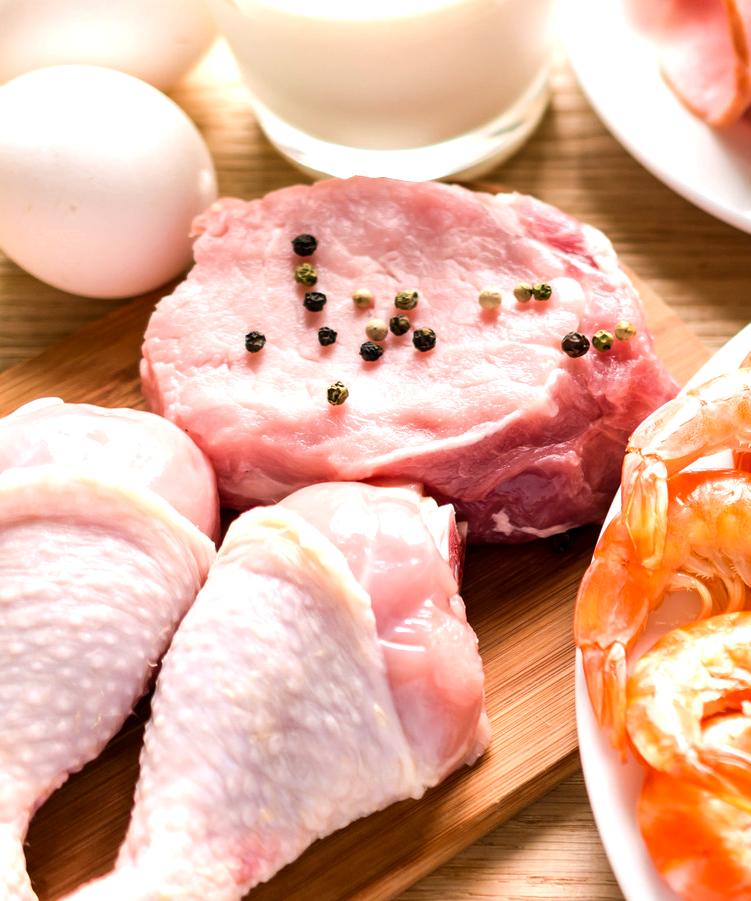
biodiversity but to human health.
WHAT NEEDS TO CHANGE: ONE HEALTH SOLUTIONS
The One Health framework offers a powerful, holistic lens through which to address the complex challenges of the wild meat trade. At its core, One Health recognises that the health of humans, animals, and ecosystems is deeply interconnected. Diseases do not respect boundaries, geographical or biological, and neither should our policies. A zoonotic outbreak in a forest community can quickly evolve into a global pandemic. Equally, ecosystem degradation or biodiversity loss can disrupt natural disease buffers, increasing risks for all.
The report emphasises that wild meat governance must move beyond crisis-driven bans and fragmented enforcement. It calls for long-term, systems-based solutions grounded in science and community engagement.
One priority is legal clarity: clearly defining which species can be hunted or farmed, under what conditions, and with what monitoring. Currently, only 26 African countries have some form of wildlife legislation, and enforcement is inconsistent across borders. Alongside this, better enforcement, through funding, training, and surveillance, is crucial to shutting down illegal trade routes and preventing meat laundering.
Second, the report urges support for community-based

wildlife management. In countries where communities are empowered to manage and benefit from local wildlife, illegal hunting has dropped, and conservation outcomes have improved. For example, Namibia’s community conservancy model has helped increase wildlife populations while creating revenue through legal, regulated use.
Third, building safer supply chains is vital. This includes improving meat handling and processing standards, investing in traceability systems, and integrating regular public health checks. The report notes that only 12% of surveyed African countries had formal wild meat inspection systems. Education campaigns can also help shift consumer preferences, especially in urban areas where wild meat is often consumed for novelty or prestige.
RETHINKING PROTEIN: ALTERNATIVES TO WILD MEAT
The report by ILRI points to mini-livestock and aquaculture as viable alternatives. Mini-livestock species, such as rabbits, cane rats, guinea pigs, and insects, hold significant promise in the effort to replace wild meat in food systems. These animals are already part of traditional diets in many African and Asian communities and can be farmed with relatively low investment.
Cane rats, for example, are robust, reproduce quickly, and produce lean, nutritious meat that is culturally preferred
STUDIES IN SOUTHEAST ASIA
HAVE SHOWN THAT OVER 70% OF CONSUMERS WERE UNAWARE OF THE HEALTH RISKS ASSOCIATED WITH EATING WILD MEAT. YET, MOST WERE OPEN TO REDUCING CONSUMPTION WHEN INFORMED.
in parts of West Africa. In Ghana alone, the cane rat (or grasscutter) accounts for up to 80% of all bushmeat consumed. Guinea pigs are an essential protein source in parts of East and Central Africa, especially for women and youth-led households. Insects such as termites, crickets, and caterpillars are nutrient-rich, widely consumed, and sustainable to farm. Globally, over 2 billion people eat insects, and entomophagy is being promoted as a viable alternative in both urban and rural markets.
Aquaculture, particularly of species such as Nile tilapia and African catfish, also offers scalable solutions with a lower ecological impact. These alternatives not only require fewer resources than traditional livestock but also pose significantly lower zoonotic risks when produced under controlled conditions. Proper support, training, breeding programs, and value chain development could help shift consumption away from high-risk wild meat.
A SHARED RESPONSIBILITY
Solving the wild meat dilemma is not the responsibility of rural hunters alone. It demands action across the entire value chain and from every level of society. Governments must invest in legal frameworks and enforcement capacity. Scientists must continue to investigate zoonotic risks and sustainable protein alternatives. Communities must be engaged as stewards, not victims, of conservation efforts.
Consumers, especially in urban centres and the Global North, must also recognise the ethical and ecological costs of their dietary choices. For example, studies in Southeast Asia have shown that over 70% of consumers were unaware of the health risks associated with eating wild meat. Yet, most were open to reducing consumption when informed. Public education plays a decisive role in shifting demand.
With coordinated action, rooted in the One Health approach, nations can chart a new course that respects human needs while protecting animal populations and ecosystem integrity. Smarter policies, empowered communities, and innovative protein alternatives can together reshape how we source our food. The question is not whether wild meat will continue to be part of the human diet. It’s whether we can manage it wisely, equitably, and safely. That responsibility belongs to all of us.
FBMEA
Fumonisins in African Poultry Production: A growing concern for feed efficiency and safety
BY LYDIA KHASOA
Chicken is now the most consumed meat in Africa, with annual per capita intake reaching 3.8 kilograms between 2021 and 2023, according to a 2024 Statista study. That figure is expected to rise to 5.2 kilograms by 2033, driven by rapid urbanisation, population growth, and shifting dietary preferences. This surge in demand has reshaped the continent’s feed industry, where poultry, especially broilers, dominates total feed output both regionally and globally.
But as poultry production expands, so do the challenges that threaten its sustainability. Chief among them is feed safety. Poultry feeds, often composed of 50% to 70% maize, are highly vulnerable to mycotoxin contamination, particularly fumonisins produced by Fusarium fungi. Fumonisin B1 (FB1), the most common and toxic of this group, is frequently found in maize-based diets across sub-Saharan Africa. Its presence undermines bird health and productivity, making fumonisin control a growing priority for the region’s poultry sector. Environmental and infrastructural factors compound the issue. Warm, humid conditions across much of Africa promote fungal growth, while weak post-harvest practices and poor
storage allow contamination to escalate. With limited routine testing and patchy regulatory enforcement, contaminated feed often makes its way to farms, posing a serious risk to poultry health, food safety, and farm profitability.
NEW SAFETY THRESHOLDS REFLECT RISING CONCERNS OVER FUMONISINS
As the scale of contamination becomes clearer, regulatory bodies have started responding with stricter safety thresholds. For instance, in 2022, the European Food Safety Authority (EFSA) dramatically revised its guidance on fumonisins, lowering the reference point for adverse effects in poultry from 20 mg/kg feed to 1 mg/kg feed.
Initially, fumonisins were thought to cause no adverse effects in chickens at concentrations up to 20 mg/kg feed, with observable liver lipid reductions only at 40 mg/kg. However, newer evidence has established a lowest observed adverse effect level (LOAEL) of just 2.5 mg/kg, based on intestinal changes. These findings prompted EFSA to set a new reference point (equivalent to a no observed adverse effect level, or NOAEL) at 1 mg/kg feed. For turkeys and ducks, the
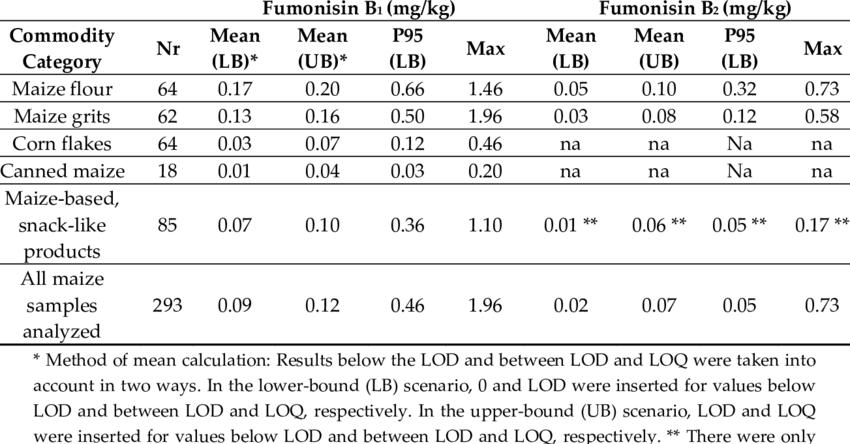
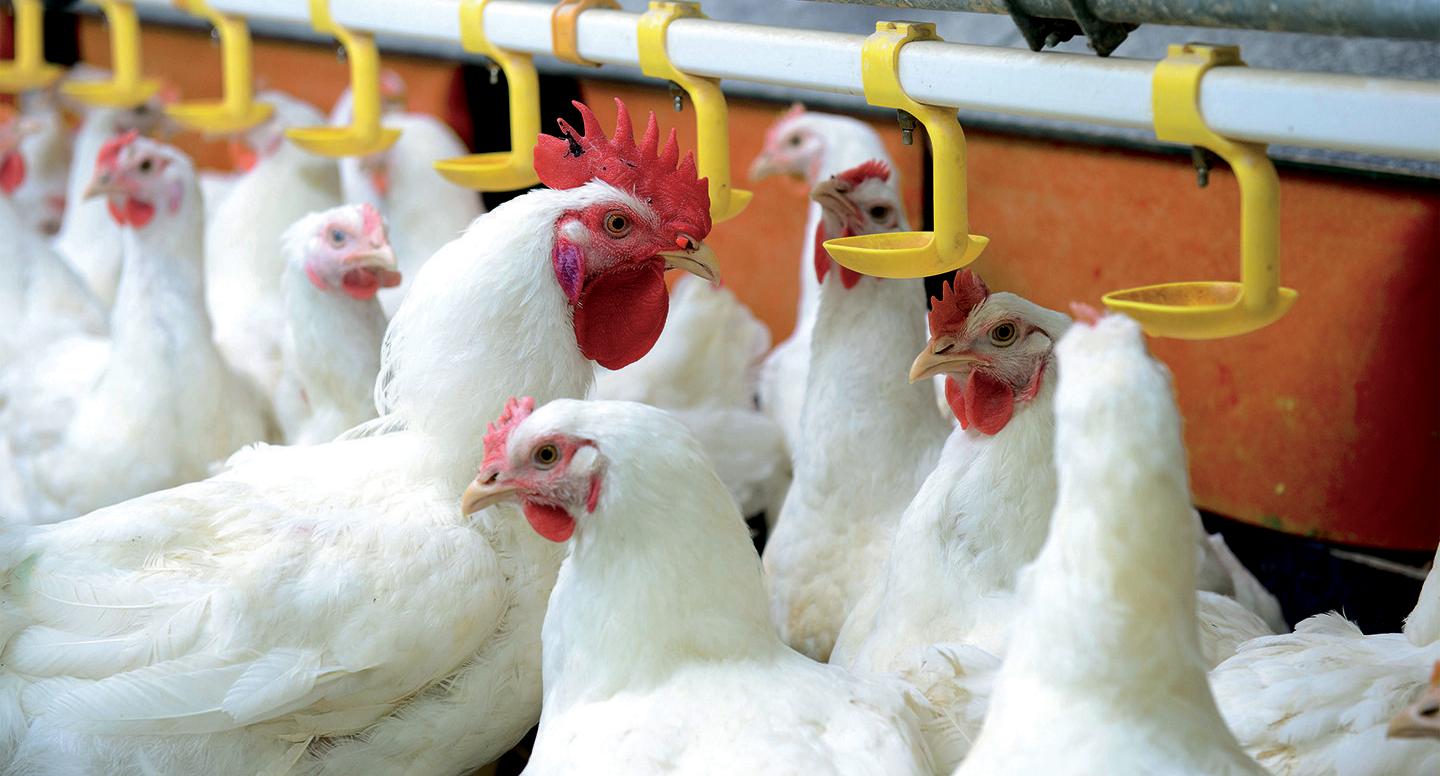
NOAEL remains at 20 mg/kg and 8 mg/kg feed, respectively.
WHY IS THIS A CONCERN?
Fumonisins directly undermine poultry performance, reducing productivity and profitability at the farm level. But they rarely occur in isolation. Certain Fusarium species, which commonly infect grains like corn, wheat, oats, barley, and rice, both in the field and during storage, also produce a range of other mycotoxins. These toxins often appear together: studies show that 93% of feed samples contain more than three different mycotoxins. Among them, fumonisin B1 (FB1) has the highest rate of co-occurrence, frequently appearing alongside other toxins and compounding their adverse effects. These effects are highlighted herein.
Performance impacts of fumonisin-contaminated feed
Fumonisins affects poultry production in several interconnected ways. One of the most visible consequences is a poor feed conversion ratio (FCR), meaning birds need to consume more feed to gain the same amount of weight. This inefficiency increases production costs and reduces profitability for farmers.
Additionally, the damage fumonisins causes to the intestinal lining limits nutrient absorption, making growth rates inconsistent across the flock and leading to uneven sizes and weights.
Carcass rejection and downgrading can also occur when internal damage or infections are discovered during processing, resulting in direct financial losses.
Additionally, in breeder and layer flocks, fumonisins
can reduce egg production and hatchability, undermining both short-term output and long-term genetic improvement programs.
Health and Nutrition impacts of fumonisincontaminated feed
The effects of fumonisins extend beyond productivity to impact animal health, particularly in terms of immunity and disease resistance. Birds exposed to fumonisin-contaminated feed become more susceptible to bacterial and viral infections, which can lead to increased mortality rates and a higher need for medical interventions, such as antibiotics.
Ingestion of fumonisins affects the expression of proteins related to pro- and anti-inflammatory responses in the intestinal tract of broiler chickens. Experimental studies reveal that at a concentration of 20 ppm, fumonisins reportedly induced higher excretion of Eimeria strains, parasites responsible for coccidiosis.
Additionally, considering the high density of birds in largescale operations, the ingestion of contaminated feed with fumonisins may promote the parasite transmission between birds. A separate experiment using similar concentrations reported an effect on proteins in chickens’ intestines involved in drug metabolism that could alter the effectiveness of some drugs.
Altogether, these findings suggest that the intestinal tract of birds is susceptible to exposure to fumonisins.
Other studies have confirmed that when these toxins interfere with the gut’s protective lining, the barrier against pathogens becomes compromised. For example, a 2023 investigation published in Poultry Science found that short-
term exposure to feed containing 14 mg/kg fumonisin and 0.6 mg/kg DON led to higher Salmonella levels in the gut. This suggests that fumonisins may increase vulnerability to bacterial contamination, especially when combined with other mycotoxins.
INDUSTRY SOLUTIONS AND RISK MITIGATION: YOUR FUMONISIN DEFENCE TOOLKIT
Given the scale and complexity of the challenge, a range of industry solutions have emerged to mitigate the risks posed by fumonisins, as highlighted in this toolkit.
1: Mycotoxin Binders, Deactivators, and Detoxifiers
To manage fumonisin exposure effectively, feed producers rely on binders, deactivators, and detoxifiers to reduce toxin uptake in the gut. Binders, such as bentonite, physically trap fumonisins, preventing their absorption, while deactivators, like fumonisin esterase, utilise enzymes or microbes to degrade toxins into harmless products chemically.
Research under conditions representative of sub-Saharan Africa shows that supplementing bentonite in diets contaminated with fumonisins and aflatoxin B₁ reduced liver toxin residues by up to 50%, and neither bentonite nor fumonisin esterase negatively affected broiler performance or health. These properties make both options safe and effective for counteracting fumonisins and related mycotoxins when selecting products suited to specific feed profiles, formulations, and cost considerations.
2: Routine Testing and Quality Control
A robust testing protocol is also central to any mycotoxin mitigation plan. Thanks to advances in rapid detection tools, it’s now feasible for farmers and feed mills to identify contaminated batches before feed ever reaches animals.
For example, Romer Labs’ AgraStrip® fumonisin test offers fast and reliable on-site results, eliminating the need for offsite laboratory analysis. For even higher sensitivity, VICAM’s FluoroQuant® and FumoniTest™ kits use fluorescence-based technology to deliver lab-grade accuracy.
3: Smart Post-Harvest Practices
Effective control of fumonisin begins right after harvest. Delayed harvesting, poor drying, and humid storage conditions all promote fungal growth and toxin accumulation.
Mitigation starts with early harvest, rapid drying, and thorough sorting to remove visibly infected or damaged kernels. Once dried to safe moisture levels, grains should be stored in well-ventilated, pest-proof facilities to limit contamination during storage.
Technologies such as temperature and humidity sensors, combined with routine cleaning of storage sites, help maintain optimal conditions. In tropical climates, where heat and humidity accelerate spoilage, investments in sealed silos or hermetic bags offer an added layer of protection.
4: Feed Ingredient Diversification
Reducing reliance on maize is also a smart way to cut fumonisin risk. Integrating alternative ingredients, such as sorghum, millet, or cassava, can minimise contamination, especially when selected based on local agronomic conditions.
However, these substitutions must be nutritionally balanced to maintain optimal poultry performance. Careful formulation is essential to meet birds’ energy, protein, and digestibility requirements without sacrificing growth or productivity.
These actions not only protect poultry health and performance but also support broader One Health goals, ensuring safer food, healthier birds, and a more resilient feed system. FBMEA
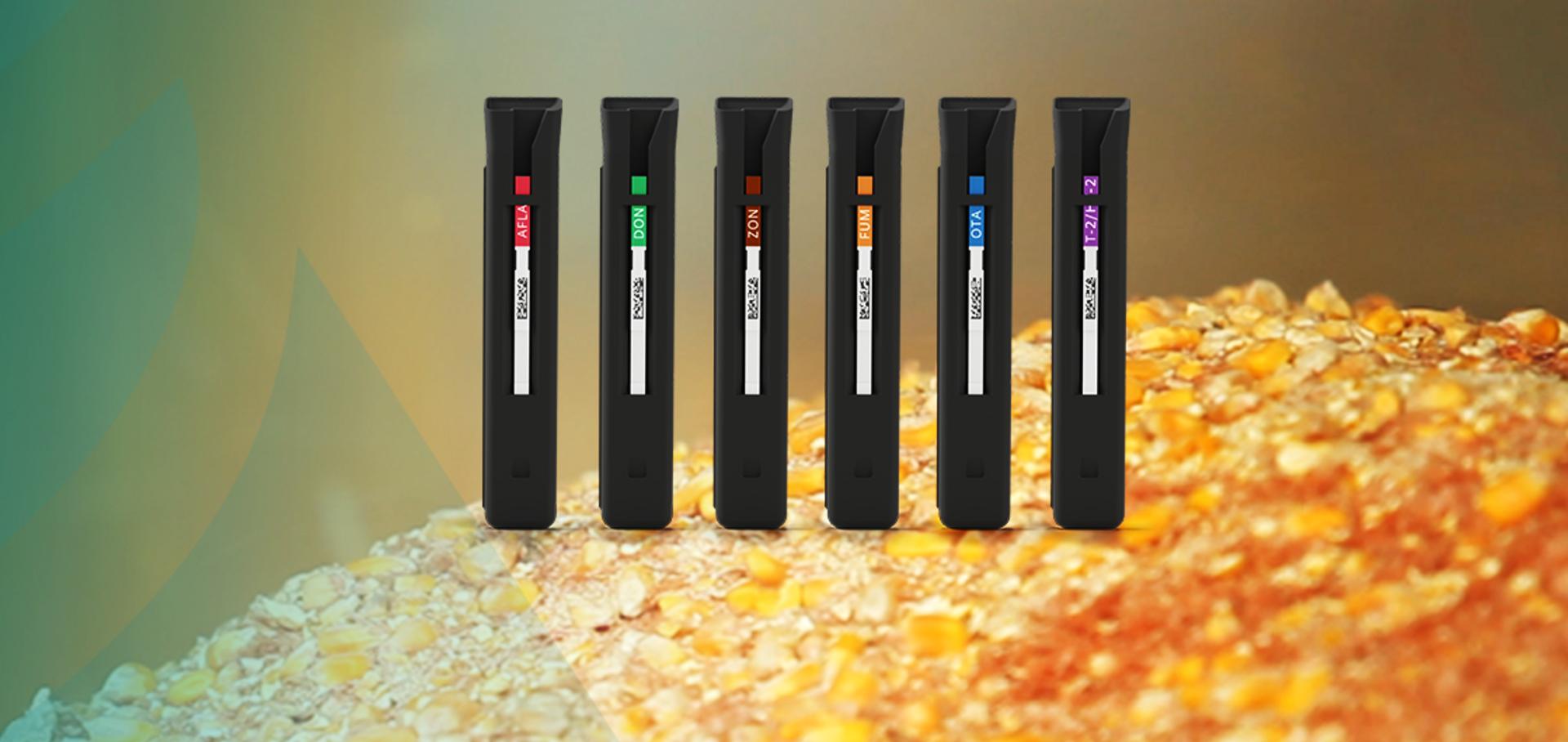
AQUACULTURE MIDDLE
EAST & AFRICA
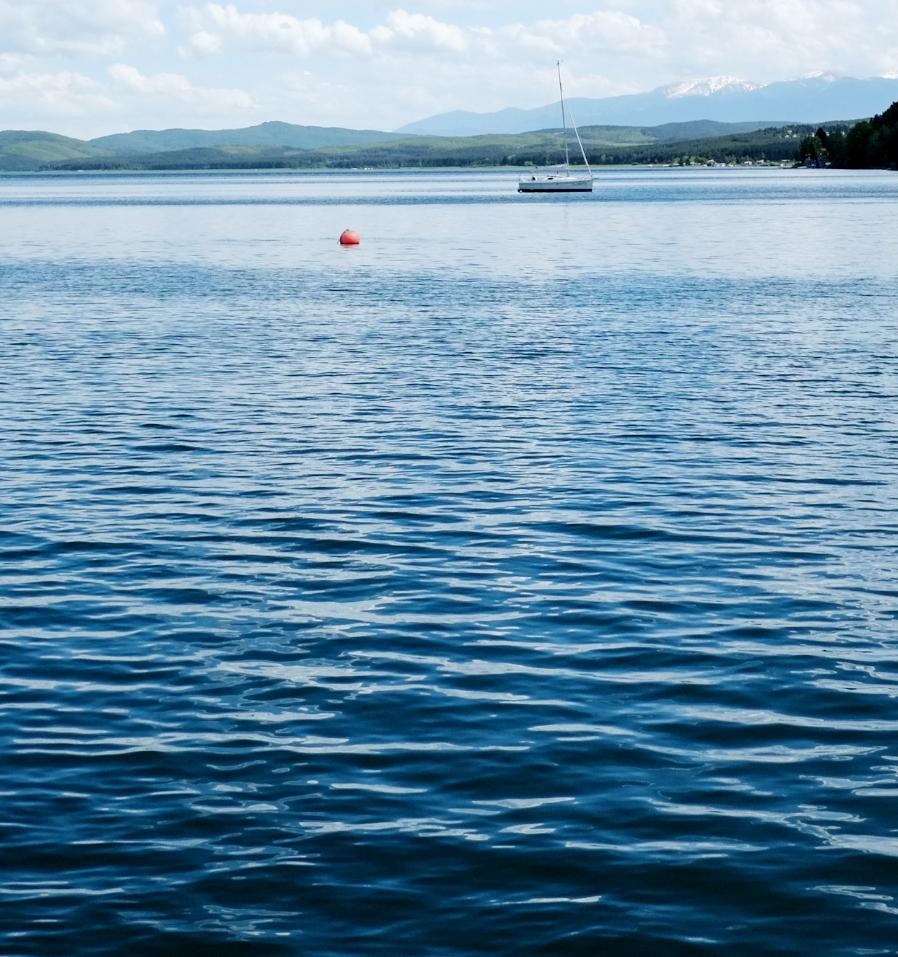
48
Feed Consistency Is Key: Achieving Uniformity in Extruded Aqua Feeds
54
Redefining Africa’s Blue Future through Policy Innovation: Malabo Montpellier Panel
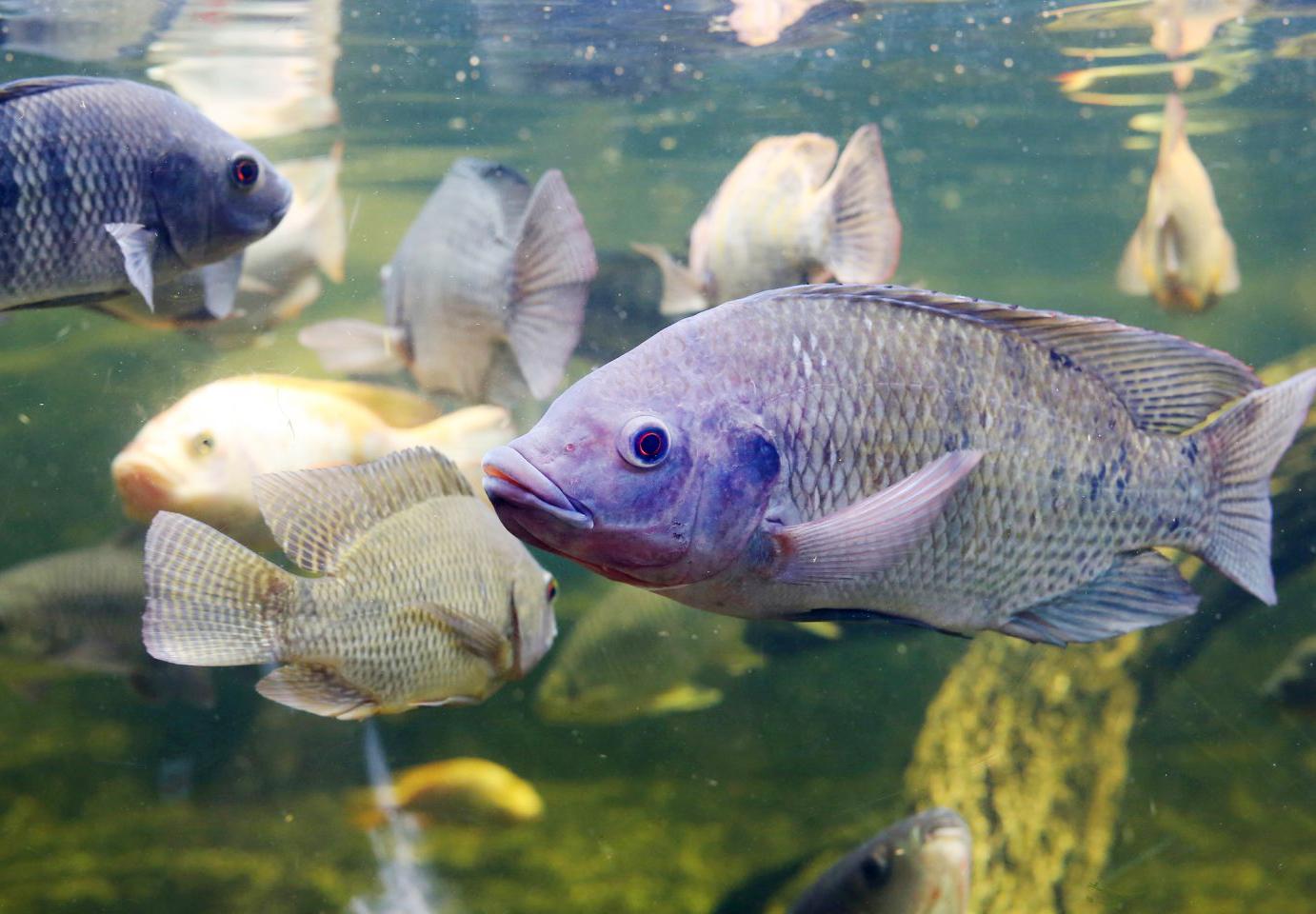
Feed Consistency Is Key: Achieving Uniformity in Extruded Aqua Feeds
BY JAN JONKERS
In aquaculture, feed is more than just a nutrient delivery system; it is a precision product that directly impacts the growth, health and efficiency of farmed fish. Among the main types of aquatic feed, pelleted and extruded, extruded feed have gained importance due to their high digestibility, improved water stability, and customisable properties. However, one aspect remains critically crucial across all types of aqua feed: uniformity.
Uniformity impacts various aspects, including feed plant efficiency, feed conversion ratio (FCR), and overall farm profitability. Yet achieving uniformity is not without its challenges.
This article explains what extrusion is, how it differs from pelletising, why uniformity matters and the main obstacles in achieving it. Additionally, it discusses how optimising each stage in the production process can help to ensure consistent, high-quality feed.
WHAT IS EXTRUSION AND HOW DOES IT DIFFER FROM PELLETISING?
Before extrusion, raw materials are finely ground to ensure a consistent particle size. The material is then softened in a (pre-) conditioner using water and steam, initiating partial cooking to prepare for extrusion.
Inside the extruder, one or two screws convey the material through a barrel. The combined thermal and mechanical energy cooks and compresses the mixture under high pressure and temperature. As it exits the die, the sudden drop in pressure causes the water in the mix to vaporise, expanding the feed and forming the desired pellet structure. The product is then cut into pellets.
By adjusting various conditions, extruders can produce a wide range of feeds, from dense and fast-sinking to light and buoyant, with varying oil contents.
Pelleted feed, unlike extruded feed, is produced through a lower-energy process. Instead of expansion, pelletising relies on mechanical compression to form dense, compact pellets. This results in reduced porosity, which limits the ability to absorb and retain oils compared to their counterparts that are extruded. Pelletised feed is often less durable and more prone to breaking down in water, though it can still be effective for particular species and production systems.
WHY UNIFORMITY MATTERS IN AQUA FEED PRODUCTION
Uniformity refers to the consistency in size, texture, nutritional profile, water stability, and buoyancy of pellets. It is essential not only for efficient feed production but also for optimal animal performance and overall farm profitability.
Consistent pellets promote uniform nutrient intake, supporting predictable growth and performance in animals. Improved digestibility reduces the feed required per kilogram of fish or shrimp (FCR), while lower fines and waste help maintain water quality and reduce disease risk.
From a feed mill perspective, homogeneity lowers the risk of off-spec batches, minimising production losses. Uniform processing supports higher throughput, fewer corrective actions, and more stable operations.
In short, uniform feed drives better animal performance, lower production costs, and improved profitability, both on the farm and in the feed mill.
CHALLENGES TO ACHIEVING UNIFORMITY IN EXTRUDED AQUA FEED
While essential, feed uniformity is difficult to maintain
UNIFORM PROCESSING
LOWERS THE RISK OF OFFSPEC BATCHES, MINIMISING PRODUCTION LOSSES. IT SUPPORTS HIGHER THROUGHPUT AND FEWER CORRECTIVE ACTIONS.
consistently, especially at an industrial scale. Common challenges include:
1. Variation in Raw Material Quality
Raw materials such as fish meal and soybean meal differ in moisture, nutrient composition, and functional properties, based on their source and processing methods at the supplier. These differences impact behaviour during feed production, which can lead to non-uniform pellets.
2. Sub-Optimal Processing Conditions
Poorly controlled processes, such as inadequate conditioning or irregular coating, result in pellets with inconsistent cooking, energy content, or palatability.
3. Large-Scale Production Volumes
Feed mills must maintain precise control across all steps at large production volumes. Even small fluctuations in dosing or
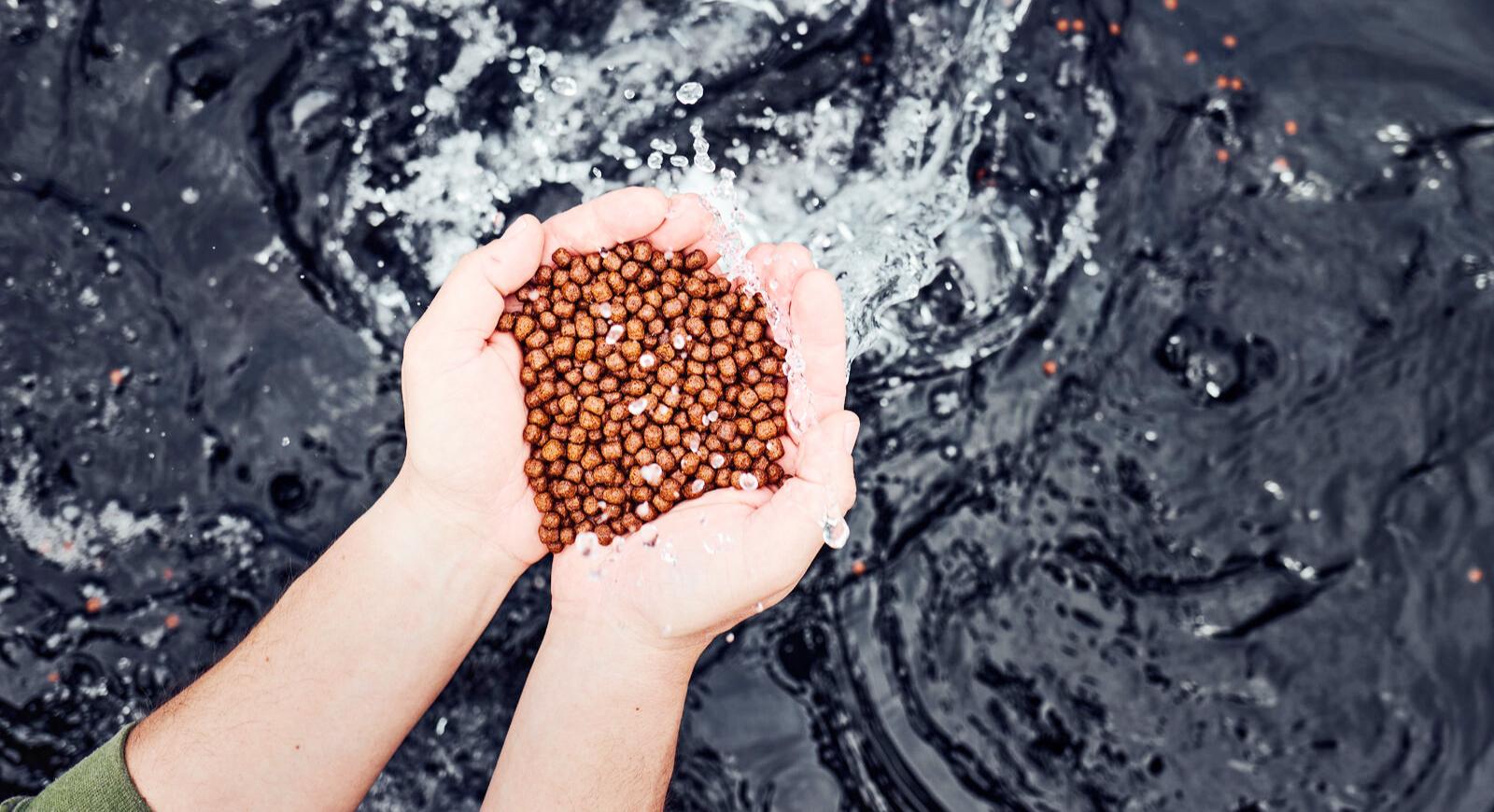
moisture can lead to batch variability.
4. Equipment Wear and Maintenance Gaps
Wear on critical production components leads to reduced precision and process instability. Without regular maintenance, feed quality declines, resulting in uneven distribution.
HOW TO ACHIEVE UNIFORMITY IN EXTRUDED AQUA FEED
Achieving uniformity in extruded aqua feed requires a holistic approach from raw material intake to packaging, where each step in the feed production process must be controlled and optimised. The following strategies highlight key focus areas:
1. Grinding: Achieving Consistent Particle Size for Uniform Processing
Achieving a consistent and fine particle size improves several downstream processes, such as conditioning, where quicker humidifying and heat transfer lead to optimal cooking, which is crucial for pellet integrity and digestibility.
Fine grinding also enhances oil absorption and retention. In the final product, finer particles contribute to higher pellet durability, better surface finish, and improved appearance, key factors for both mechanical stability and market acceptance.
Monitoring particle size distribution and taking corrective actions, such as replacing worn screens or adjusting grinder
settings, ensures that the grist remains within the desired range, supporting both processing efficiency and animal performance.
2. Mixing: Controlling Variation for Uniform Feed Composition
A well-designed mixing system is crucial to ensure the even distribution of all ingredients, with a target coefficient of variation (CV) of 5% or lower, meeting industry standards for homogeneity.
While adequate mixing time is essential, there is no universal recommendation; the optimal duration depends on the type and configuration of the mixer. Overmixing can be just as problematic as undermixing, as it may lead to segregation of ingredients.
Regular validation of mixing performance, including CV testing, helps maintain consistent feed quality across batches.
3. Feeding: Ensuring Stable Ingredient Flow
Accurate and stable ingredient feeding is crucial for maintaining consistent feed quality. Variability in feed rates results in fluctuations in throughput, which lead to unstable processing conditions.
Feeders must ensure a continuous, uniform material flow. Gravimetric systems are preferred, as they maintain accuracy regardless of bulk density, unlike volumetric options.
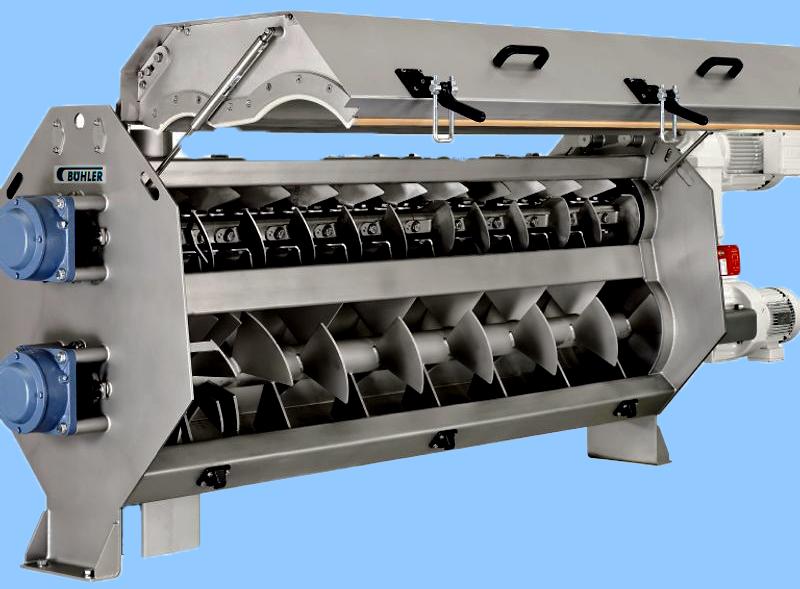
Additionally, all liquid additions, such as water, steam, or oils, should be linked to the dry meal input to ensure the required ratios.
The consistent proportions of all ingredients ensure a stable production process, product uniformity, and nutrient accuracy in each batch.
4. Conditioning: Staging Moisture and Heat Addition for Optimal Pellet Quality
Proper conditioning is crucial for achieving consistent moisture and heat distribution before extrusion. Consistent results rely on high-quality steam, sufficient residence time, and effective mixing.
It is important to add moisture as early as possible because water penetrates feed particles slowly, and starch hydration is crucial for effective gelatinisation. Steam should be introduced later in the conditioning phase, once the particles are properly hydrated. This allows for the rapid transfer of energy and efficient cooking of the material. This staged approach promotes optimal softening, enhances starch gelatinisation, and improves overall pellet quality.
5. Extrusion: Controlling Moisture and Die Design for Uniform Pellet Quality
To ensure consistent quality during the extrusion stage, the process moisture amount must be adjusted according to the water-holding capacity of the individual ingredients. Each ingredient has a unique ability to absorb moisture, so controlling hydration levels is key to achieving uniformity in the pellets.
The final section of the extruder and die must be carefully engineered to ensure smooth and uniform distribution of the hydrated mixture. If not correctly designed, it can cause flow irregularities that lead to variations in pellet size, density, and structure.
Over time, wear and tear can cause inconsistencies in pellet density and structure. Timely replacement of extruder components and dies is crucial for maintaining uniform pellet size and shape.
6. Drying: Minimising Moisture Variation
To achieve the desired final moisture level in all pellets, drying must be uniform. For a well-functioning dryer, the moisture variation across the dryer bed of finished feed should not exceed 1% (maximal +/- 0.5% from the average). Uneven drying can lead to inconsistencies in texture, the growth of moulds, and mechanical weakness.
Using multi-zone dryers with precise temperature and airflow control, along with regular testing for moisture uniformity, can help ensure consistent results.
7. Coating: Ensuring Even Oil Distribution for Stable Feed Quality
Inconsistent coating can lead to variations in energy content and problems with oil retention. To ensure effective pellet
INCONSISTENT PELLETS
CAN LEAD TO UNEVEN FISH GROWTH, WASTED FEED AND REDUCED PROFITABILITY. VARIATIONS IN PELLET QUALITY ALSO DECREASE FEED PLANT EFFICIENCY.
penetration and prevent oil leakage, it is important to heat the oils before coating and apply them using spray nozzles.
8. Cooling: Achieving Uniform Temperature Reduction and Shelf-Life Control
Effective cooling is essential for stabilising the feed and preventing condensation during storage. Uneven cooling can increase the risk of microbial contamination.
To ensure uniform cooling, pellets should be evenly spread across the cooler bed to maintain a consistent bed depth and stable airflow, preventing temperature fluctuations. Frequent discharge of thin product layers further promotes even heat removal and consistent cooling across the entire batch.
UNIFORMITY AS A STRATEGIC ADVANTAGE IN AQUA FEED PRODUCTION
Uniformity in extruded aqua feed is not just a technical ideal; it is a business opportunity. Inconsistent pellets can lead to uneven fish or shrimp growth, wasted feed, environmental issues, and ultimately reduced profitability. Furthermore, variations in pellet quality also decrease feed plant efficiency, resulting in increased operational costs and slower production. By optimising and controlling every step in the production process, achieving uniformity is possible, resulting in better animal performance, improved profitability, and more efficient operations.
In the competitive world of aqua feed, consistency is not just a quality marker but a differentiator between different suppliers.
BIOGRAPHY JAN JONKERS
Jan Jonkers is an independent consultant specializing in aqua feed production technology. Through his consultancy, he supports aqua feed and pet food producers, equipment suppliers, raw material developers, and research institutions in optimizing feed processing operations. With nearly two decades of experience in R&D leadership at Skretting’s Aquaculture Research Centre, Jan brings deep expertise in feed formulation, process improvement, and plant optimization. Learn more at www.janjonkersconsultancy.com. FBMEA
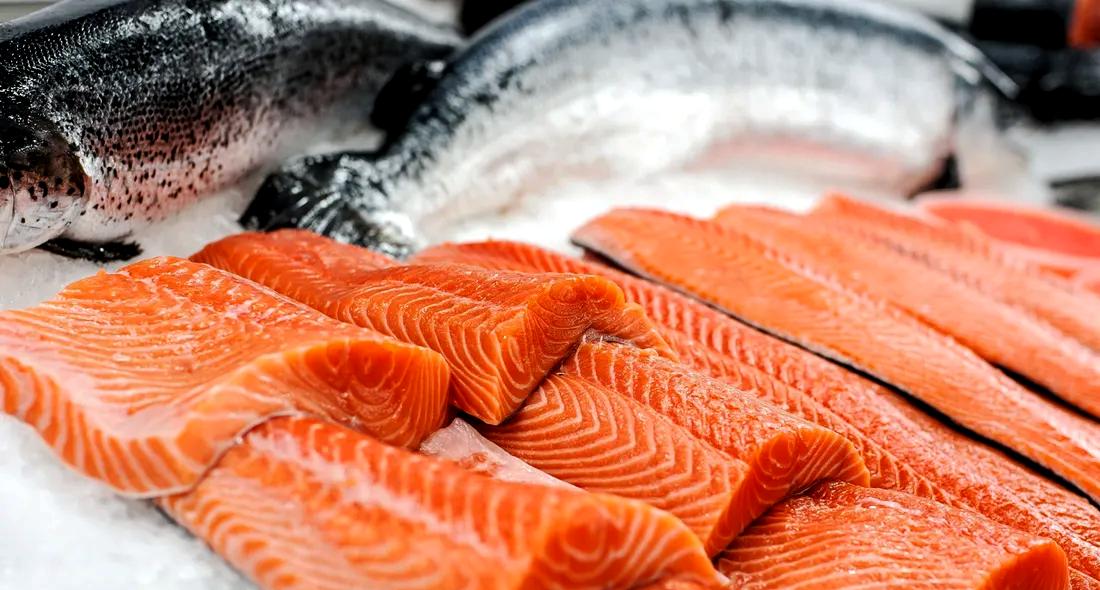
Namibia Sets Its Sights on Salmon Supremacy
BY WANGARI KAMAU
The Atlantic Ocean off Namibia’s coast is about to host a rare experiment, one that could shift Africa’s place in the global aquaculture conversation. Two pioneering ventures, backed by Norwegian expertise and deep local ambition, are quietly laying the groundwork to raise Atlantic salmon in these southern waters.
It’s an unlikely pairing: a cold-water species, typically associated with Nordic fjords, and a sun-drenched nation better known for its deserts than its seafood. But if all goes to plan, Namibia could soon be producing up to 86,000 tonnes of salmon annually, turning its rough coastline into a staging ground for aquaculture at scale.
Behind this bold undertaking are Benguela Blue Aqua Farming (BBA) and the African Aquaculture Company (AAC). Although distinct in their strategies, both companies are placing significant bets on Lüderitz’s cold Benguela waters and on Namibia’s political will to support a thriving aquaculture economy. They could position Namibia as a serious player in the salmon space, and in doing so, shift the limits of what’s possible in African aquaculture.
BENGUELA BLUE AQUA: TESTING THE WATERS
Benguela Blue Aqua Farming (BBA), founded by Austrian entrepreneur Johannes Aldrian, has already begun operations.
In January 2024, BBA stocked its first pilot cages with 30,000 smolts imported from Norway. The cages, anchored 7 kilometres off the coast of Lüderitz, are designed to test whether Namibia’s marine environment can support fullscale cold-water aquaculture. Early indicators are promising: average sea temperatures hover around 10 °C and 15°C, similar to those in salmon-producing countries like Norway, Scotland, and Canada.
“We foresee operations being fully functional within 10 years,” said Aldrian. “Our goal is to purchase nearby land and reach production capacity for both export and local consumption.”
BBA aims to scale production to 35,000 tonnes annually. The project has drawn strategic support from global aquaculture players and Namibia’s Investment Promotion and Development Board (NIPDB). With strong government backing, including licensing and policy support from the Ministry of Fisheries and Marine Resources, BBA is poised to spark job creation, export diversification, and a deeper understanding of how cold-water aquaculture can thrive in unconventional geographies.
THE AFRICAN AQUACULTURE COMPANY: SCALING FOR IMPACT
Further south, the African Aquaculture Company (AAC) is mapping out an even more ambitious trajectory. Co-founded by
former PwC partner Torben Foss and Namibian businessman Clement Kaukuetu, AAC plans to produce 51,000 tonnes of Atlantic salmon annually by 2031 across three licensed offshore sites. AAC is building a fully vertically integrated value chain, from hatchery and grow-out to processing and export, fueled by cutting-edge Norwegian aquaculture technology.
AAC recently announced the successful completion of financing for the first phase of its salmon farming project, targeting 1,000 tonnes of premium Atlantic salmon annually. Backed by a coalition of Norwegian and Namibian investors, the company raised €2 million (approximately US$2.3 million) in equity, with options to extend to €6 million (approximately US$6.8 million), and secured loans with Norwegian export finance guarantees.
According to AAC CEO Helge Krøgenes, “The collaboration with Norwegian and Namibian investors underscores our shared commitment to economic growth, technological innovation, and the sustainable management of marine resources.”
The economic ripple effect could be transformative. AAC expects to create over 5,000 direct and indirect jobs and has committed to intensive local workforce training and technology transfer.
As Kaukuetu aptly put it: “Namibia is the last frontier for salmon farming. This venture could redefine African aquaculture and contribute meaningfully to food security and employment.”
RIDING THE GLOBAL SALMON WAVE
Namibia’s leap into salmon aquaculture isn’t happening in isolation; it's riding a wave of global demand that shows no signs of slowing. With demand having tripled since 1980, about 70% of the salmon consumed worldwide today is raised in aquaculture systems. According to the World Wide Fund for Nature, the global salmon market could reach US$36 billion by 2033, driven by rising consumption in both mature and emerging markets.
Moreover, salmon aquaculture is one of the most technologically advanced sectors in global fish farming. It benefits from decades of research in breeding, nutrition, and veterinary care, as well as a deep bench of skilled professionals with species-specific experience. Compared to capture fisheries, salmon farming allows far greater control over production, and it lends itself well to vertical and horizontal integration across the value chain.
The country offers compelling advantages. For example, its sparsely populated coastline reduces the risk of pollution and disease outbreaks. The cold, nutrient-rich Benguela Current mirrors conditions found in traditional salmon regions like Norway and Canada. Crucially, salmon are not native to Namibia, meaning there's no risk of interbreeding or disruption to inland ecosystems, especially since the country lacks the cold rivers necessary for wild propagation.
What’s more, Namibia’s waters are free of sea lice and many of the parasites that plague salmon farms in other parts of the
world. This not only reduces the need for chemical treatments but also keeps operating costs and environmental risks lower.
BBA sums it up succinctly: “Namibia is the next Chile. In 1979, Chile started from scratch and by 1992 became the 2nd largest and remained 2nd only to 'the cradle of industrial salmon aquaculture' – Norway.”
Of course, challenges remain. As with all open-pen systems, concerns about environmental impact persist. Critics argue that escapees could damage marine biodiversity, while others question the long-term sustainability of salmon feed, particularly when wild fish are processed into fishmeal, which may compromise food security in coastal regions.
BBA insists it is addressing these concerns head-on. “Our fish will be vaccinated, not treated with antibiotics,” said founder Johannes Aldrian. “We’re using escape-proof cages to minimise environmental harm.”
To manage costs, BBA plans to build its own feed mill using locally grown ingredients, which will help reduce imports and create additional value chains within Namibia.
AAC echoes similar commitments. “We buy from feed producers who avoid overfished stocks,” said co-founder Torben Foss. “Fish suitable for human consumption should not be diverted into fishmeal. We aim to align growth with local needs and global sustainability standards.”
By combining strategic location, ecological advantages, and lessons learned from the world’s top salmon-producing nations, Namibia may well become the next major name in the global seafood economy.
BUILDING THE BLUEPRINT FOR A BLUE ECONOMY
Despite strong potential, Namibia’s aquaculture industry is still finding its feet. Inland fish farming initiatives, launched in the late ’90s and reinforced by the 2002 Aquaculture Act, have yet to reach their targets. The government-operated feed plant in Onavivi, for instance, can only produce 1,200 tonnes annually, enough to support just 600 tonnes of fish, well below the 4,000-tonne goal.
However, according to Rudolph Cloete, Director of Aquaculture and Inland Fisheries, the government is prepared to support private companies interested in establishing fish feed plants in the country.
Alushe Hitula, the newly appointed Southern Africa Regional Director for the World Aquaculture Society-African Chapter, notes that the sector still requires significant public investment and coordination.
“Governments need to invest strategically in the sector, particularly in smallholder production,” she said. “We must develop smarter systems and harness water harvesting technologies.”
For now, the waters off Lüderitz cradle more than just young salmon. They carry a nation’s high-stakes wager on advancing aquaculture, job creation, and export prestige. If Namibia succeeds, it could signal a bold new era, not just for the country but for aquaculture across the continent. FBMEA
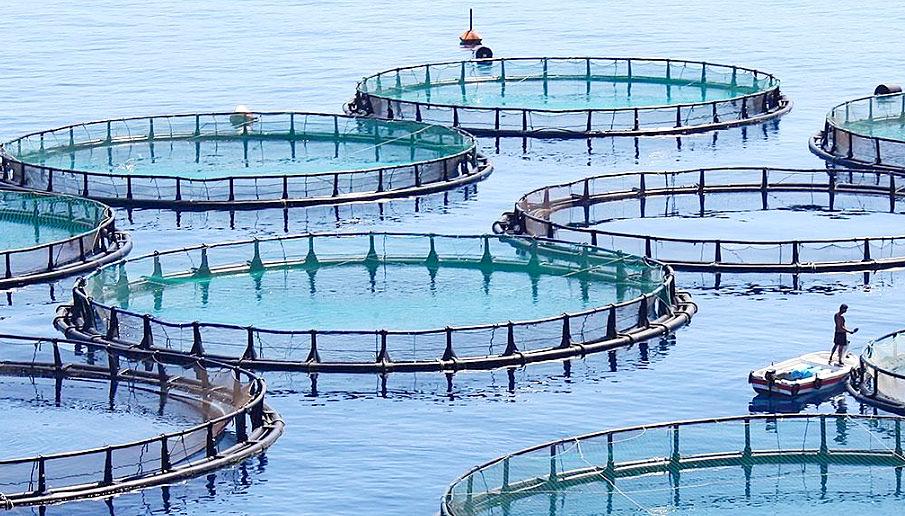
Redefining Africa’s Blue Future through Policy Innovation -
FISH-FRIENDLY REPORT BY THE MALABO MONTPELLIER PANEL
BY WANGARI KAMAU
What will it take to ensure Africa’s fish don’t vanish before their true worth is fully realised? Can the continent turn the tide before its aquatic lifeline slips away? And what happens if it doesn’t?
As cities swell, populations boom, and the hunger for affordable, sustainable protein intensifies, Africa’s aquatic resources are under unprecedented pressure. Fish provides nearly 18% of the region’s animal protein and supports over 12 million livelihoods directly, and countless more through jobs in processing, transport, and commerce. Yet this lifeline is fraying. Overfishing, shrinking habitats, climate shocks, and scattered policy responses threaten to drain Africa’s waters of both fish and opportunity. Can fragmented efforts be stitched into a strategy that sustains both ecosystems and economies?
In response, the Malabo Montpellier Panel, a group of top African and global experts, has sounded the alarm through its latest report, dubbed FISH-FRIENDLY. Its message is bold and urgent: reform governance, invest in resilient infrastructure, unlock innovation, and harmonise trade.
POLICY AT THE HEART OF CHANGE
One of the core messages of the FISH-FRIENDLY report is that good policy is the foundation of sustainable growth. Where strong, inclusive, and forward-thinking policies are implemented, results are already showing. Ghana, for example, has taken bold steps to tackle illegal, unreported, and unregulated (IUU) fishing, a persistent issue that threatens fish stocks. The country’s Fisheries Act of 2002 laid the groundwork for community-based fisheries management, empowering local fishers to take part in resource governance. This legal framework, supported by the establishment of Fisheries Enforcement Units and collaboration with international bodies, has helped curb IUU fishing and restore marine health in certain coastal zones.
In Malawi, the report indicates that the government has adopted a strategy to promote aquaculture through publicprivate partnerships. By integrating small-scale farmers into value chains and encouraging investment in hatcheries, feed production, and extension services, Malawi has built a
more robust and inclusive aquaculture sector. The country’s Aquaculture Development Strategy and Action Plan has been praised for its clarity and coherence, providing a replicable model for others in the region.
Nigeria has also made strides, particularly in domesticating fish feed production and expanding aquaculture zones. Through its Agricultural Promotion Policy, the government supports increased local production of inputs, such as soybeans and maize, thereby reducing dependence on imported feed ingredients. Meanwhile, Senegal has prioritised the development of inland fisheries and fish processing infrastructure, with a focus on improving the cold chain to reduce post-harvest losses and improve market access. These country-level successes illustrate what’s possible when policy is shaped by data, guided by clear goals, and implemented with commitment.
However, the report is quick to caution that designing good policies is only half the equation. Without proper implementation, robust monitoring, and sustained political will, even the best-drafted legislation risks becoming just ink on paper. That’s why FISH-FRIENDLY places a strong emphasis on building the institutional capacity to enforce regulations, manage fisheries co-operatively, and adapt policies to changing environmental and economic realities. It advocates for investments in governance systems, from improving data collection to training frontline fisheries officers and engaging community stakeholders in decision-making.
AQUACULTURE: AFRICA’S UNTAPPED POTENTIAL
While Africa’s capture fisheries are approaching their biological limits, strained by overfishing, habitat degradation, and climate stress, its aquaculture sector remains a largely untapped engine for growth. Despite possessing vast freshwater resources, extensive coastlines, and favourable climatic conditions, the continent contributes just 2.7% to global aquaculture output. This disparity is a signal of immense untapped potential.
The FISH-FRIENDLY report underscores that aquaculture could become Africa’s fastest-growing source of animal protein if strategic investments are made. The key lies in building a supportive ecosystem, one that includes reliable infrastructure, functional hatcheries, quality feed production facilities, disease management systems, and skilled labour. Yet, these building blocks are still underdeveloped in much of the region.
Access to finance emerges as one of the most persistent barriers to growth, as many smallholder fish farmers operate informally and lack the collateral or credit history to secure loans. Even when financing exists, interest rates are often prohibitively high. The report calls for a new generation of financial instruments, blended financing models that combine public funding with private investment, microloans tailored for aquaculture ventures, and insurance products to mitigate risk in the face of disease outbreaks or climate shocks.
Stronger linkages between financial institutions and fisheries departments are also essential. These partnerships
WITHOUT KNOWLEDGEABLE FISHERS, TRAINED FARMERS, INNOVATIVE ENTREPRENEURS, AND CAPABLE REGULATORS, EVEN THE BEST INFRASTRUCTURE AND POLICIES RISK FALLING FLAT.
can help de-risk aquaculture investments through policy guarantees, loan guarantees, or matching grant schemes that lower the barrier for entry and expansion. Public-private partnerships can further catalyse investment in large-scale hatchery development, processing facilities, and cold chain logistics, all of which are critical to boosting productivity and improving the competitiveness of African aquaculture.
But growth must be tempered by responsibility. The report cautions against repeating the environmental mistakes observed in other parts of the world, where aquaculture has sometimes led to water pollution, habitat destruction, and the proliferation of invasive species. Instead, Africa has an opportunity to define a new aquaculture paradigm rooted in sustainability. This means enforcing regulations on water use to avoid depleting shared resources, setting science-based stocking densities to prevent overcrowding, and mandating responsible feed practices that minimise the use of wild fish in aquafeed formulations. Moreover, environmental impact assessments and community consultations must become standard in the approval of aquaculture sites. Sustainable aquaculture should enhance ecosystems, not strain them.
TRAINING, TECHNOLOGY, AND TRADE: THE THREE TS SUPPORTING A BLUE FUTURE
Now, at the heart of any thriving fishery or aquaculture system are people. The FISH-FRIENDLY report makes it clear that sustainable growth hinges on building human capital. Without knowledgeable fishers, trained farmers, innovative entrepreneurs, and capable regulators, even the best infrastructure and policies risk falling flat. Pond management, selective breeding, water quality monitoring, and disease control are all essential for modern aquaculture, but many smallholders lack access to the necessary training. Extension services, often underfunded or absent in rural areas, need urgent revitalisation to deliver timely, hands-on support where it matters most.
Technology is also transforming how fisheries are managed and markets accessed, when it’s available and appropriate. Mobile apps are linking fishers directly to buyers, cutting out middlemen and increasing earnings. Drones and satellite tools are helping track illegal fishing, while digital platforms provide real-time updates on weather, water quality, and disease
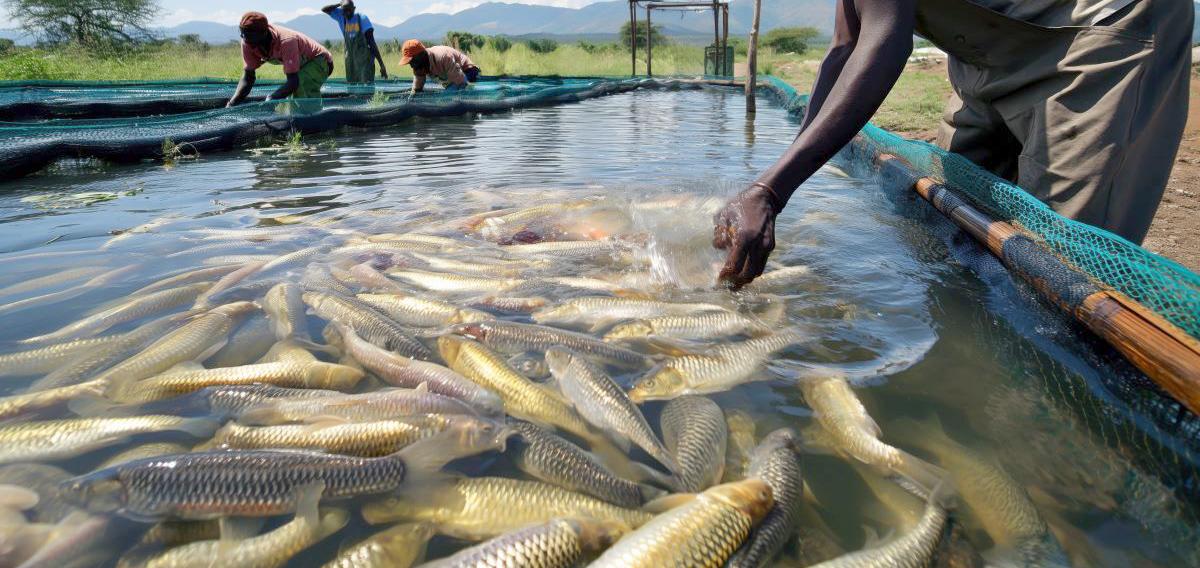
outbreaks. With these innovations, even small-scale producers can boost productivity and reduce losses.
Yet, the promise of technology is only realised when it’s designed with users in mind. A mobile app that works well in a large-scale commercial tilapia farm may be of little use to a woman drying fish along a remote lakeshore. The report stresses the importance of co-developing tools that are affordable, user-friendly, and locally relevant. Additionally, this people-first approach must be inclusive. Across Africa, women are the backbone of the fish processing and marketing industry, yet they remain underrepresented in training programs and leadership roles. Youth, too, often overlook aquaculture as a viable career.
But people and progress don’t stop at national borders, do they? As African countries look to grow their aquatic sectors, regional trade is emerging as a powerful tool. With the African Continental Free Trade Area (AfCFTA) now a budding reality, the potential to build integrated, cross-border fish value chains has never been greater. Trade can reduce post-harvest losses by linking surplus-producing areas to regions that need them.
The FISH-FRIENDLY report urges governments to treat fish as a strategic commodity. Harmonising standards for food safety and quality, improving transport infrastructure, and investing in cold chains and processing hubs are all part of the puzzle. Tariffs and regulatory barriers, such as import duties on feed, broodstock, and equipment, continue to hinder the competitiveness of African fish products globally. Regional integration, when coupled with smart investments and strong governance, can elevate Africa’s aquatic sector into a dynamic and competitive force on the global stage.
SUSTAINABILITY AND THE BLUE ECONOMY VISION
One of the most visionary aspects of the FISH-FRIENDLY report is its alignment with the Africa Blue Economy Strategy,
a continental framework that reimagines Africa’s aquatic resources as engines for inclusive growth, environmental stewardship, and economic transformation. Launched during the 33rd African Union Summit in Addis Ababa in February 2020, the Africa Blue Economy Strategy champions a vision for a sustainable and inclusive blue economy that significantly contributes to Africa’s transformation. Under the theme “Developing a sustainable blue economy; increasing momentum for Africa’s Blue Growth”, the strategy seeks to unlock the full potential of the continent’s aquatic resources.
Its objectives include promoting marine and aquatic biotechnology, developing inland and marine transport networks, managing fisheries sustainably, and exploring offshore resources in a way that benefits communities without degrading ecosystems. The strategy emphasises the economic benefits of the blue economy and its role in achieving climate resilience, biodiversity conservation, and food security. The FISH-FRIENDLY report places fisheries and aquaculture at the centre of this transformation, calling for a fundamental shift from extractive, short-term practices to regenerative systems that protect aquatic ecosystems.
As Ousmane Badiane and Joachim von Braun, co-chairs of the Malabo Montpellier Panel, assert, coordinated action informed by data, driven by innovation, and anchored in collaboration is essential to secure the future of Africa’s fisheries and aquaculture. With a wealth of aquatic resources, a rising demand for nutritious food, and a bold vision already outlined, Africa has everything it needs to lead a blue revolution.
However, success will require transitioning from fragmented efforts to a shared mission that unites governments, entrepreneurs, researchers, and communities.
The FISH-FRIENDLY shows what’s possible when ambition meets action. This is about reimagining food systems that feed the continent without depleting its natural wealth. FBMEA
Cargill exits Vietnam’s aquafeed market amid global restructuring
VIETNAM - Cargill has shut down its aquafeed operations in Vietnam, closing two production facilities in Đồng Tháp and Long An provinces, along with an aquaculture technology centre in Tiền Giang.
The move marks a significant shift for the agribusiness giant, which has operated in Vietnam for three decades and invested US$160 million in 12 feed mills with a combined annual capacity of 1.6 million metric tons.
The closure is part of a broader restructuring effort announced in December 2024, which includes a 5% global workforce reduction.
“This move reflects the company’s focus on long-term priorities in selected markets and livestock segments,” said Maxime Hilbert, acting managing director of Cargill’s Aquaculture Nutrition Division in Thailand and Vietnam.
Despite a 7.8% increase in Vietnam’s aquafeed output in early 2025, reaching
3.64 million metric tons, Cargill’s aquafeed performance has lagged, prompting its exit. S&P Global noted the company is supporting employees through the transition.
Vietnam’s aquafeed sector remains competitive, with key players like C.P., Grobest, BioMar, CJ, Sunjin, and Japfa expanding.
For example, in 2024, Thăng Long Group added a new 700,000-metricton facility in Hải Dương, while YueHai began building a 200,000-metric-ton plant in Vĩnh Long.
Nevertheless, Cargill’s departure echoes similar moves, such as Tong Wei’s 2015 capacity reduction and IFB Agro’s 2024 acquisition of Cargill’s aquafeed business in India.
Although exiting aquafeed, Cargill remains active in Vietnam’s agribusiness sector, employing over 1,500 people in animal nutrition, food ingredients, and agricultural supply chains since entering the market in 1995.
Elsewhere, Cargill offers distinctive, proven products and services designed to promote productivity, manage risks and support your brand.
The multinational focuses on three core species in 12 leading markets: salmon in Norway, Chile, Scotland, and North America; tilapia in China, Indonesia, Thailand, and Vietnam; and shrimp in China, Thailand, Vietnam, Ecuador, India, and Mexico.
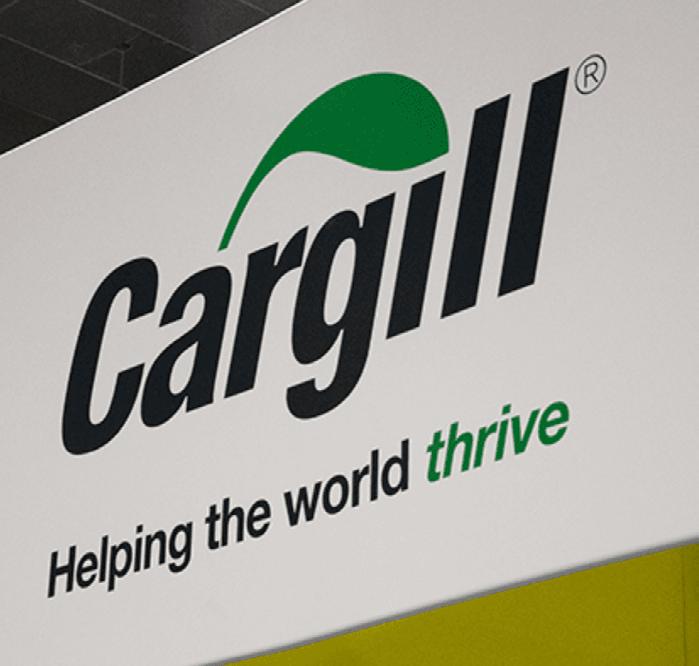
Zimbabwe introduces landmark fisheries and aquaculture bill
ZIMBABWE - Zimbabwe is set to overhaul its fisheries and aquaculture sector with the introduction of its firstever Fisheries and Aquaculture Bill. Spearheaded by the global FISH4ACP initiative and developed with support from the FAO, the bill aims to create a robust legal framework that promotes sustainability, investment, and inclusive growth.
The legislation follows a 2022 aquaculture value chain analysis that revealed significant regulatory gaps hindering sector growth. “The bill provides a comprehensive and cohesive legislative framework which represents a critical turning point,” said Patrice Talla, FAO Subregional Coordinator for Southern Africa.
The bill is part of Zimbabwe’s
broader ambition to build a US$1 billion fish economy by 2032, targeting 14,000 tonnes of farmed tilapia and US$22 million in added value annually. It aims to streamline regulations, enhance supply chain integrity, and attract investment while fostering job creation and food security.
Women and youth were actively involved in the drafting process, contributing to a framework that promotes equitable participation and engagement. “This bill can safeguard the future of Zimbabwe’s fish farmers,” said farmer Loraine Motsi. “It enables farmers to produce high-quality fish and build a thriving industry.”
The EU and the German government are backing the initiative through FISH4ACP, a programme of the Organisation of African, Caribbean and
Pacific States (OACPS) aimed at making fisheries and aquaculture value chains more productive and sustainable.
Technical support has also helped establish three breeding centres and two fingerling hubs to boost fish seed supply.
Zimbabwe’s Nile tilapia value chain is one of 12 selected globally for focused development under the FISH4ACP initiative.
This development is significant as Zimbabwe’s once-thriving fishing industry reported an underproduction rate of over 75% in 2024
Obert Jiri, Secretary for the Ministry of Lands, Agriculture, Fisheries, Water, and Rural Development, highlighted this struggle at Harare’s Fisheries and Aquaculture Value Chain Indaba.
WorldFish launches US$10M genetically improved tilapia project in Kenya
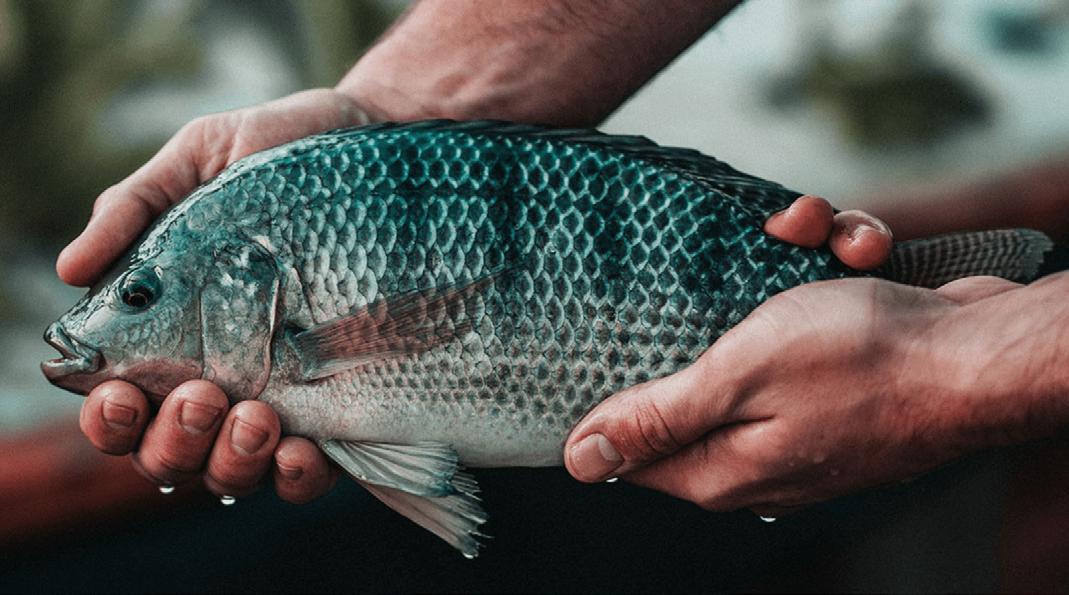
KENYA - A US$10 million (KES 1.3 billion) aquaculture initiative has been launched in Kenya to boost smallholder fish farming with genetically improved tilapia strains.
Led by WorldFish and co-funded by the Bill & Melinda Gates Foundation and the Qatar Fund for Development, the five-year Climate-Resilient Aquaculture (CASA) project aims to support the country’s goal of tripling fish production from 147,000 to 450,000 metric tons by 2030.
CASA will focus on five counties: Homa Bay, Busia, Kakamega, Migori, and Kisii, empowering thousands of smallscale farmers to adopt high-performing tilapia breeds.. The targeted counties were selected for their proximity to Lake Victoria, where demand for fish outpaces supply and most production is consumed locally.
“CASA will reach 4,000 farmers with over 150 million improved tilapia seed and build long-term infrastructure to supply more than 100 million improved seed annually,” said CASA Project Lead Josephat Nyongesa.
The project will be delivered through public-private partnerships, providing training, capacity-building, and linkages to financial institutions.
Genetically improved tilapia are better suited for local conditions, exhibiting up to 200% higher productivity, 30% faster growth, improved feed efficiency, higher survival rates, and increased profitability.
According to Nyongesa, the improved tilapia strains are ideal for these regions as they “are very resilient and more climatefriendly, resulting in their widespread use in successful smalland medium-scale farming systems.”
Beyond Kenya, WorldFish is also advancing a regional tilapia breeding initiative across seven Southern African countries: Zambia, Malawi, Mozambique, Tanzania, Zimbabwe, Madagascar, and the Comoros, with a focus on the selective breeding of native species.
“Enhancing indigenous species is essential for sustainable development and biodiversity conservation,” said David Wardell, Strategic Communications Specialist at WorldFish.
Feed One to build US$91M aquafeed plant in Toyokawa, Japan
JAPAN - Feed One Co., a leading Japanese feed producer, has announced a ¥13 billion (US$91 million) investment to build a modern aquafeed facility in Toyokawa, Japan, doubling its current production capacity to 40,000 tonnes annually.
Scheduled for completion in April 2028, the new plant will replace the ageing Chita facility and support Japan’s evolving aquaculture industry.
The company has secured a 27,195-square-meter site in Aichi Prefecture, with construction set to begin in the second half of fiscal 2025. Additional land has been acquired to accommodate future expansion.
“Our goal is to support the future of aquaculture in Japan with next-generation technologies,” Feed One stated. The facility will produce innovative feeds, including fishmeal-free diets, insect-based formulas, elastic and micro pellets, and specialised diets for emerging farmed species.
It will also serve as a research and development hub alongside the Kitakyushu plant, which is expected to launch in 2027.
The Toyokawa location was chosen to support the growing number of land-based aquaculture projects in central Japan and to respond to the climate-driven northward shift in fish farming. It is a particularly timely development as Japan ranks as the world's 12th largest producer of farmed fish, according to data from the Fisheries Agency of Japan.
Feed One expects the new plant to reduce fuel use by 15% and labour costs by 50% compared to the Chita facility.
Financially, Feed One posted a record net profit of ¥5.387 billion (US$37.7 million) in FY2024, despite a 5.7% dip in net sales.
The aquatic feed segment earned ¥1.164 billion (US$8.1 million), boosted by strong sales of the company’s fishmealfree feed, Sustaina ZERO, and cost savings on imported fishmeal. Aquafeed sales volume is forecast to rise 13.1% in FY2025 amid growing demand and climate recovery.
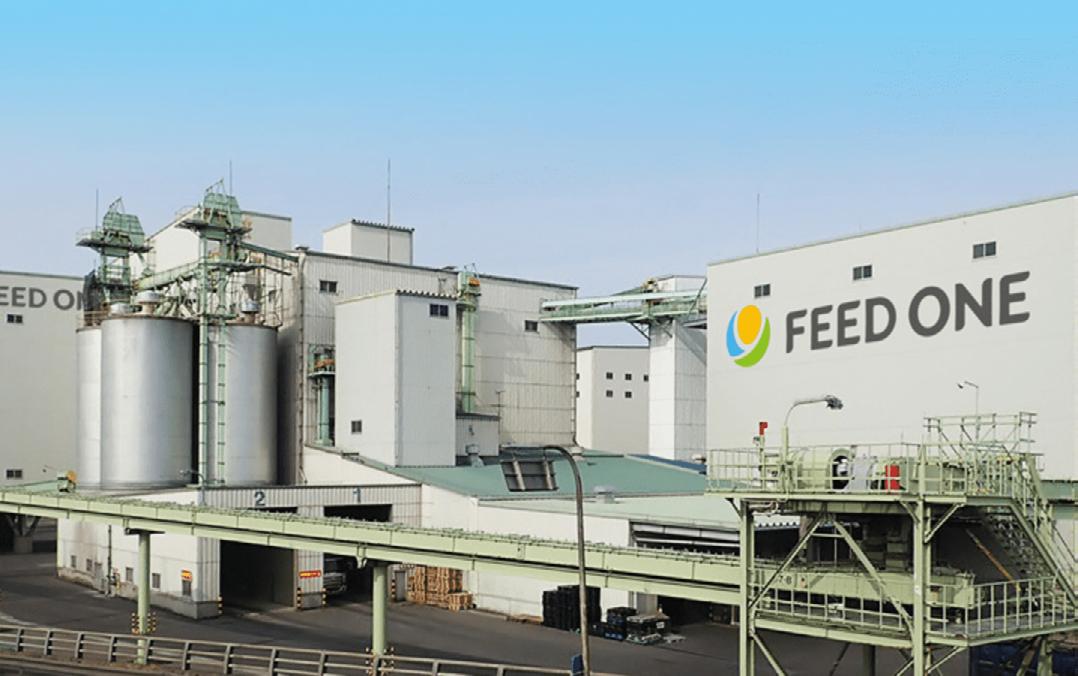
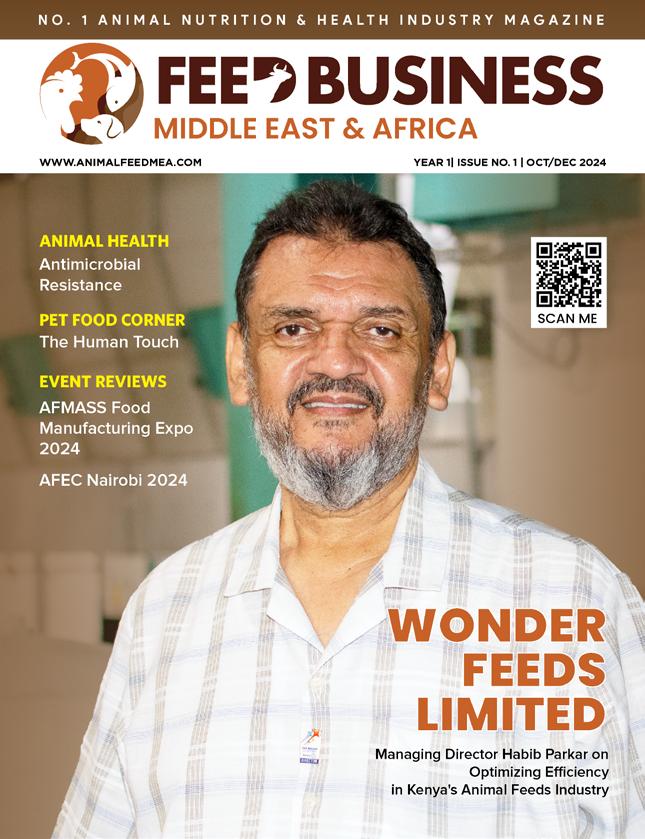

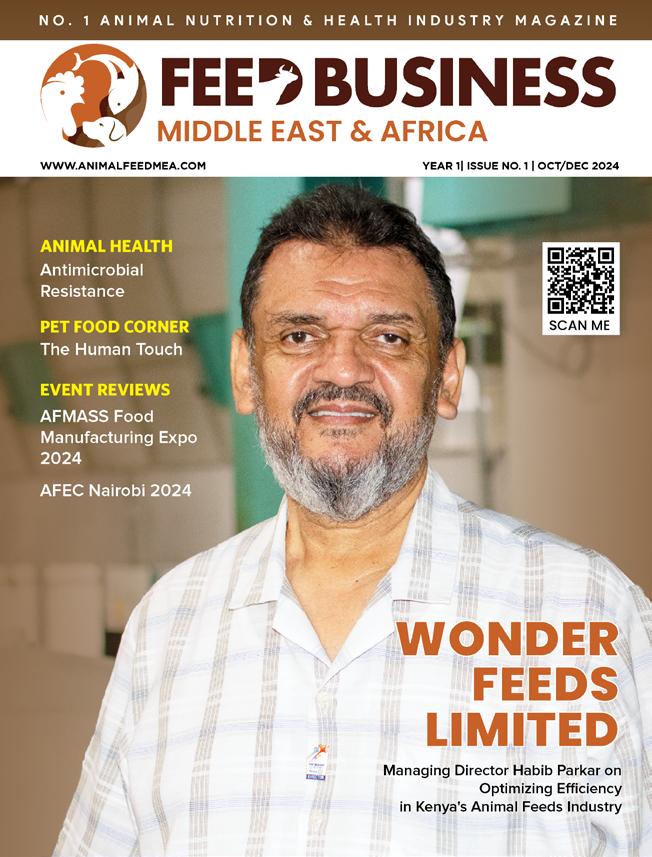
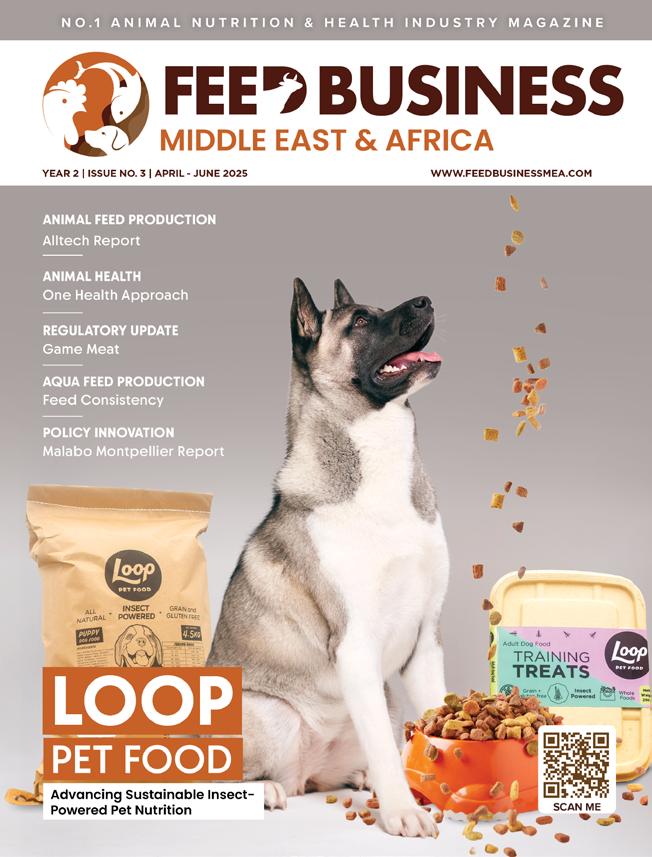
Others
